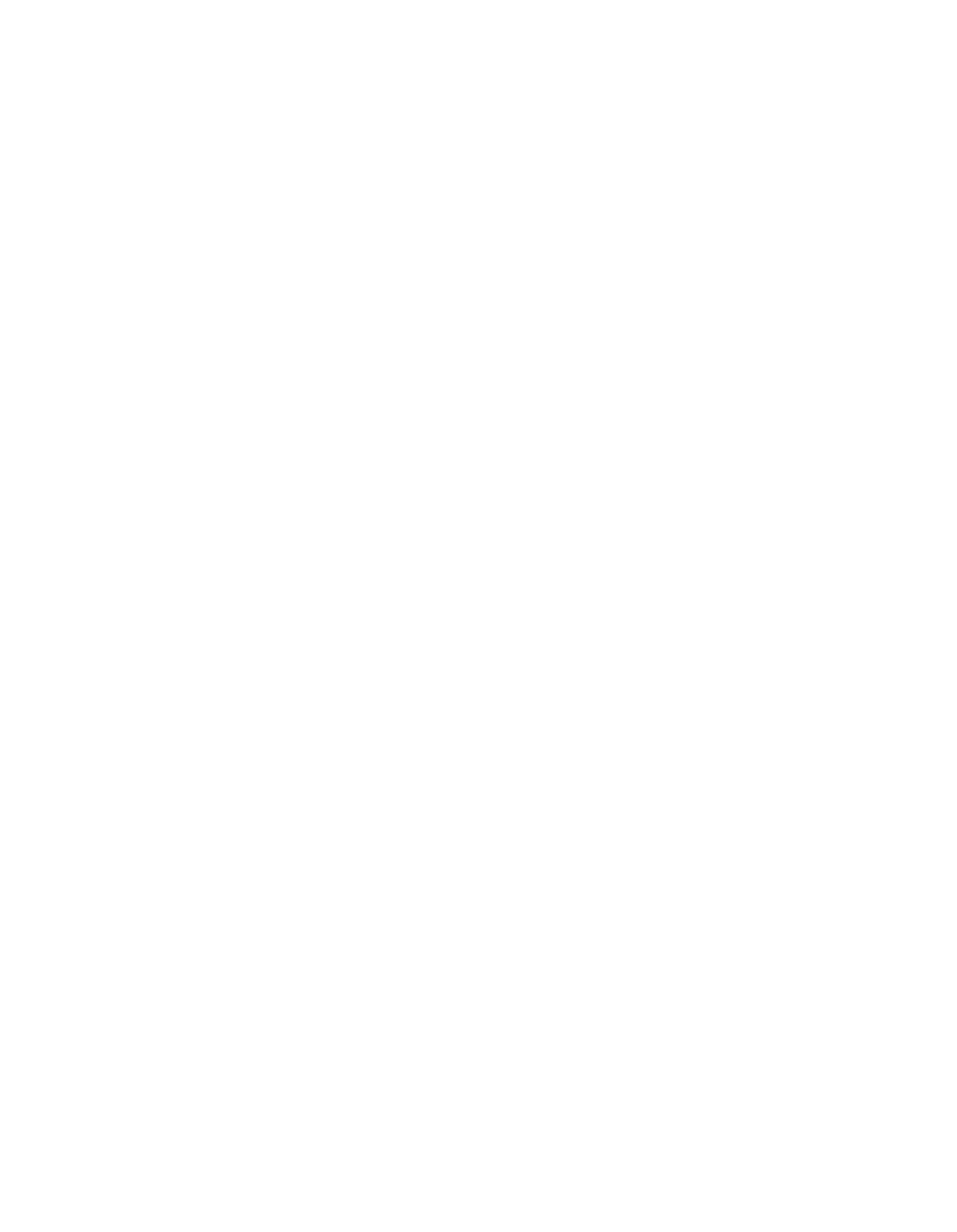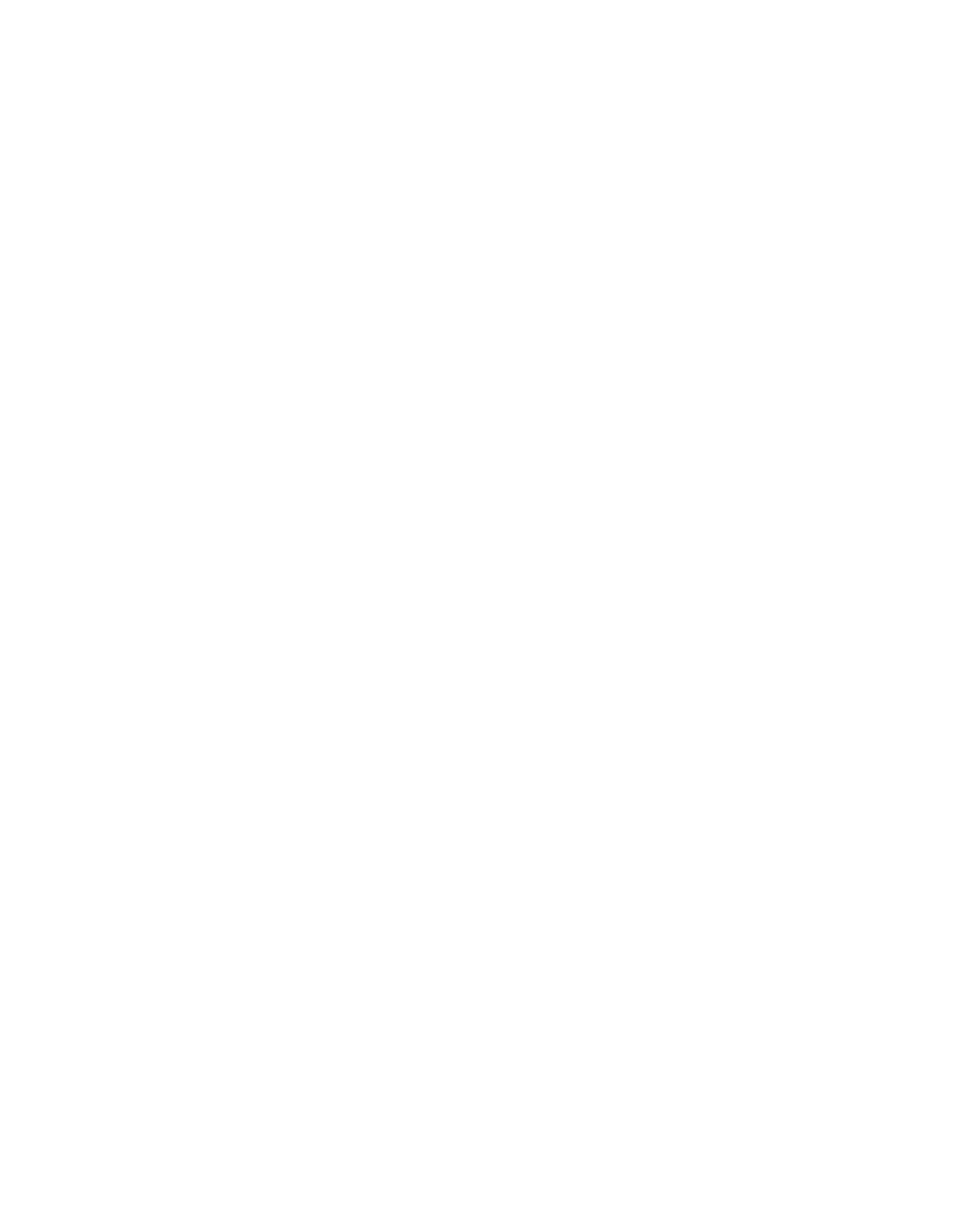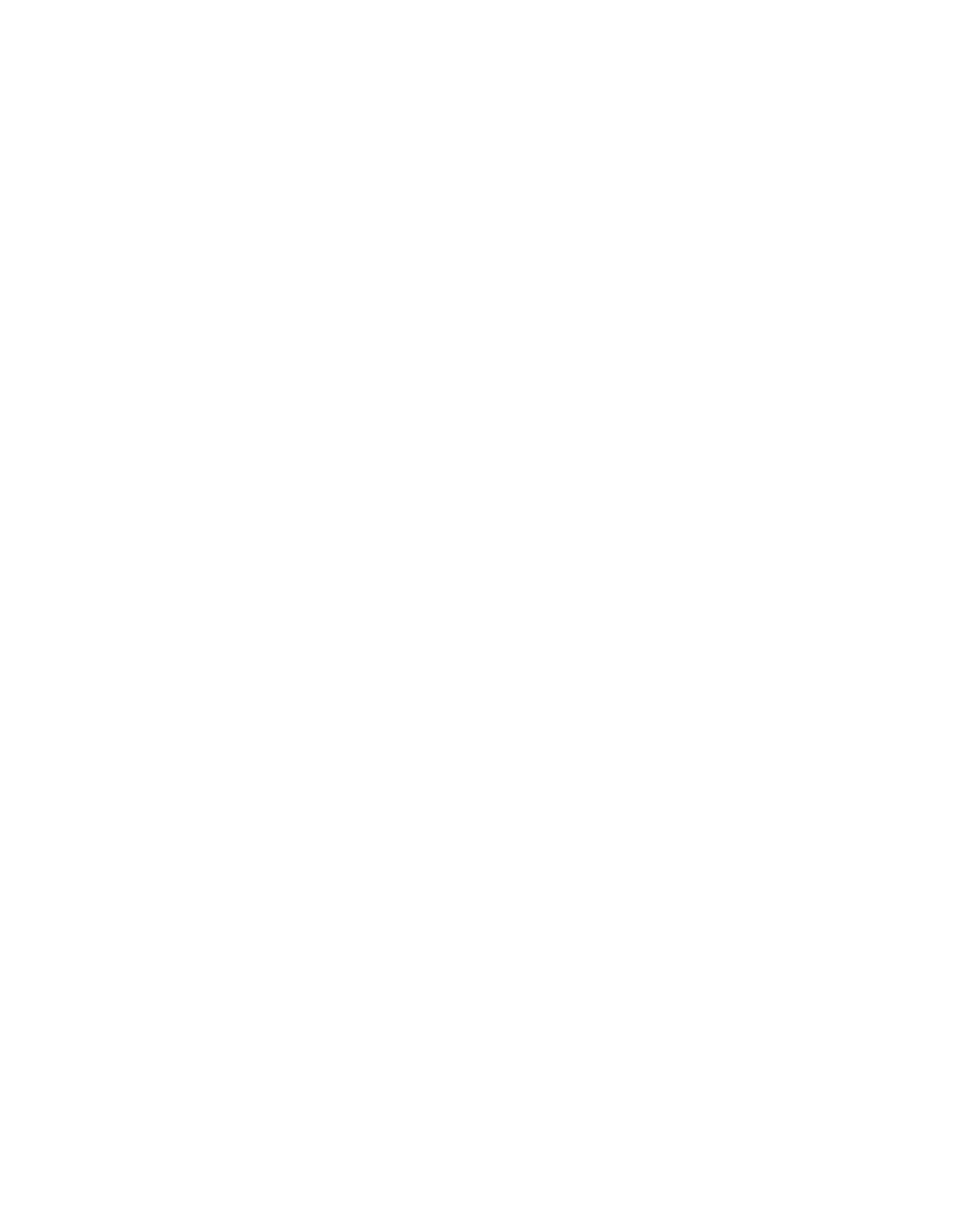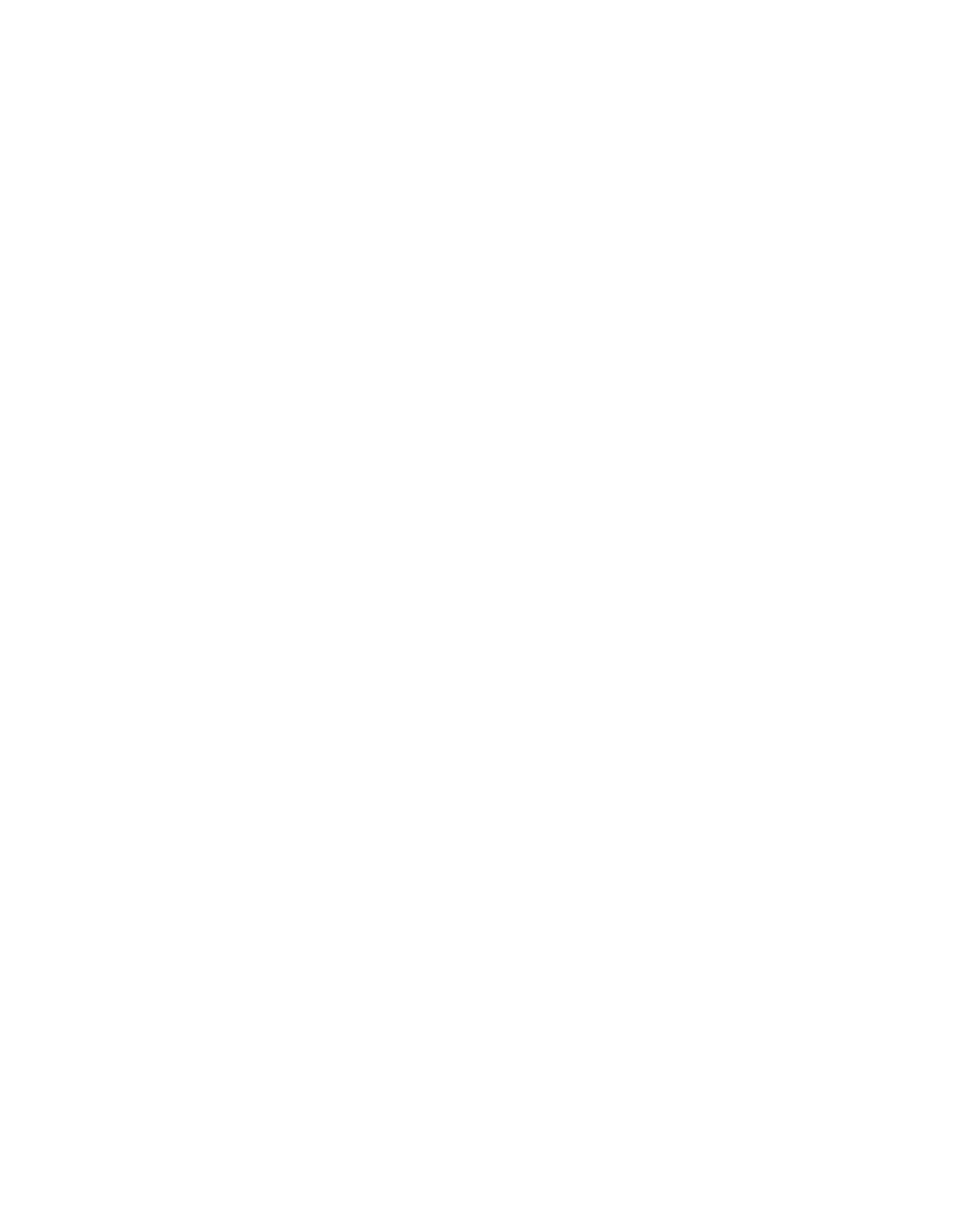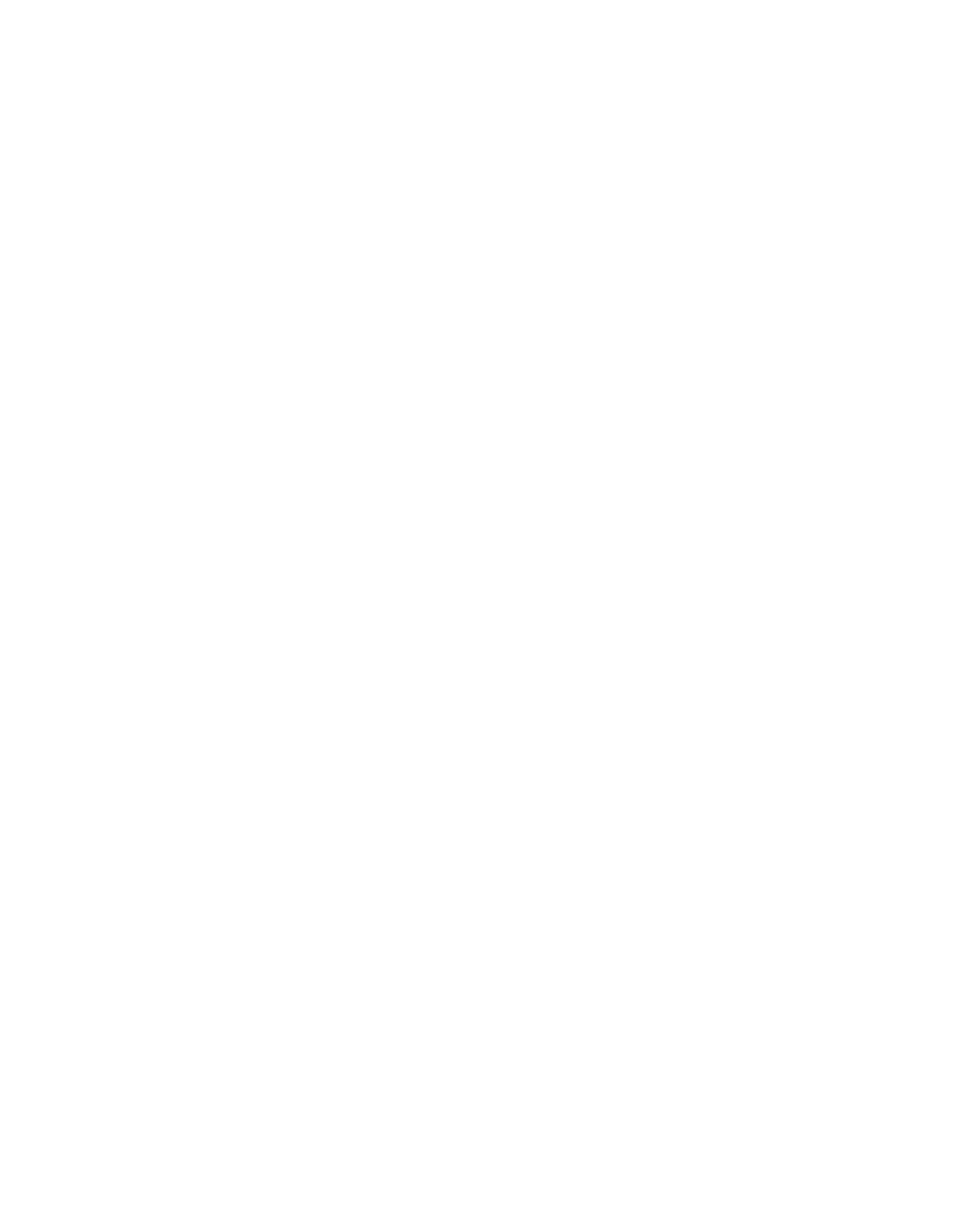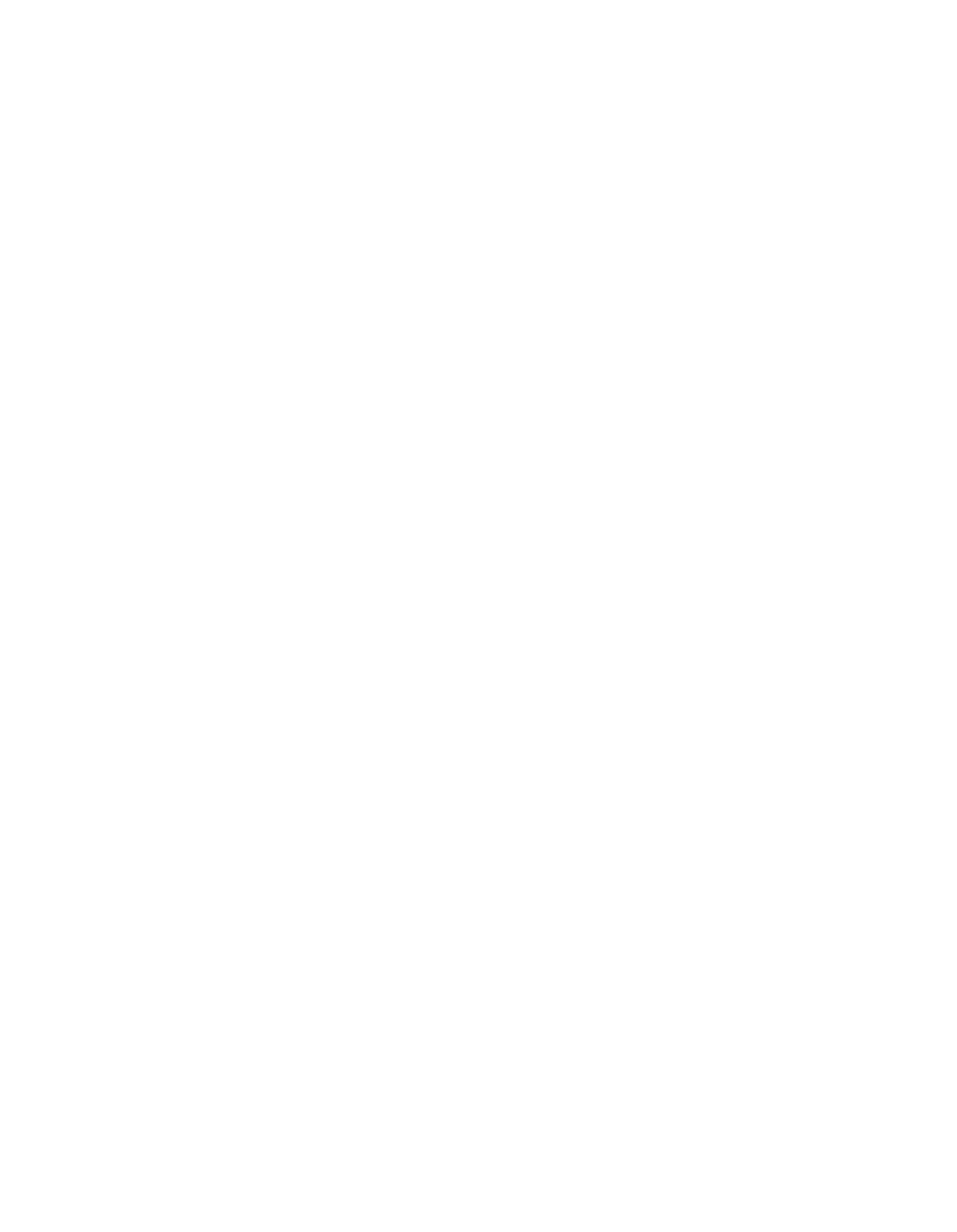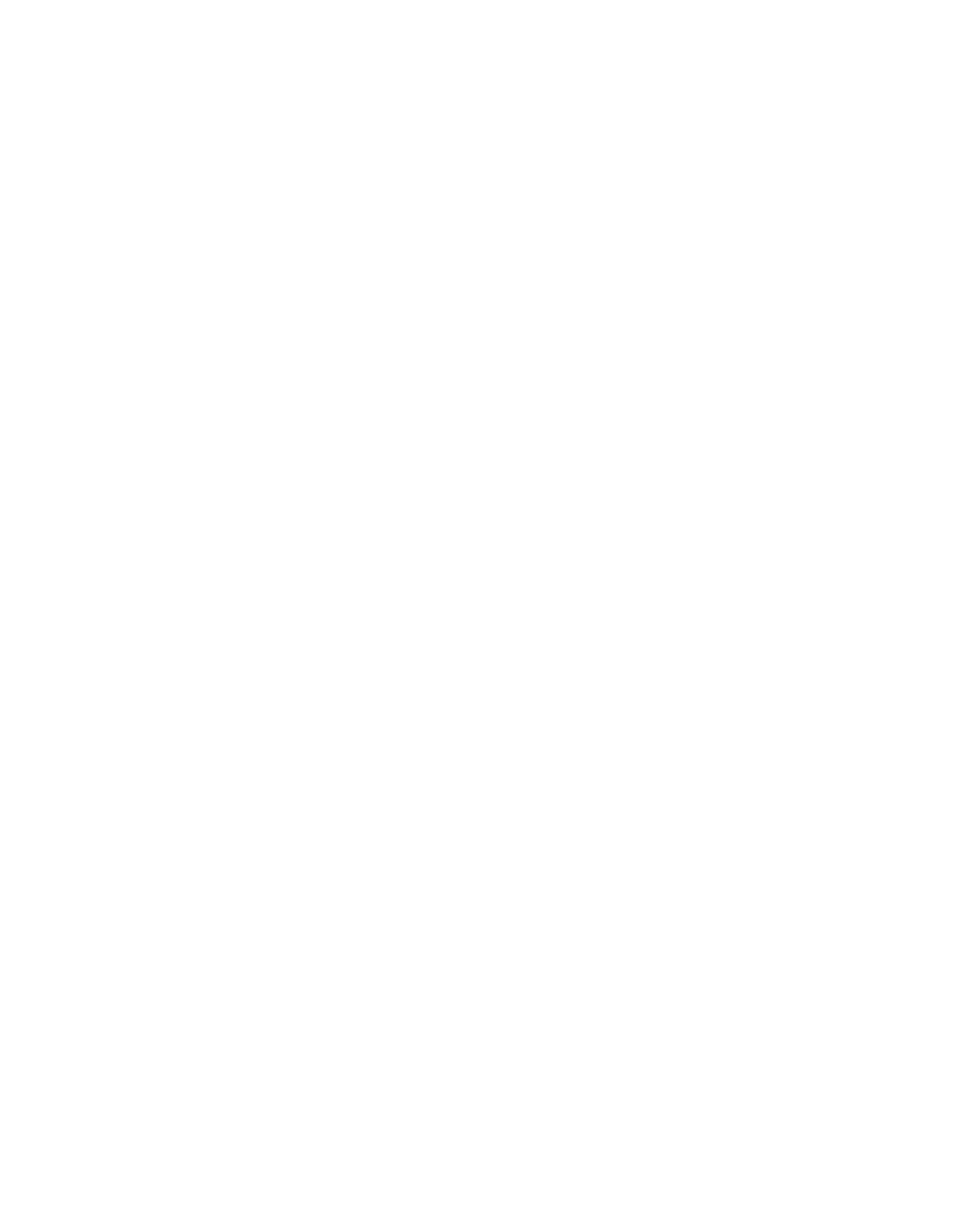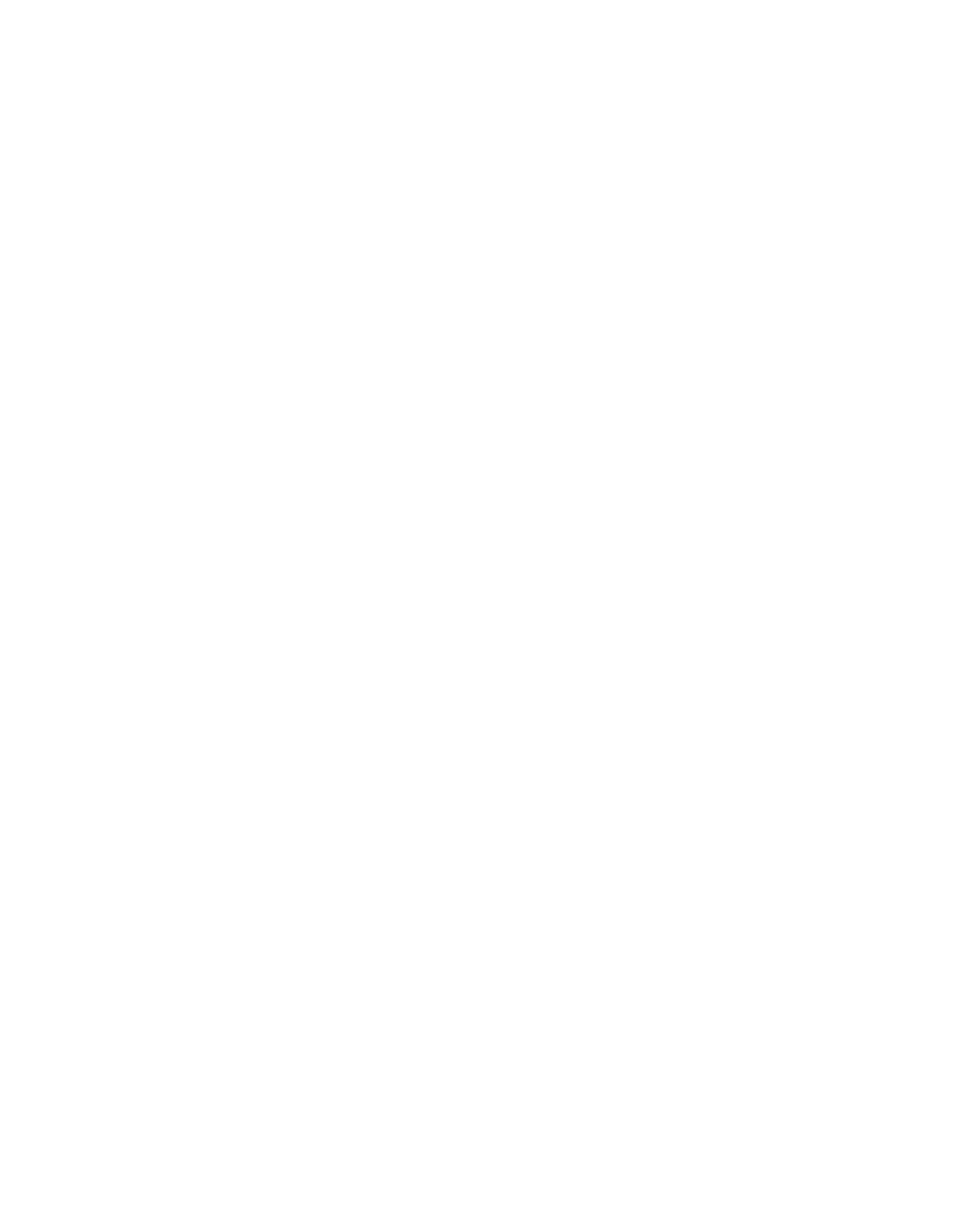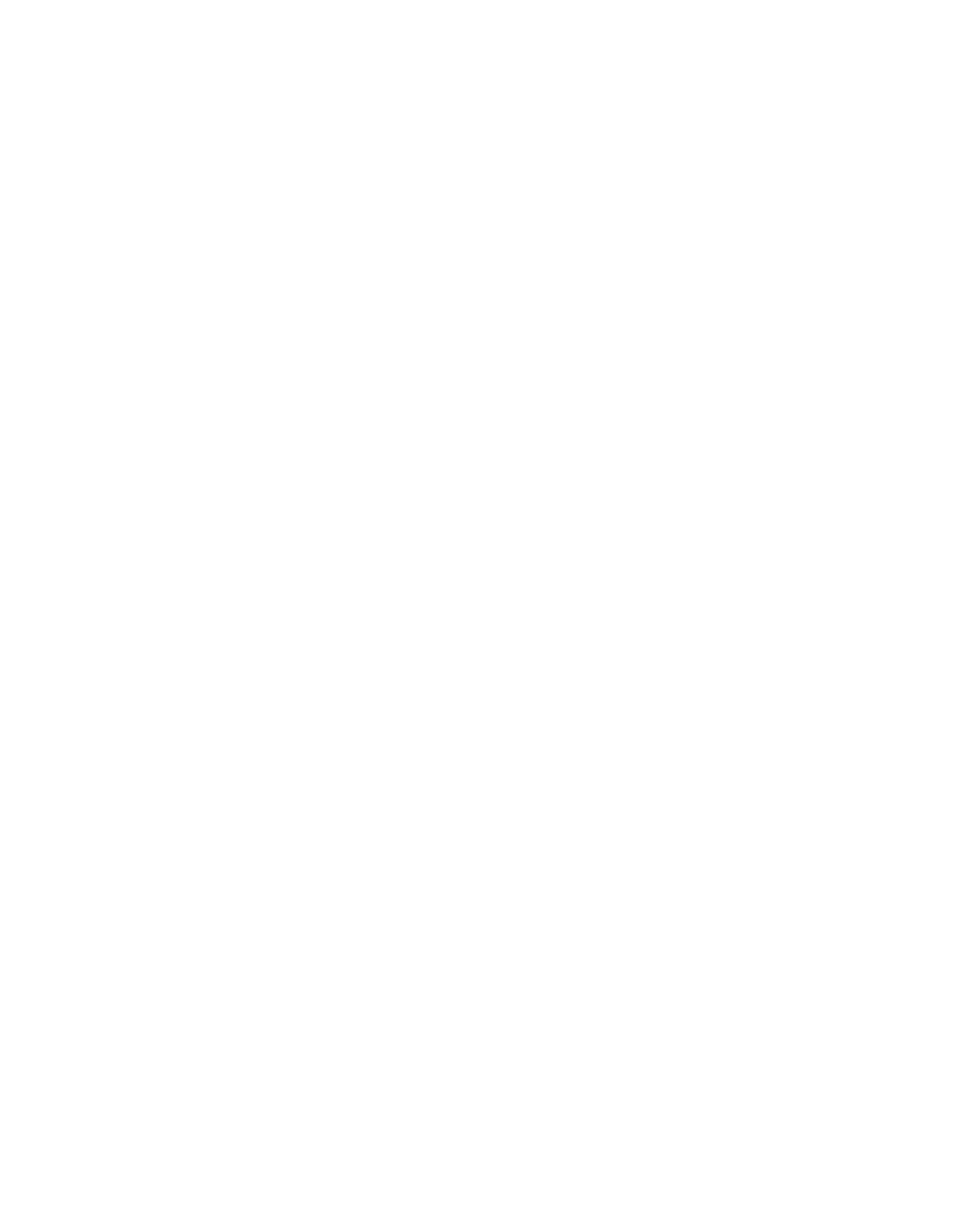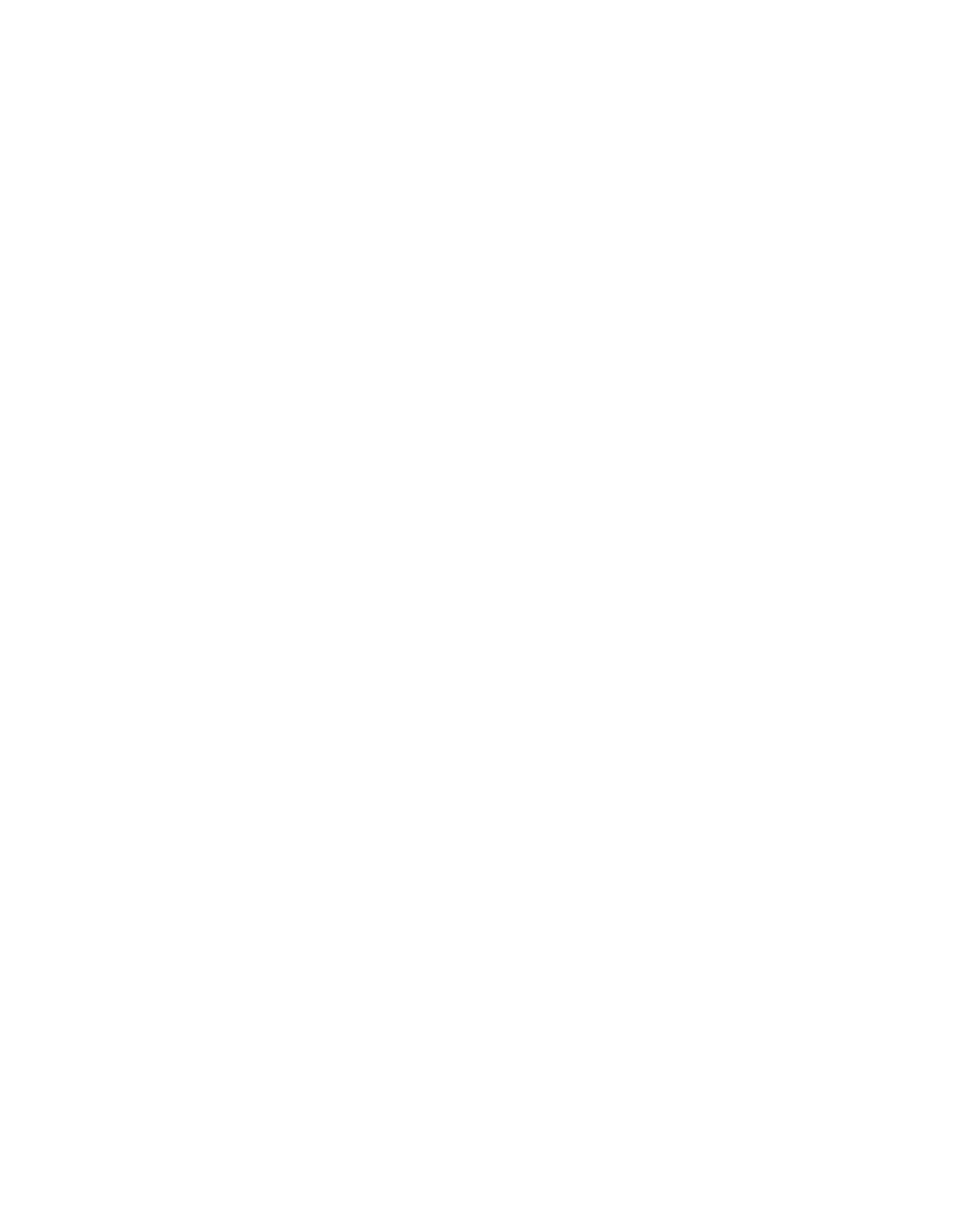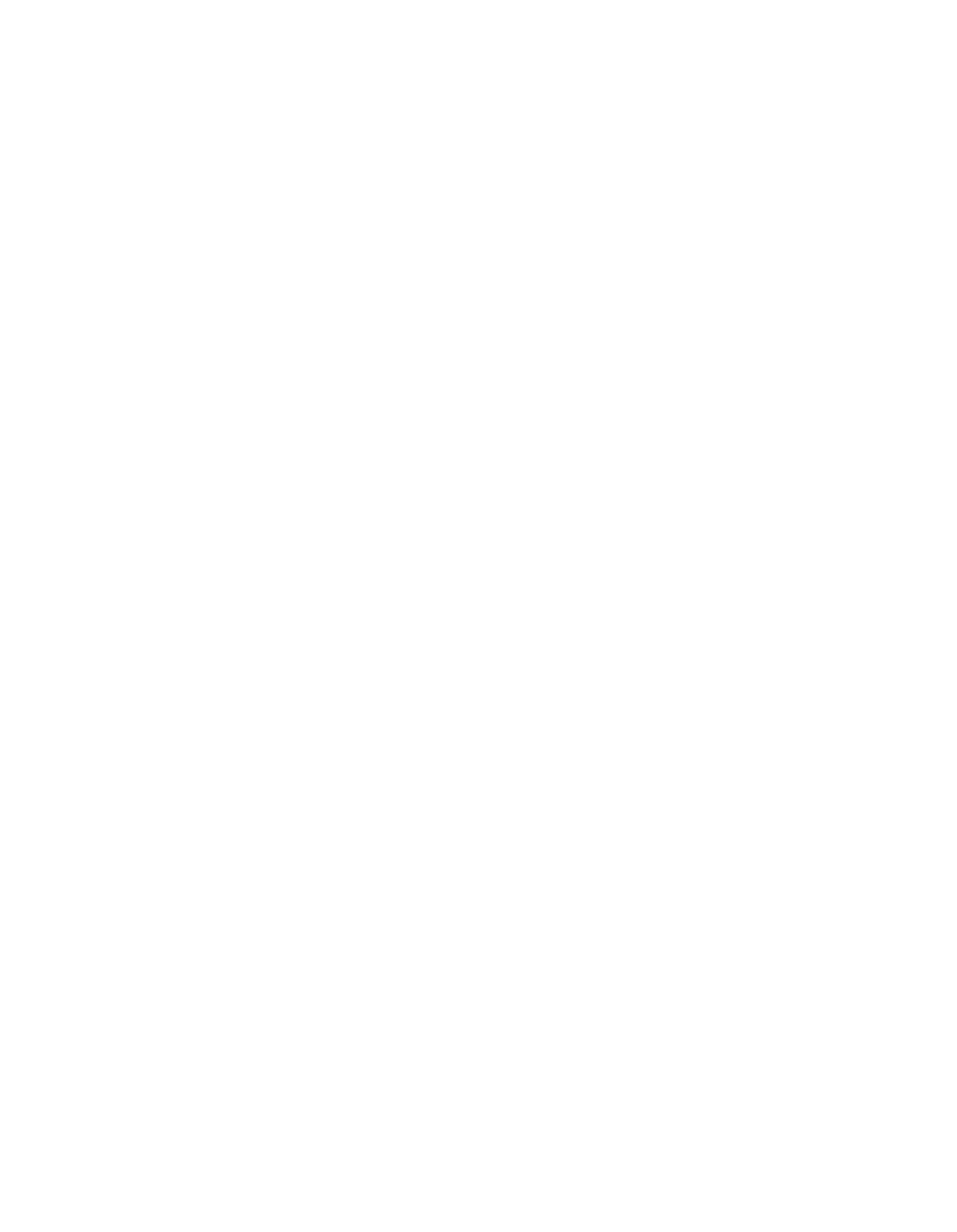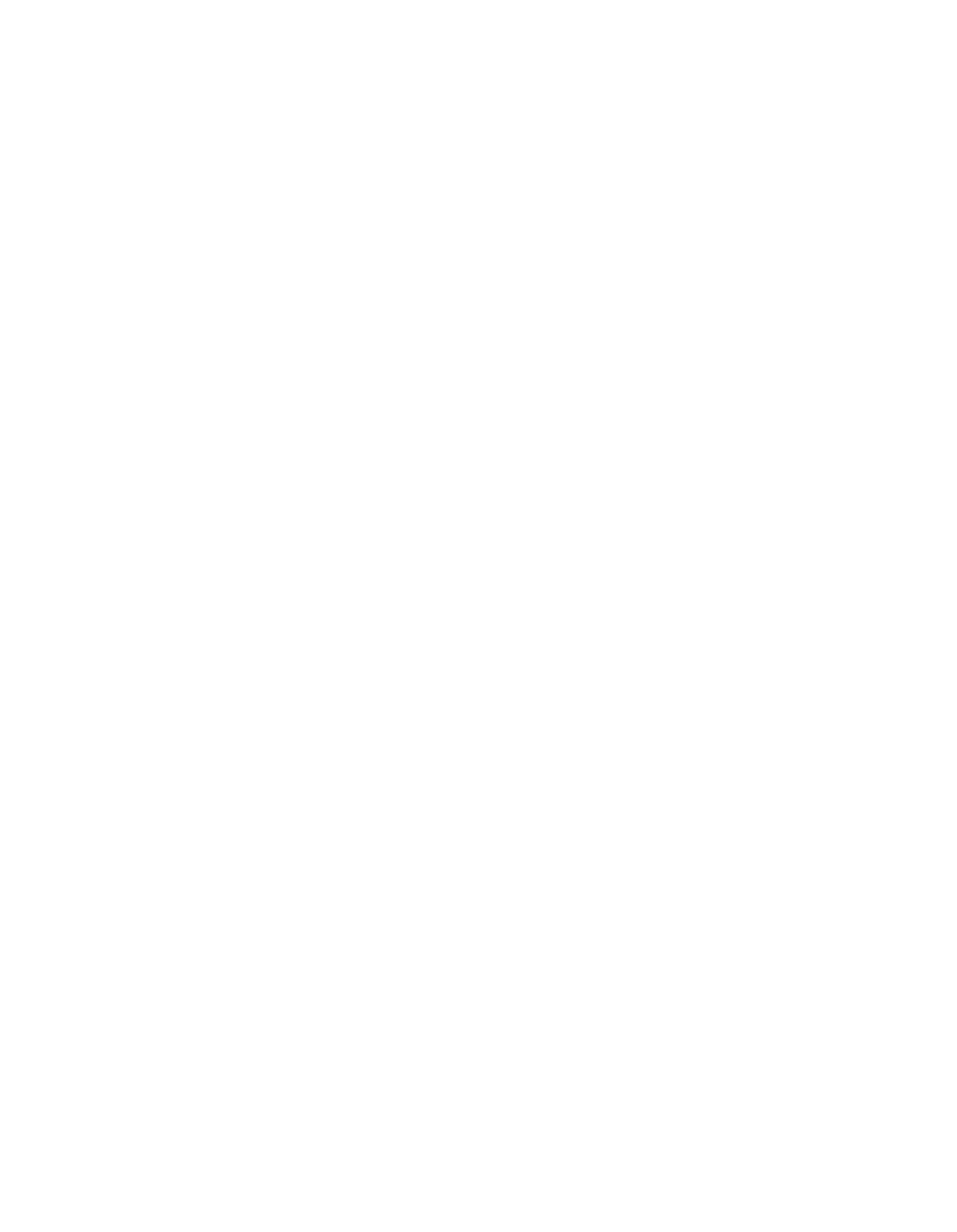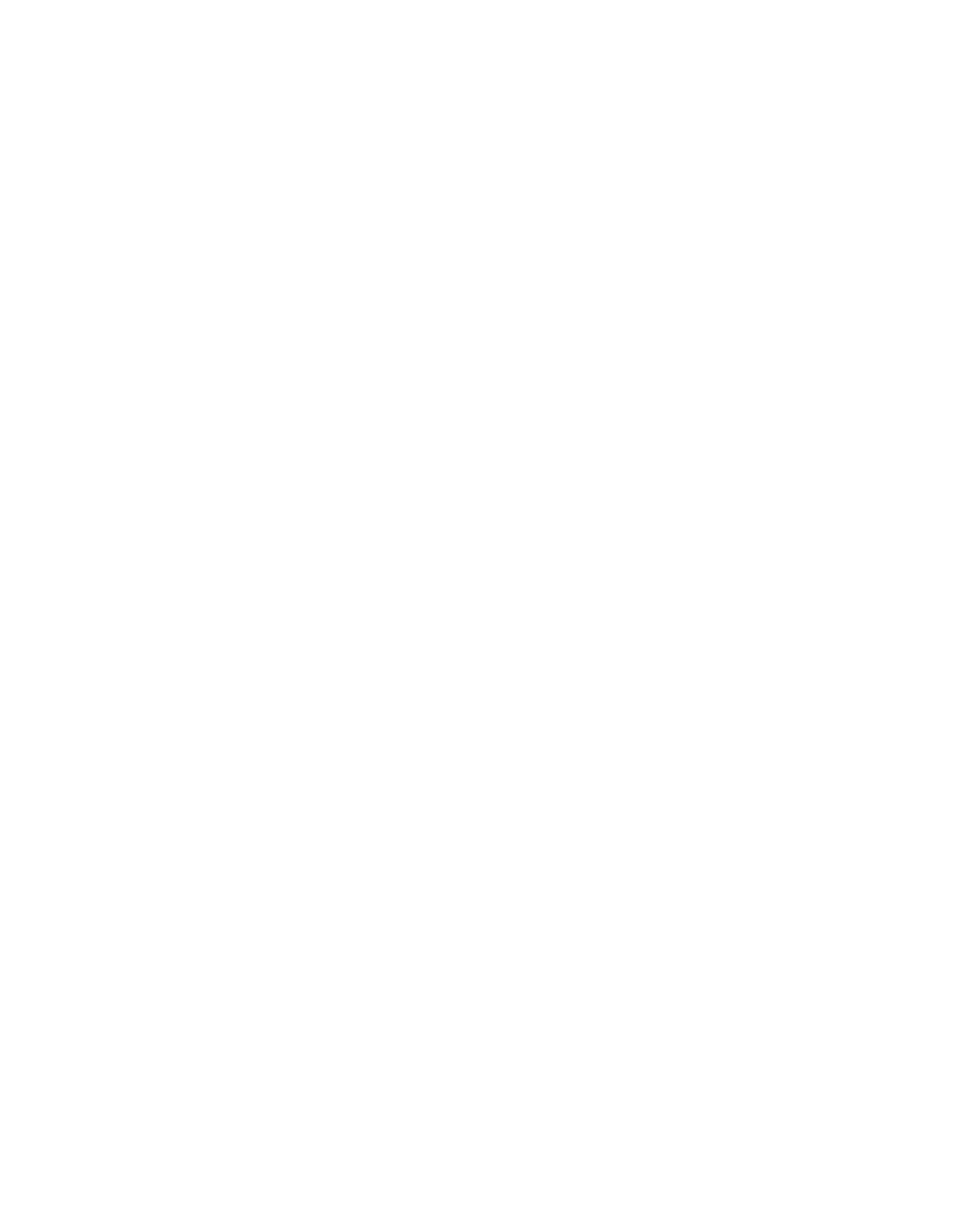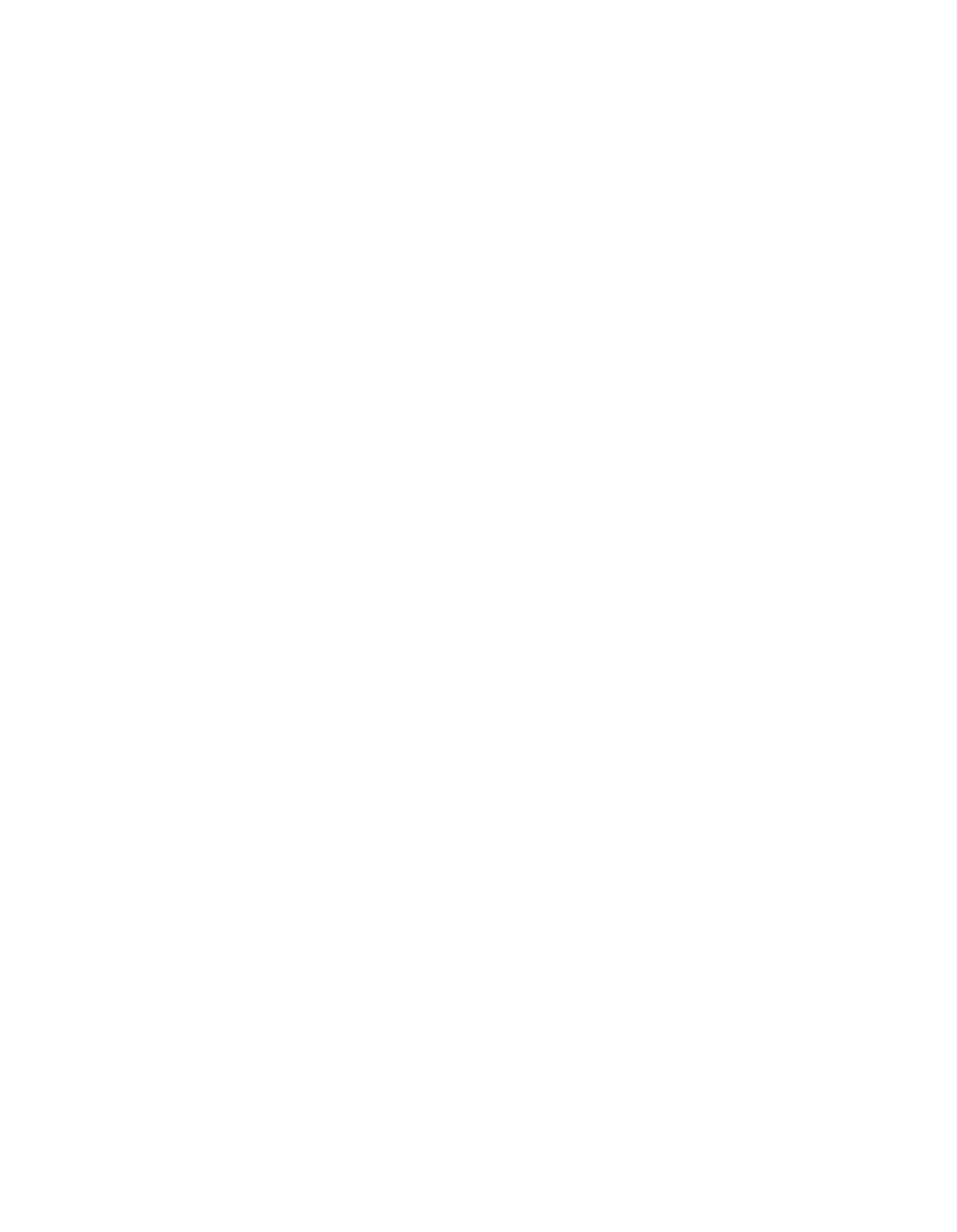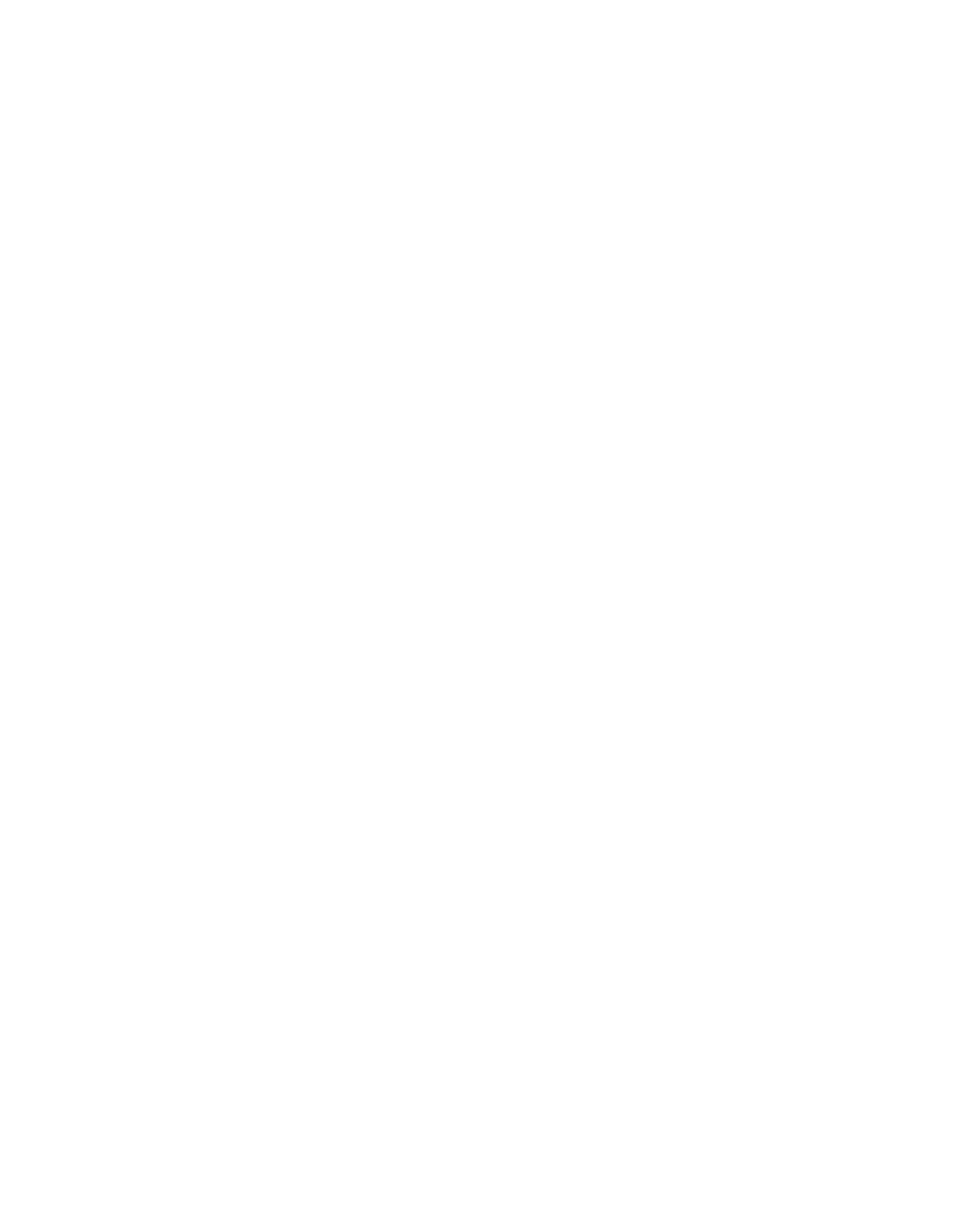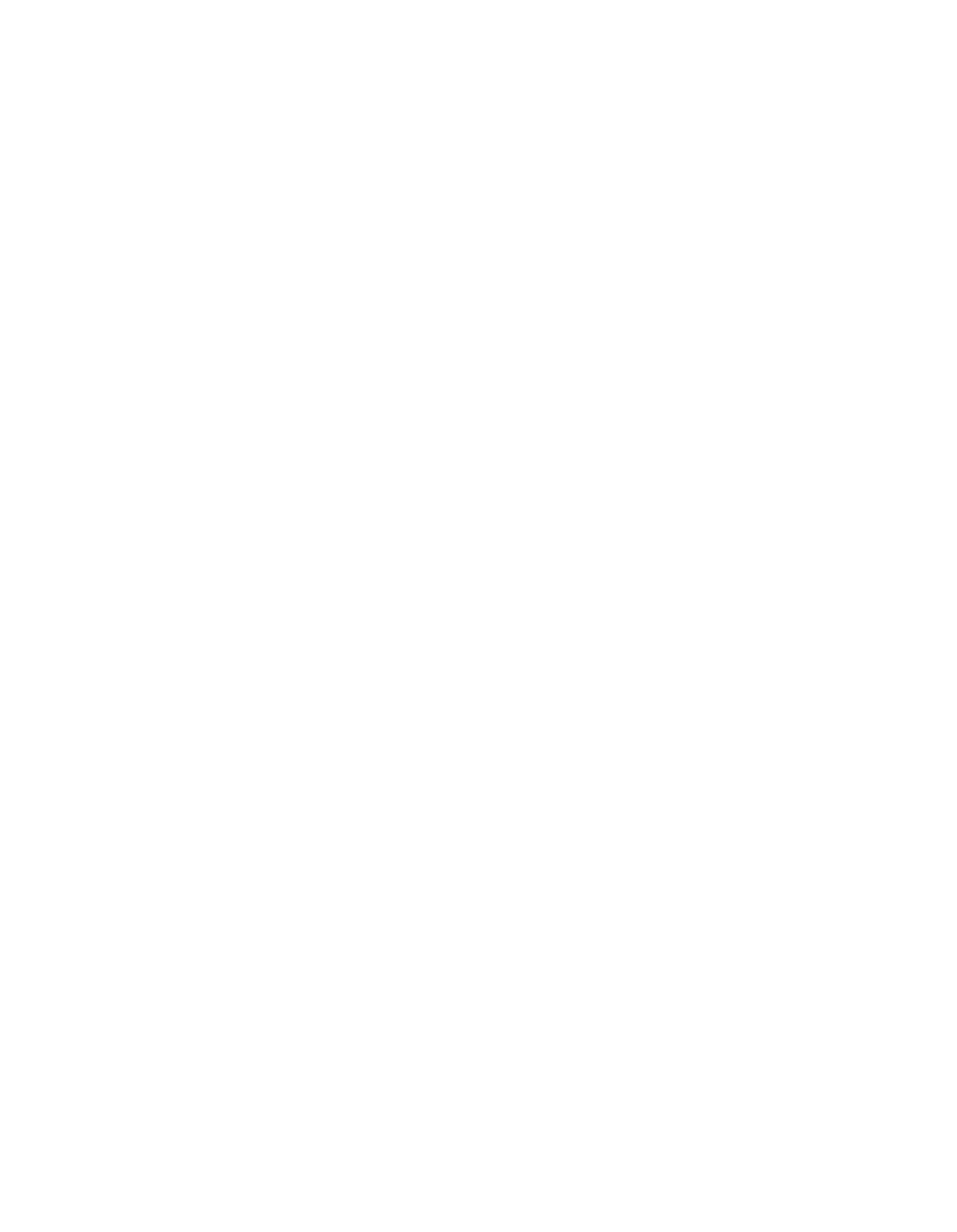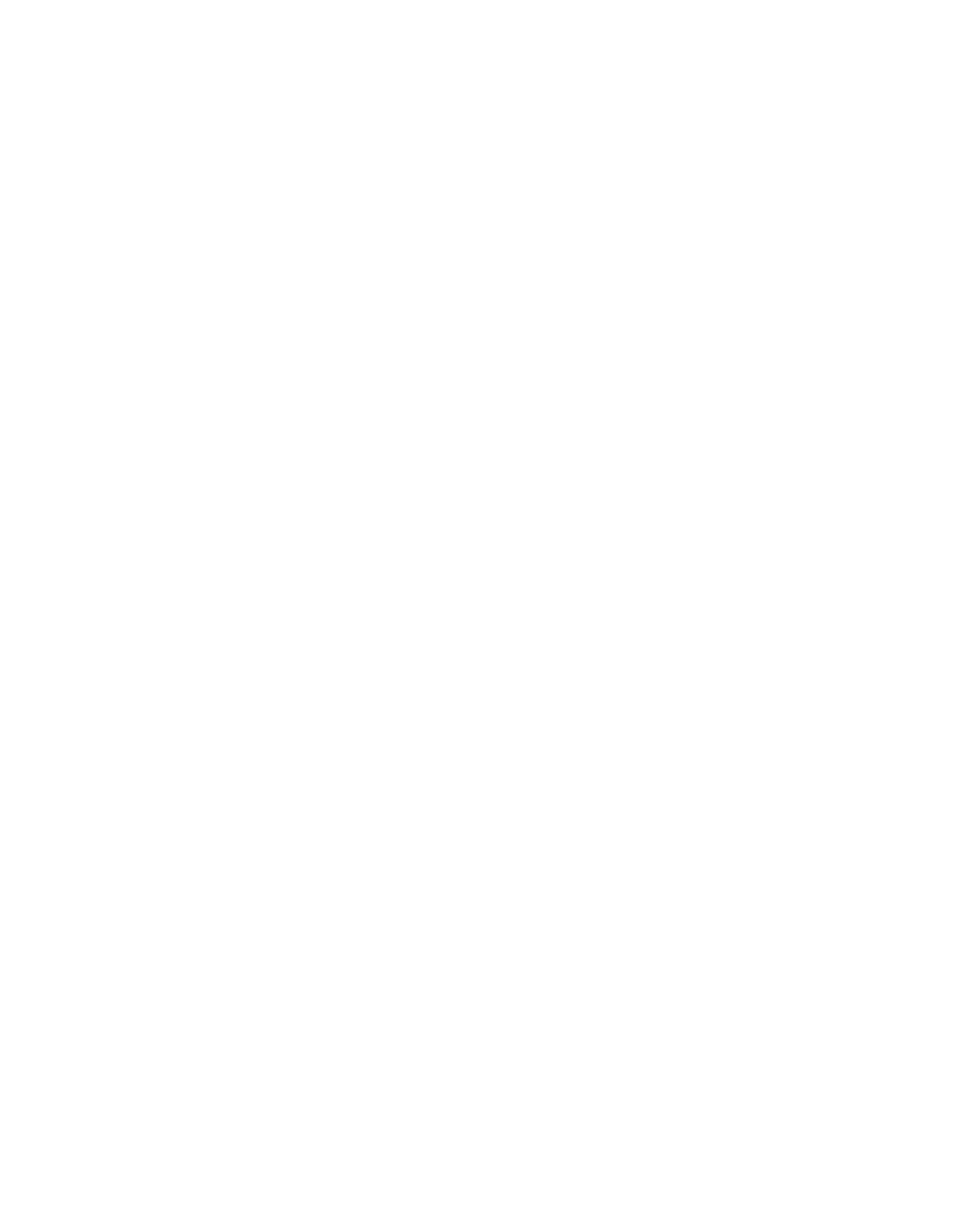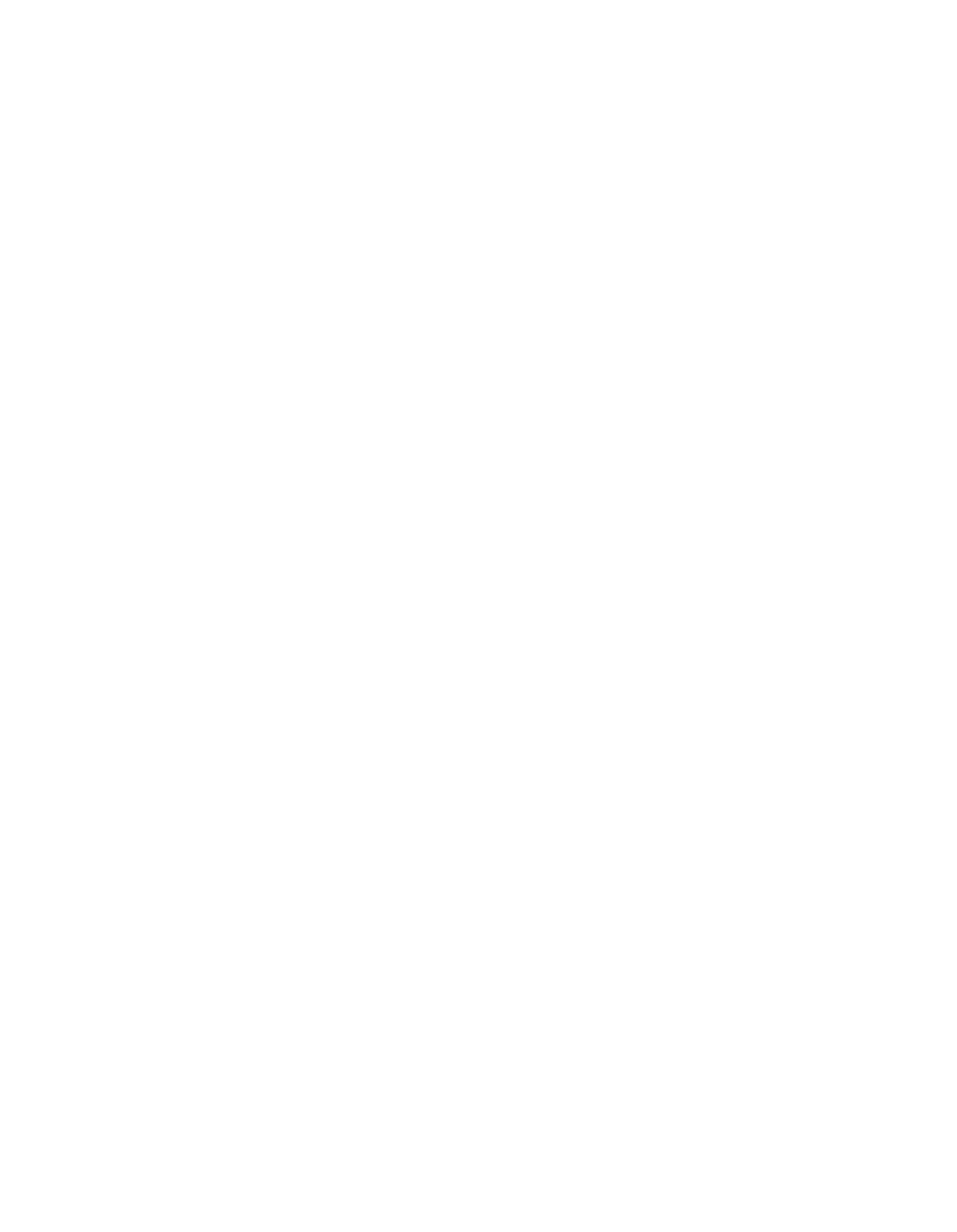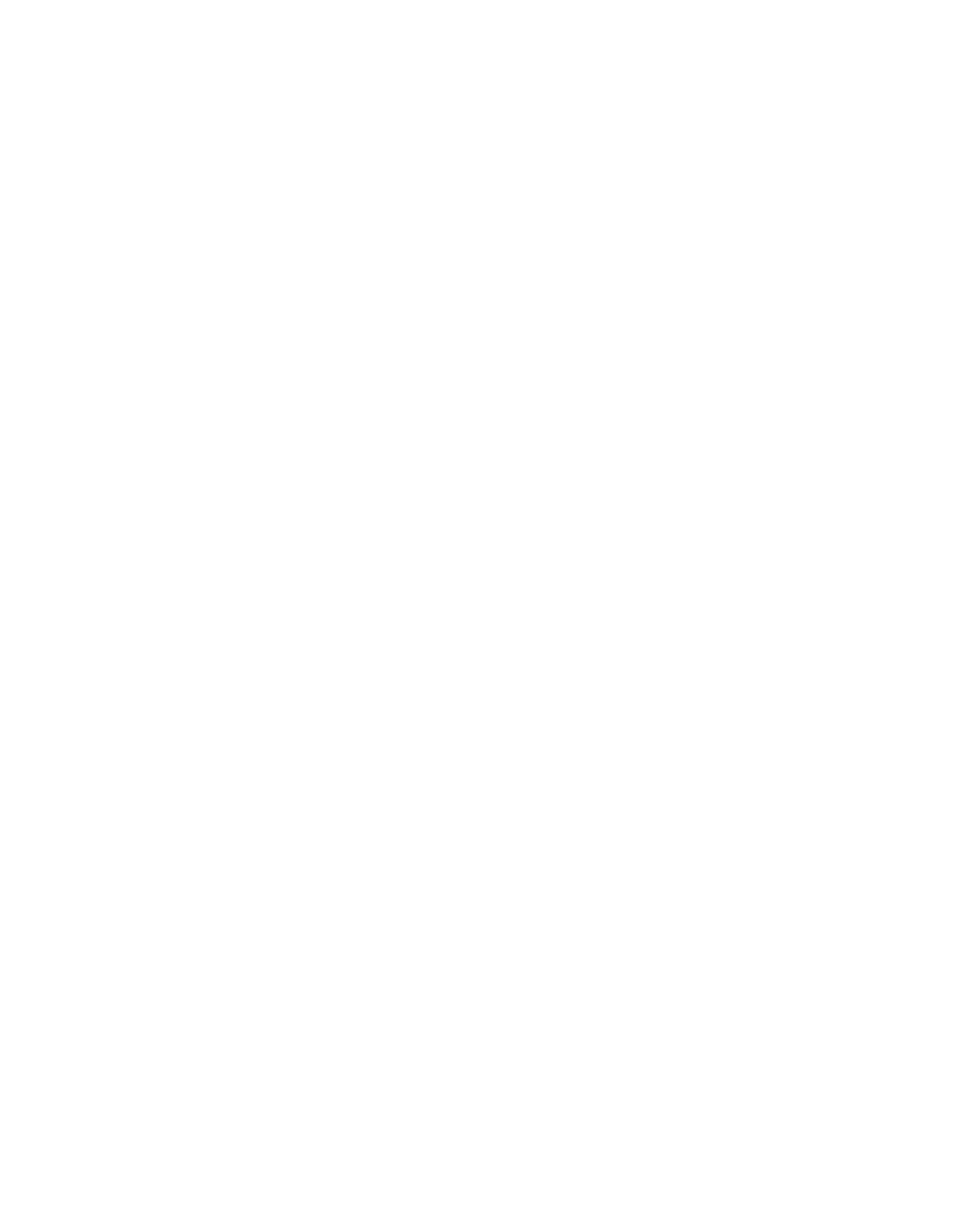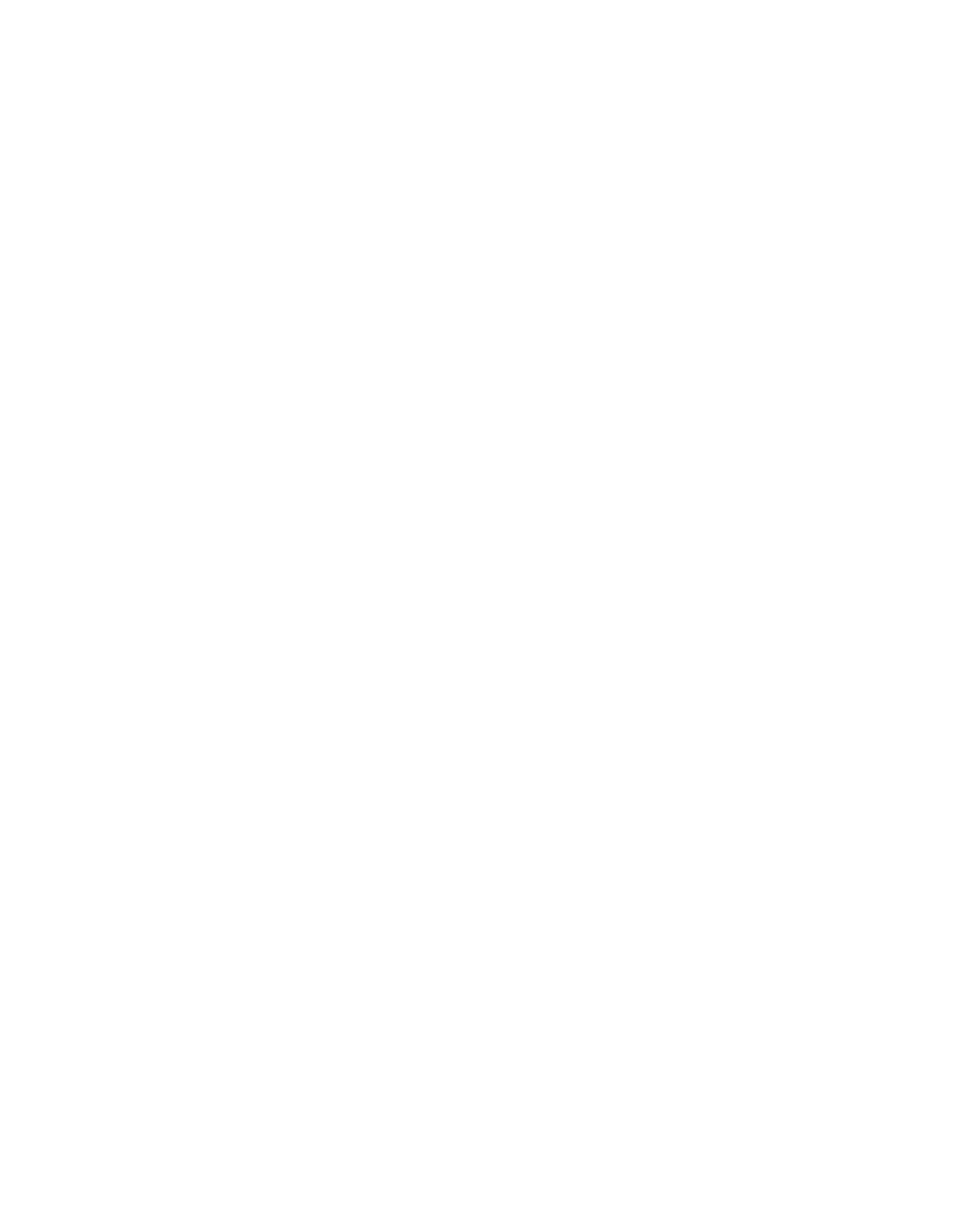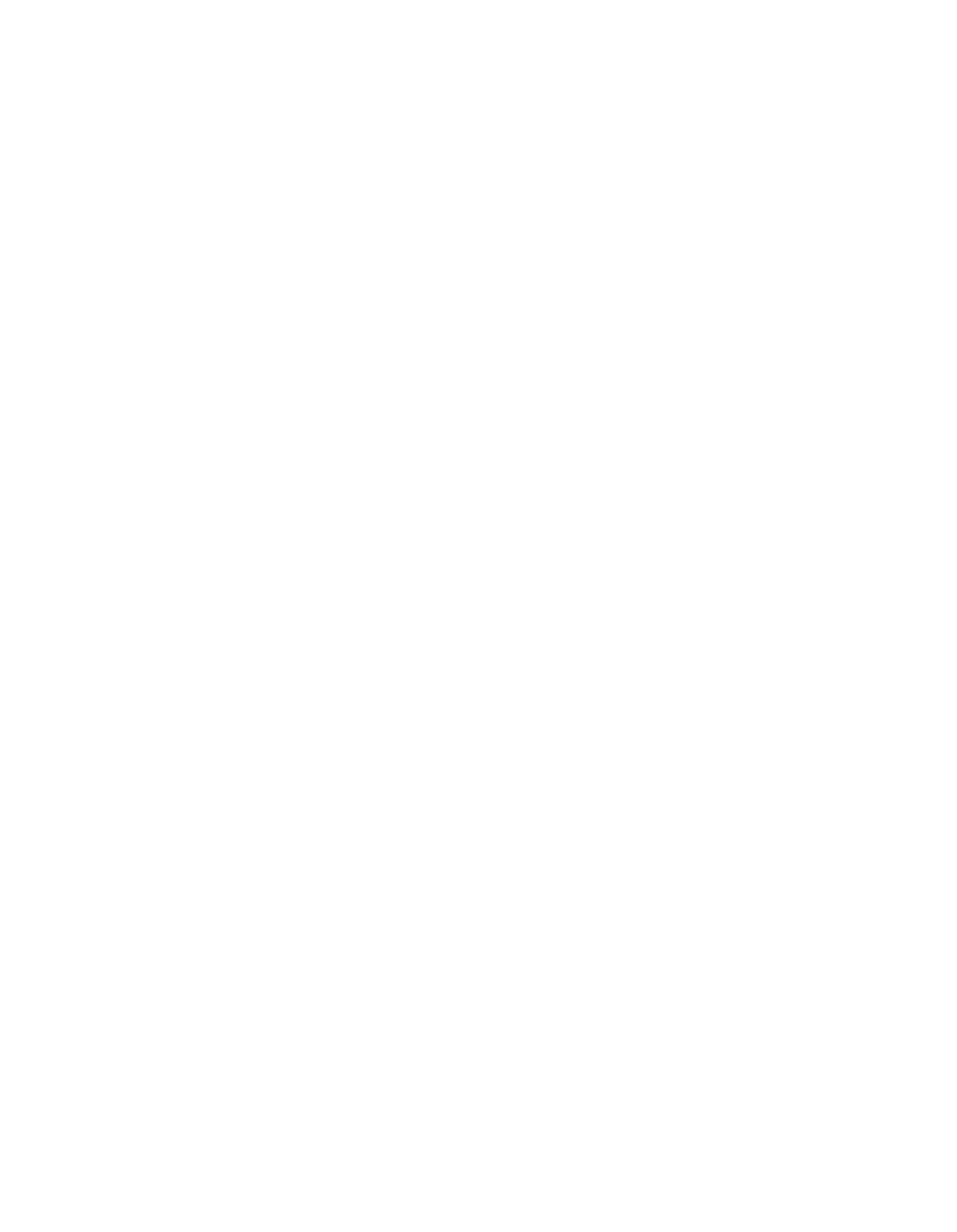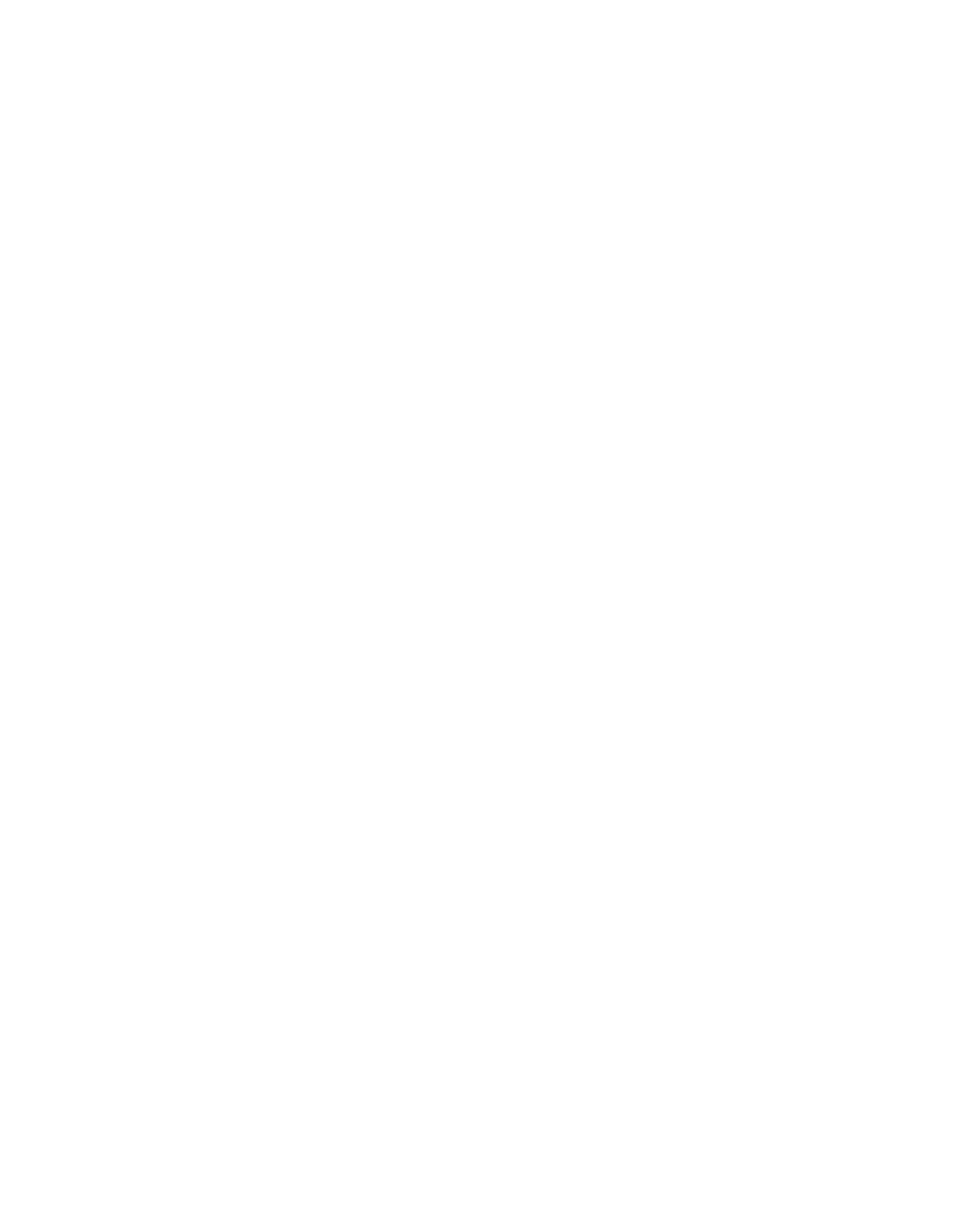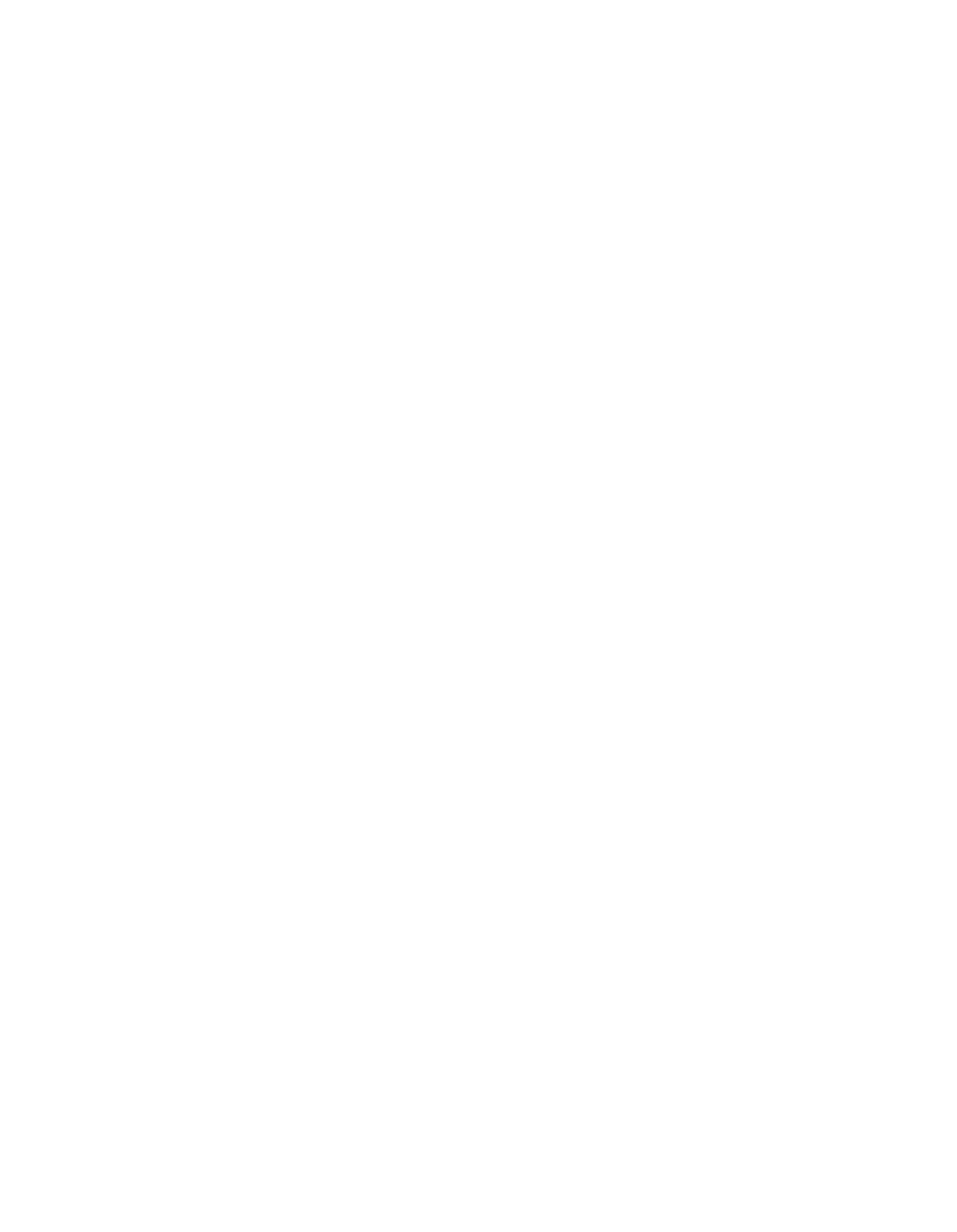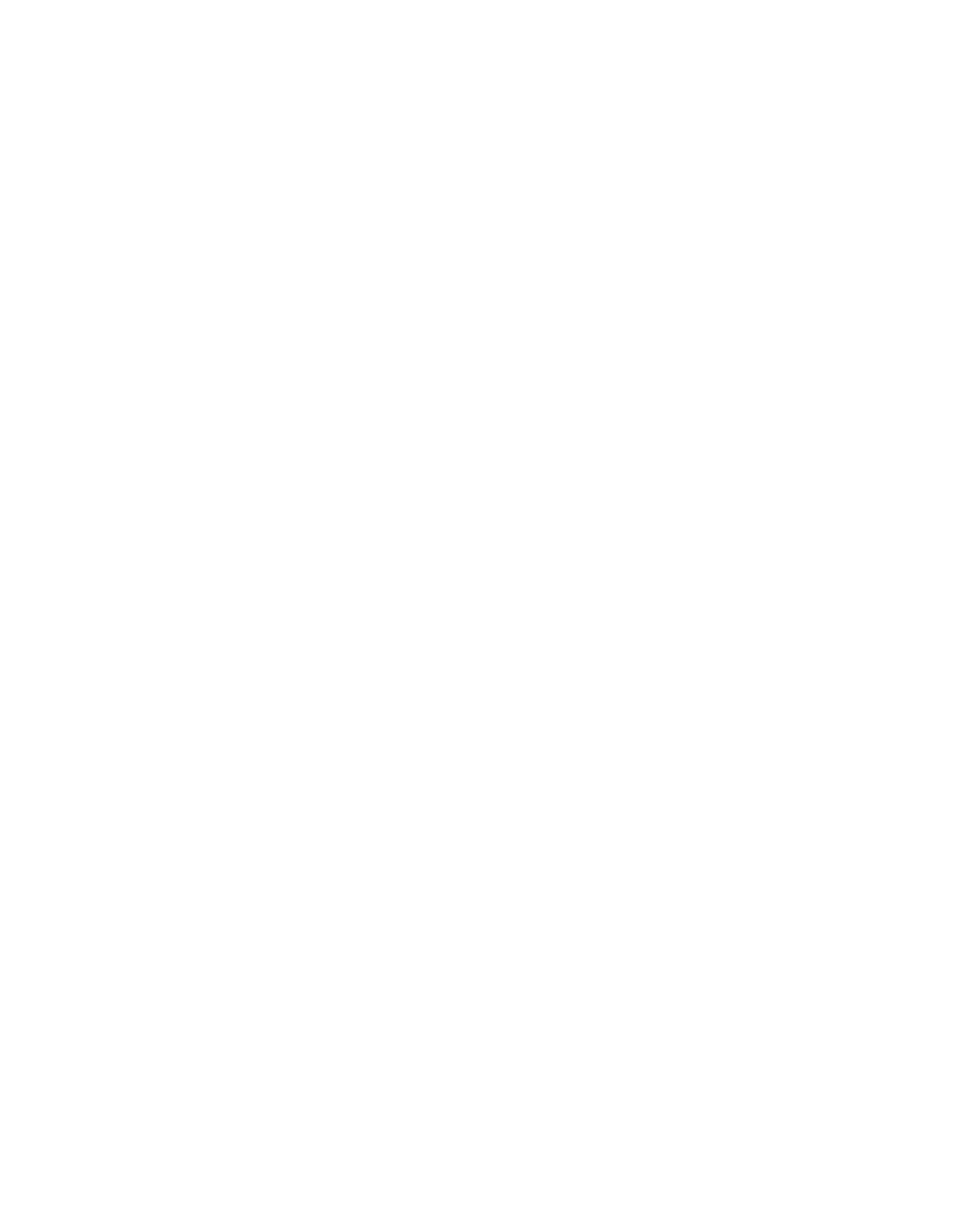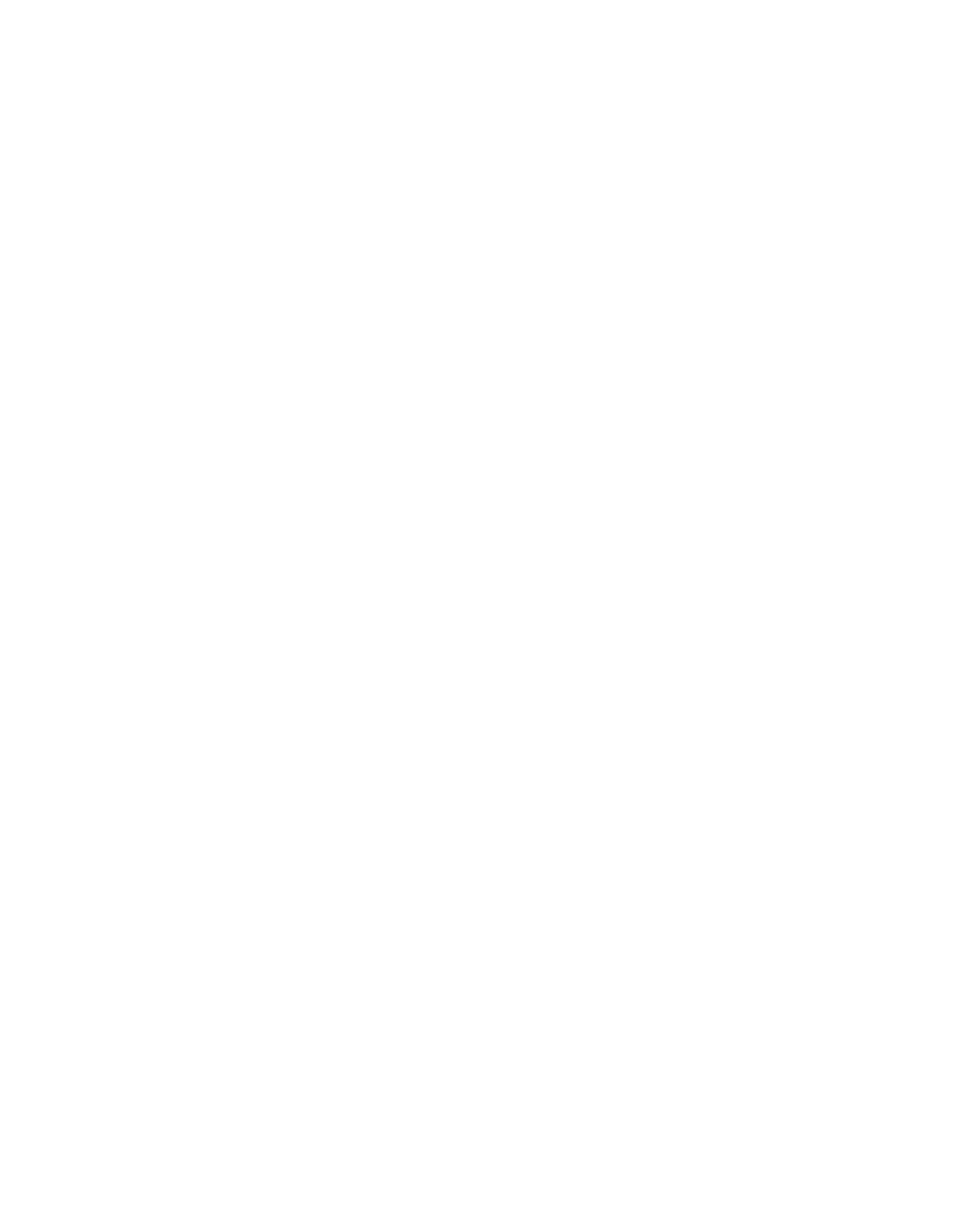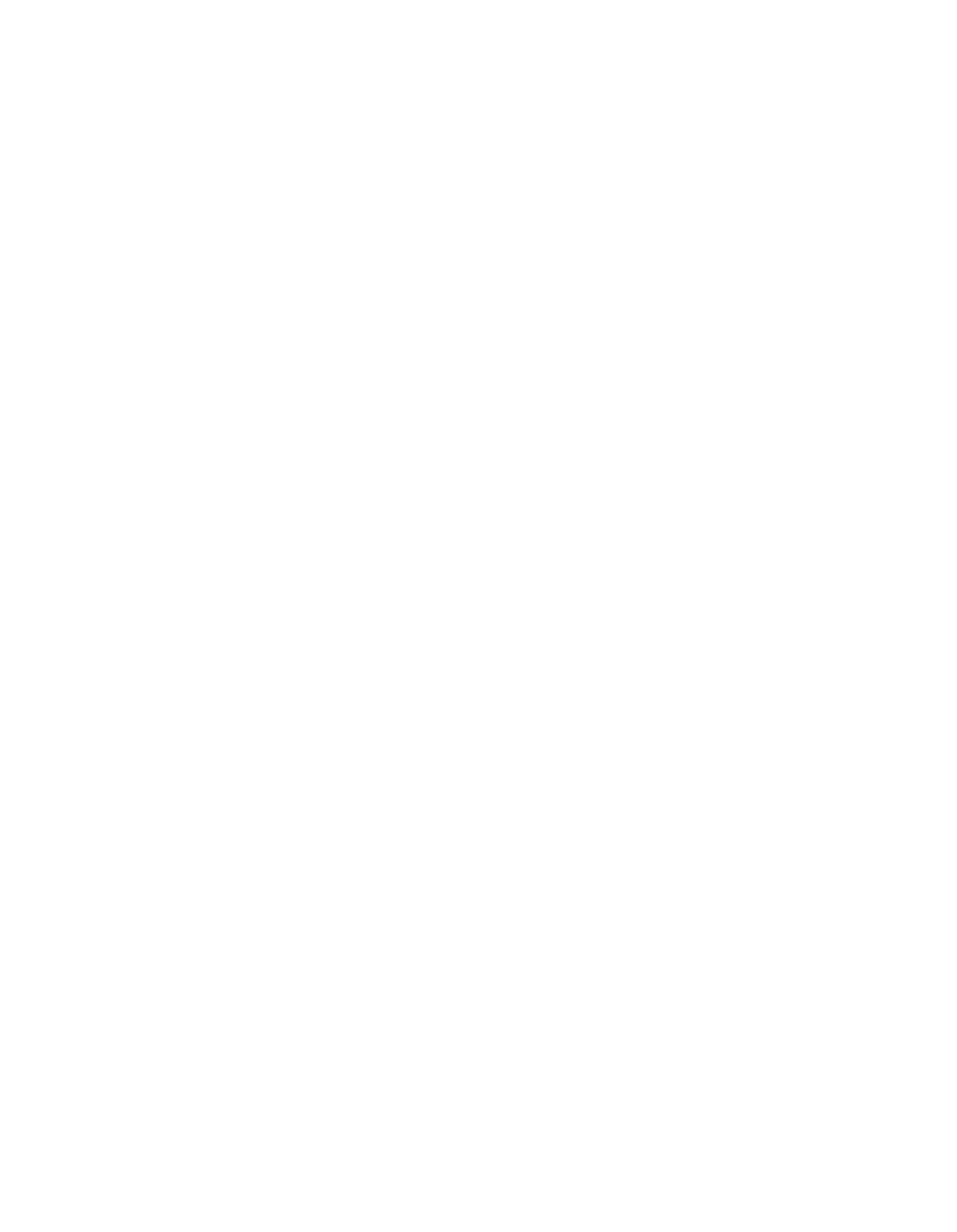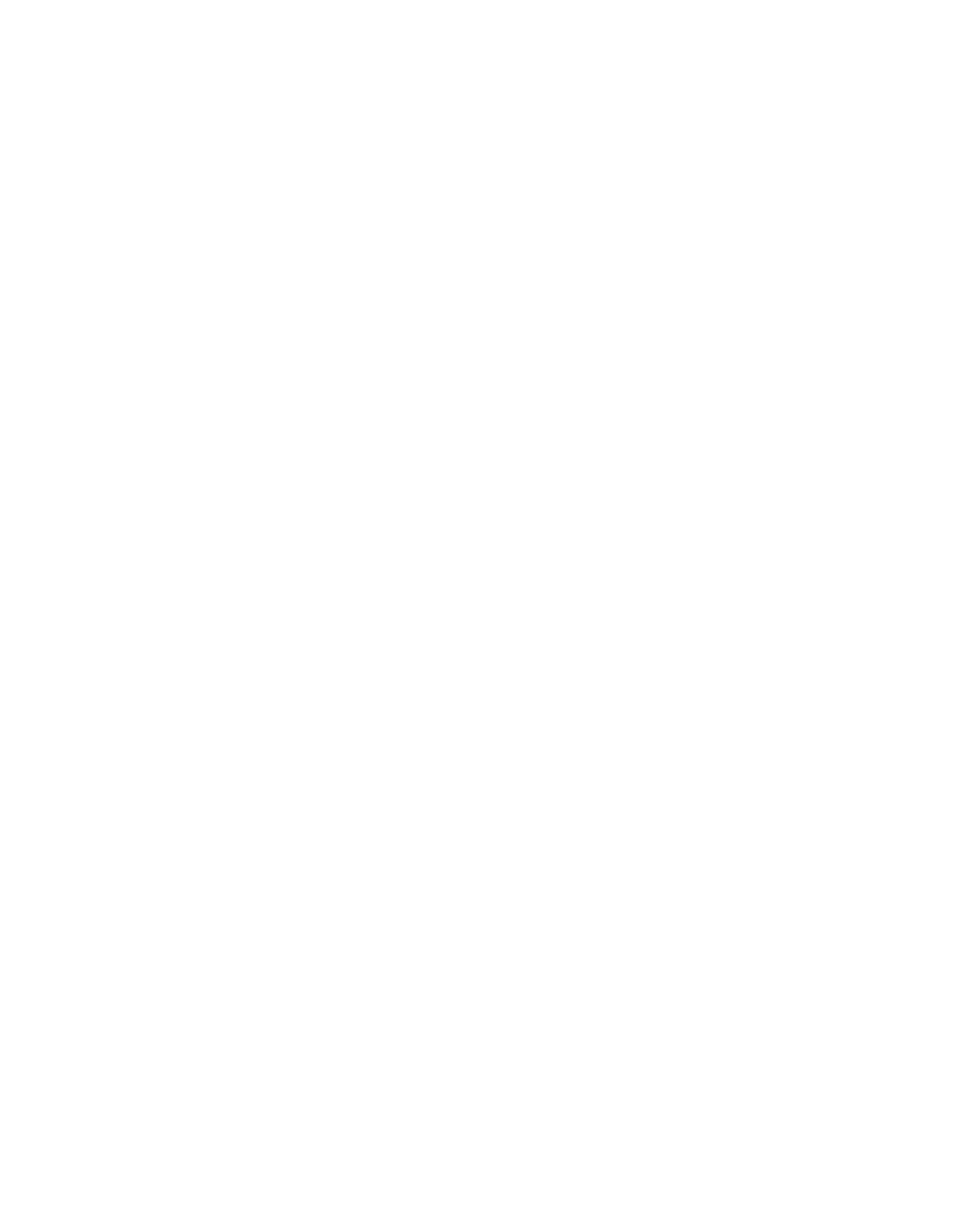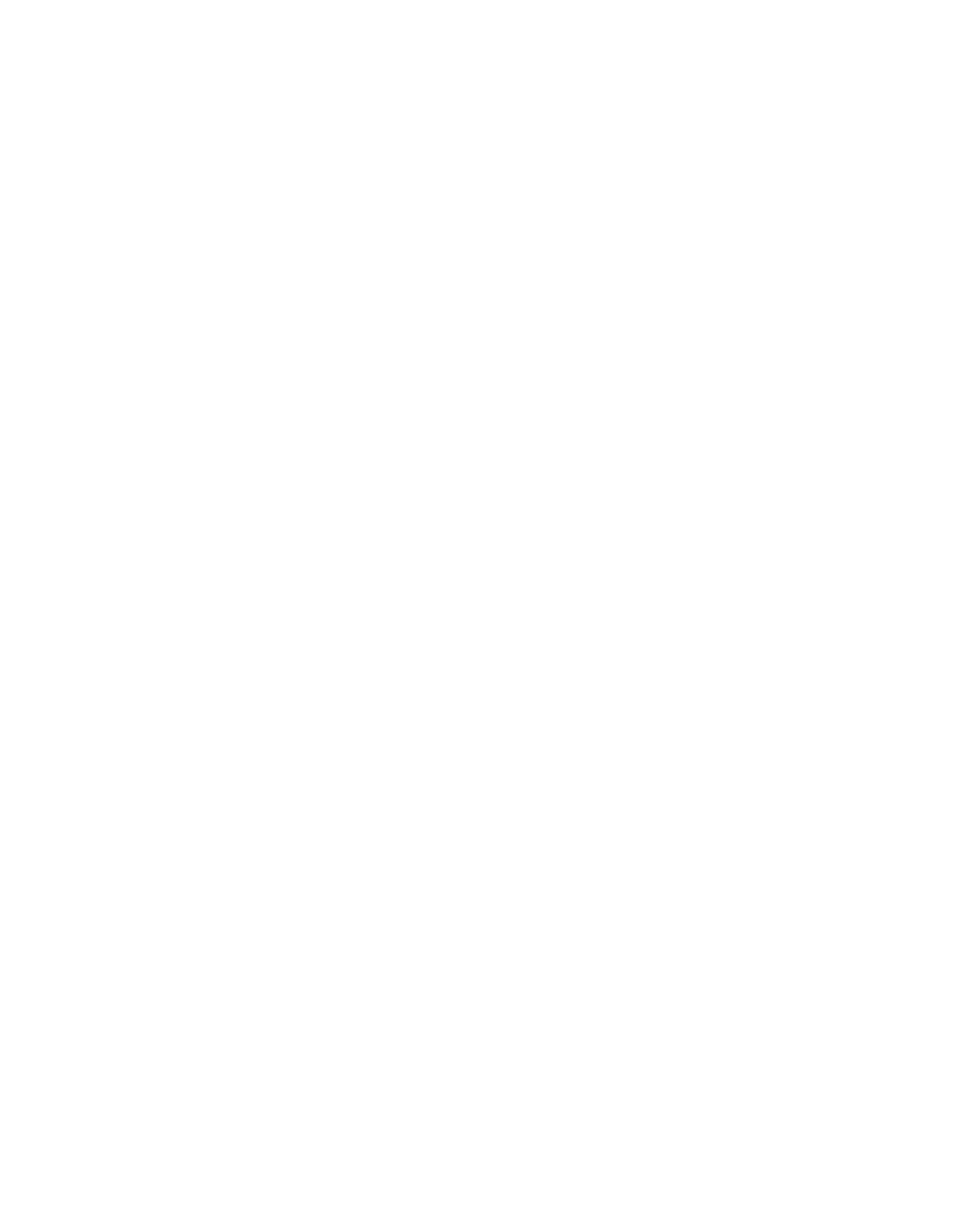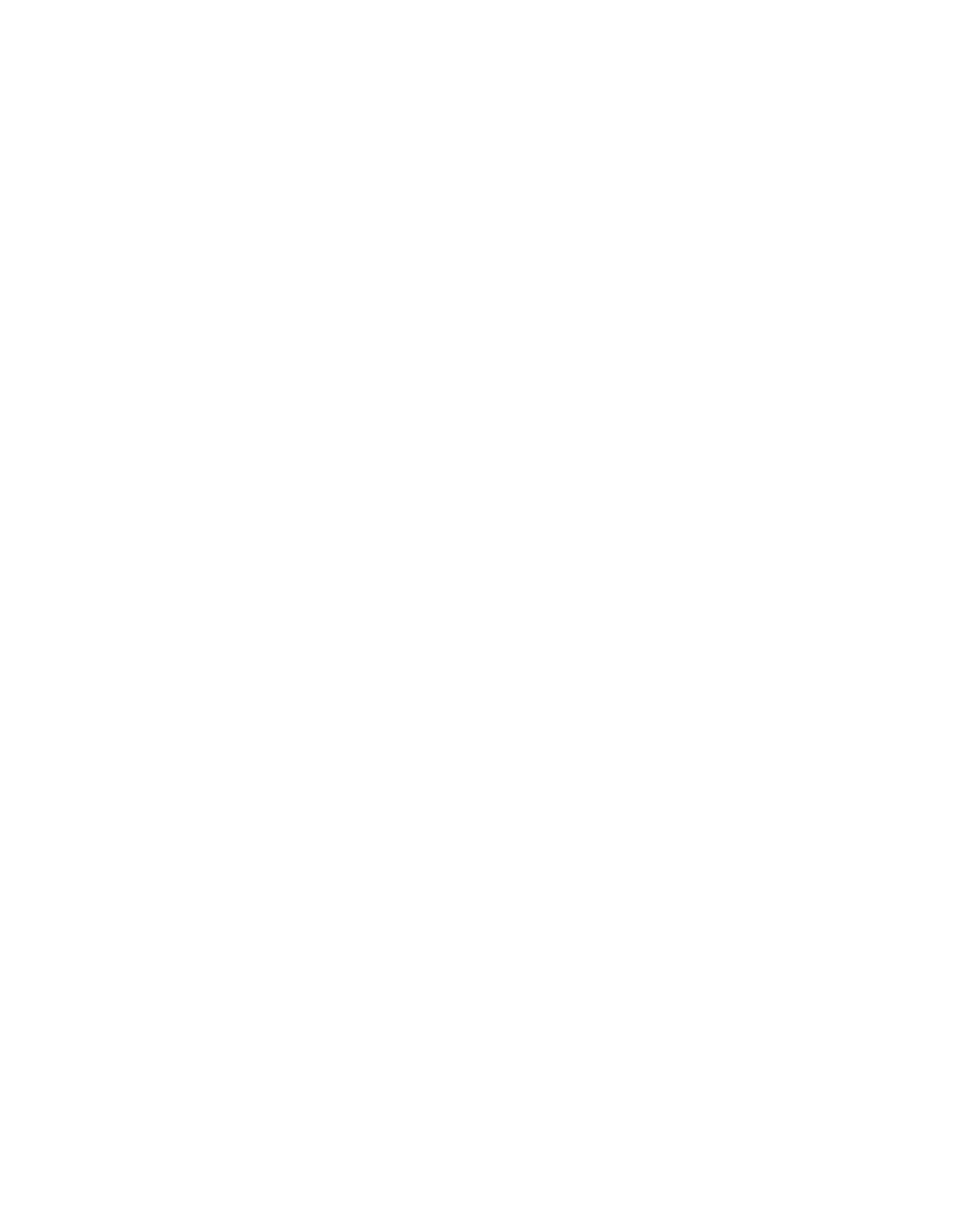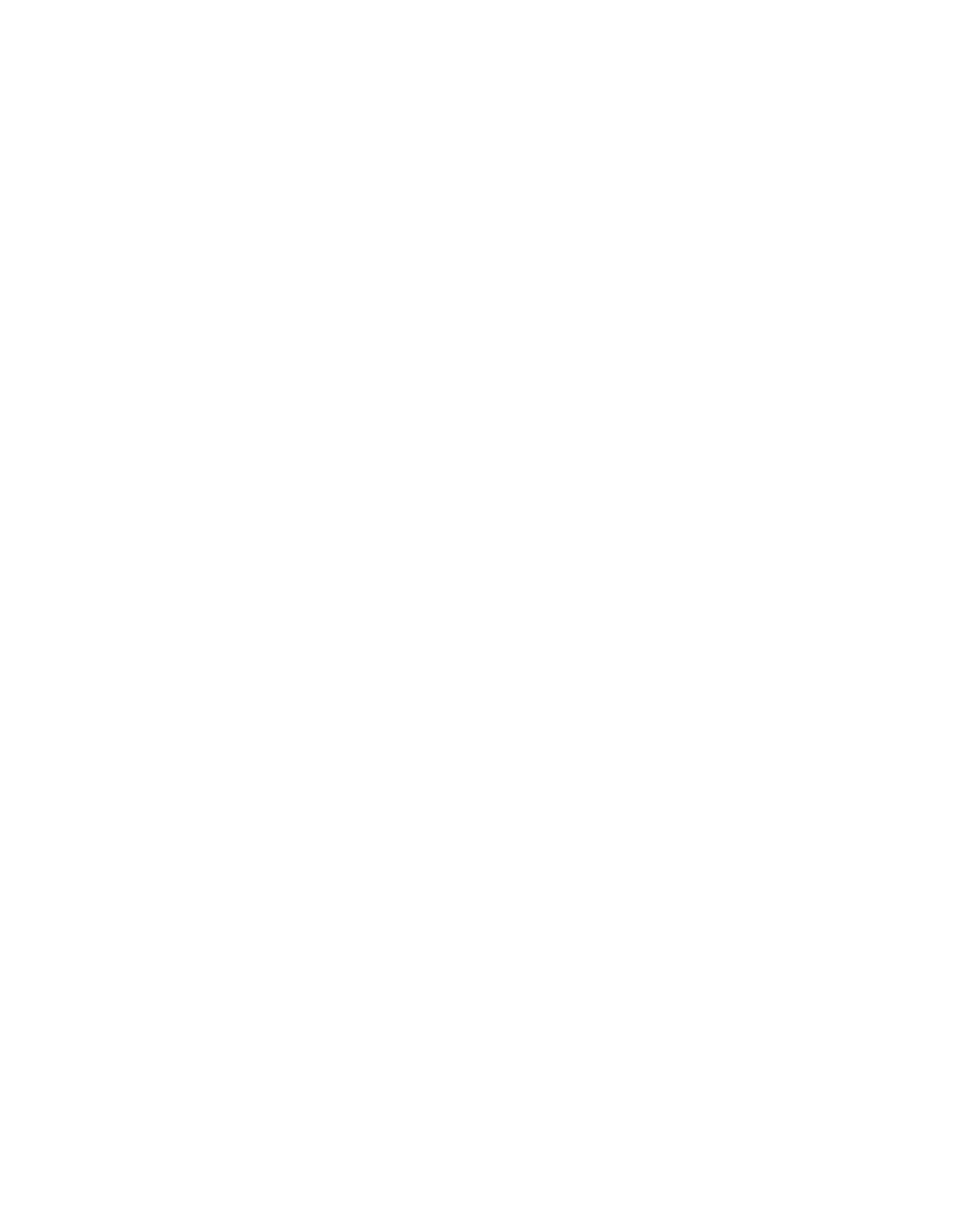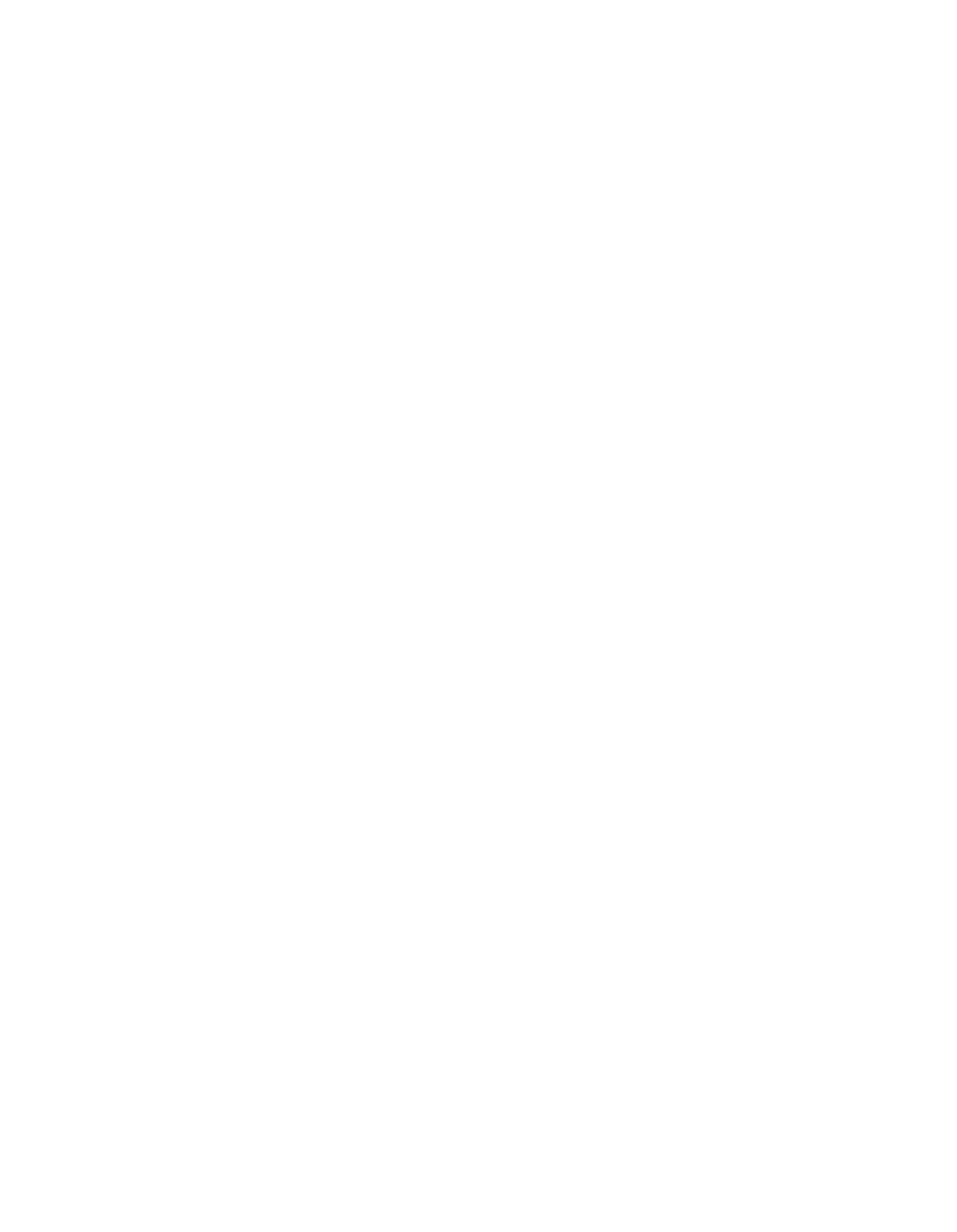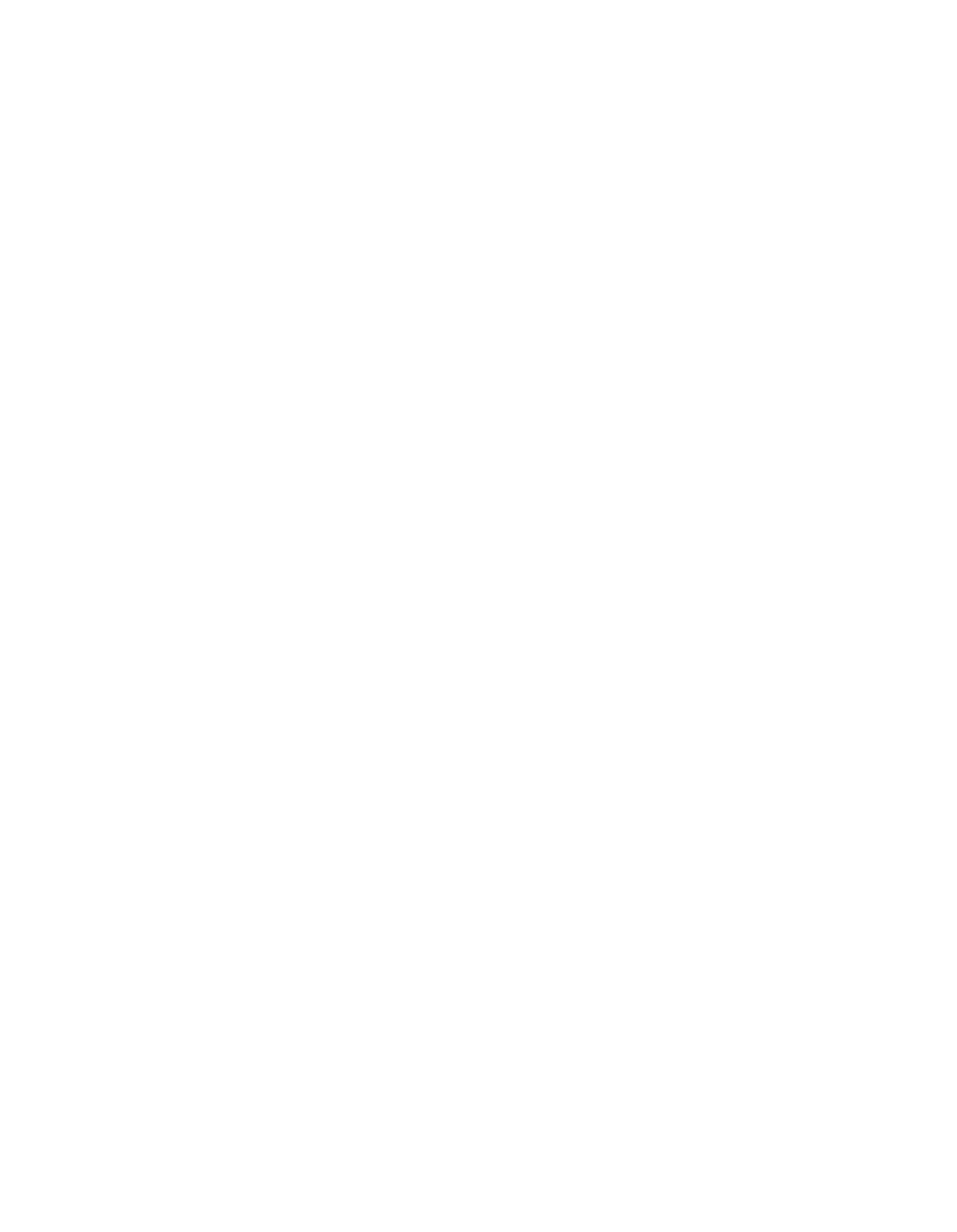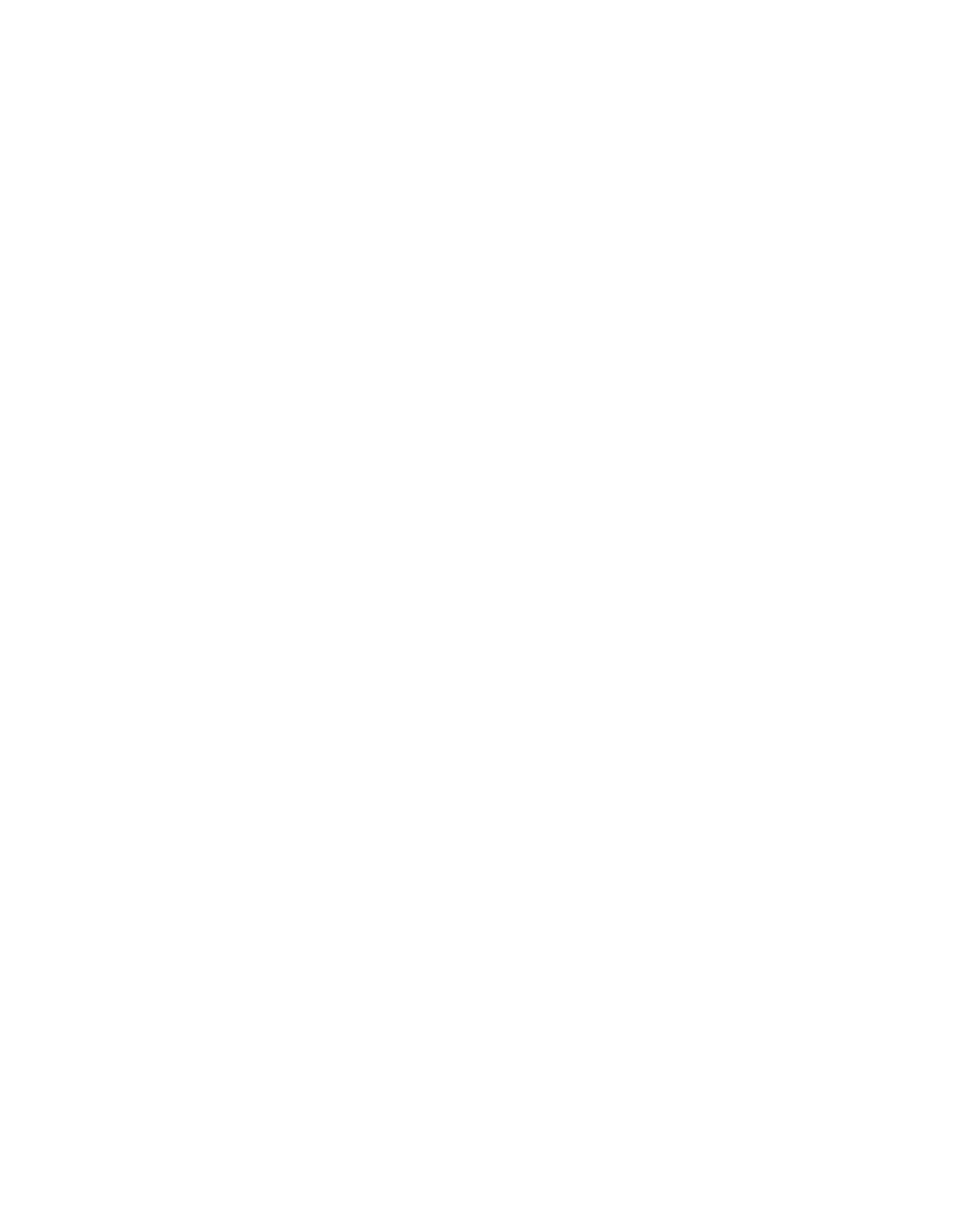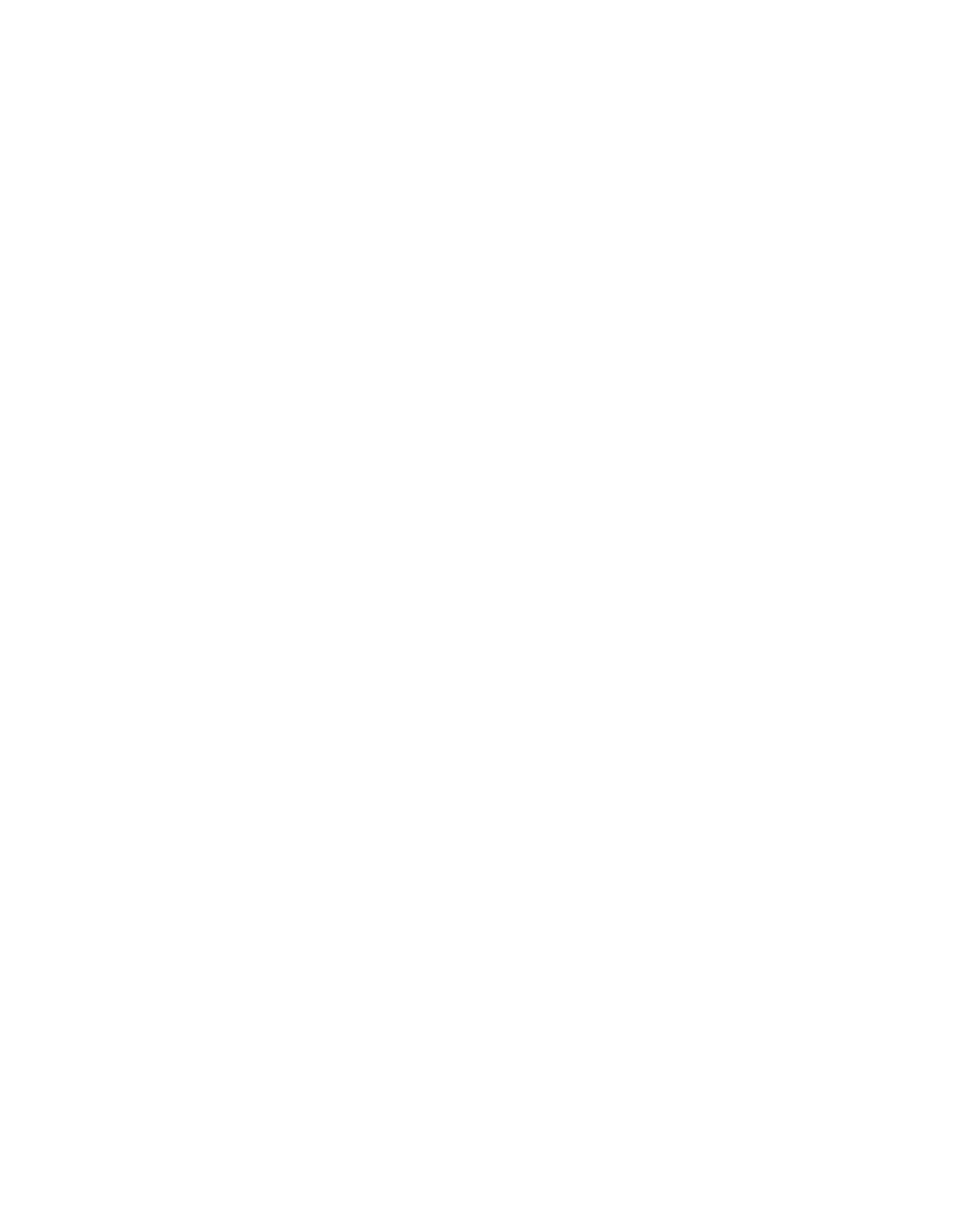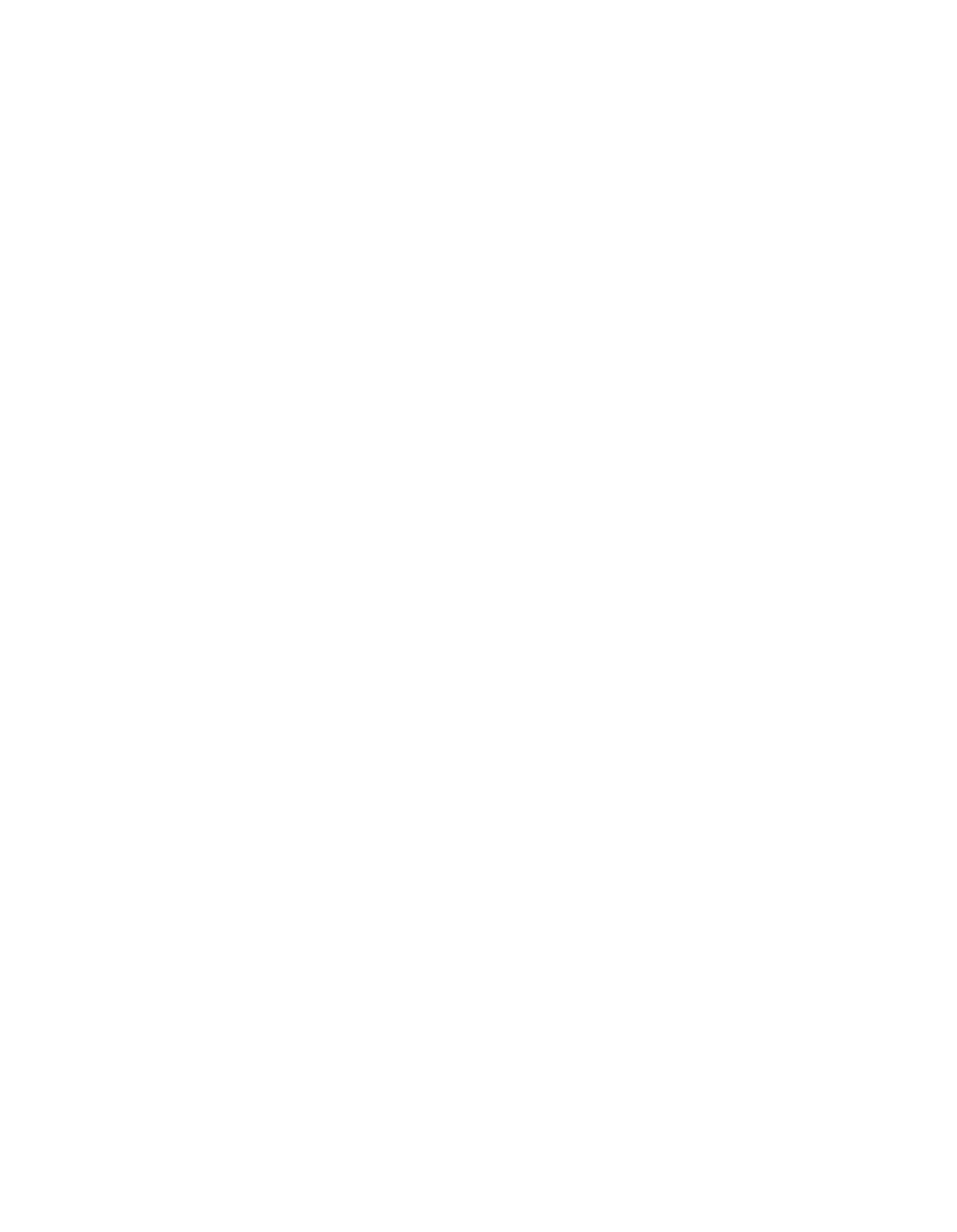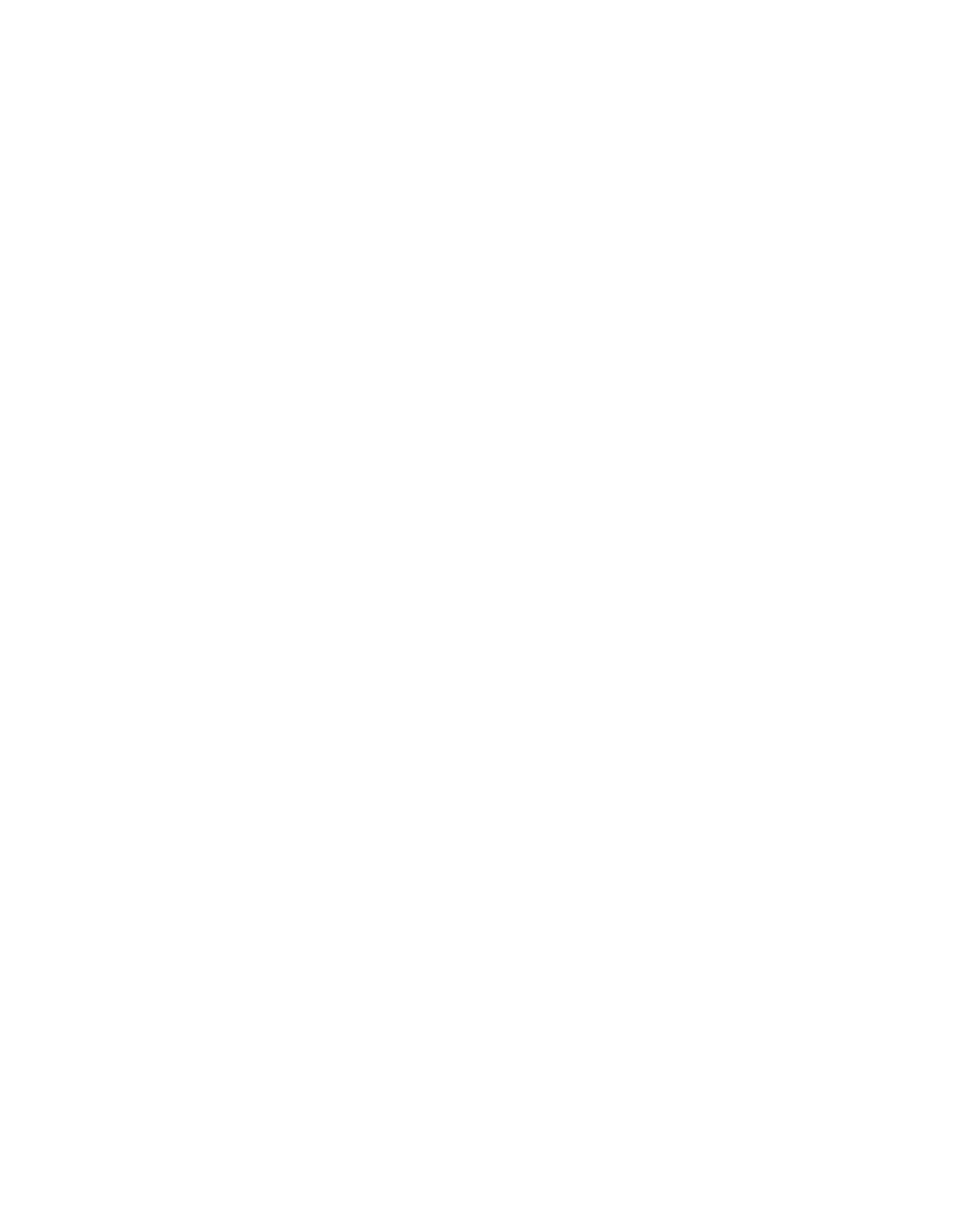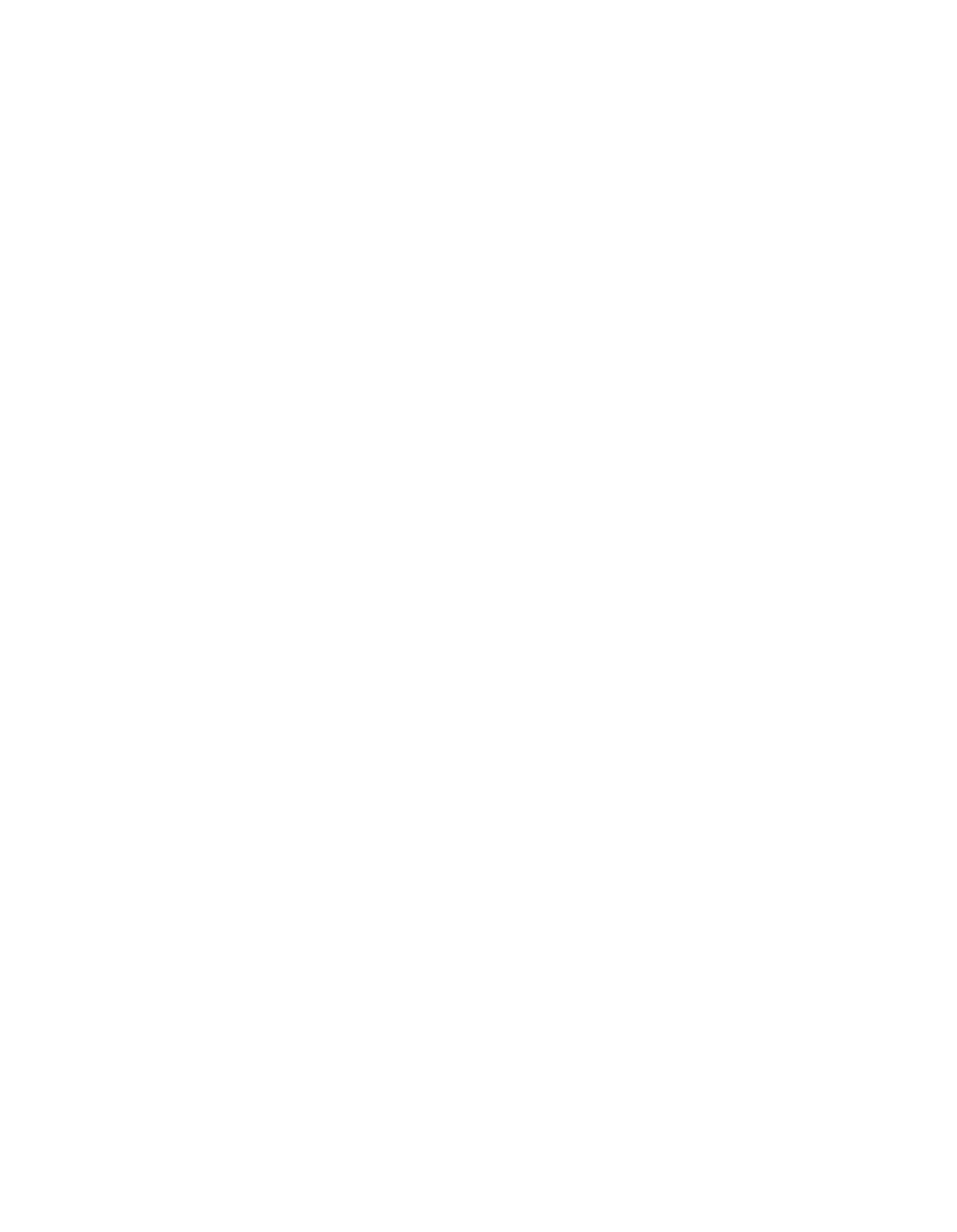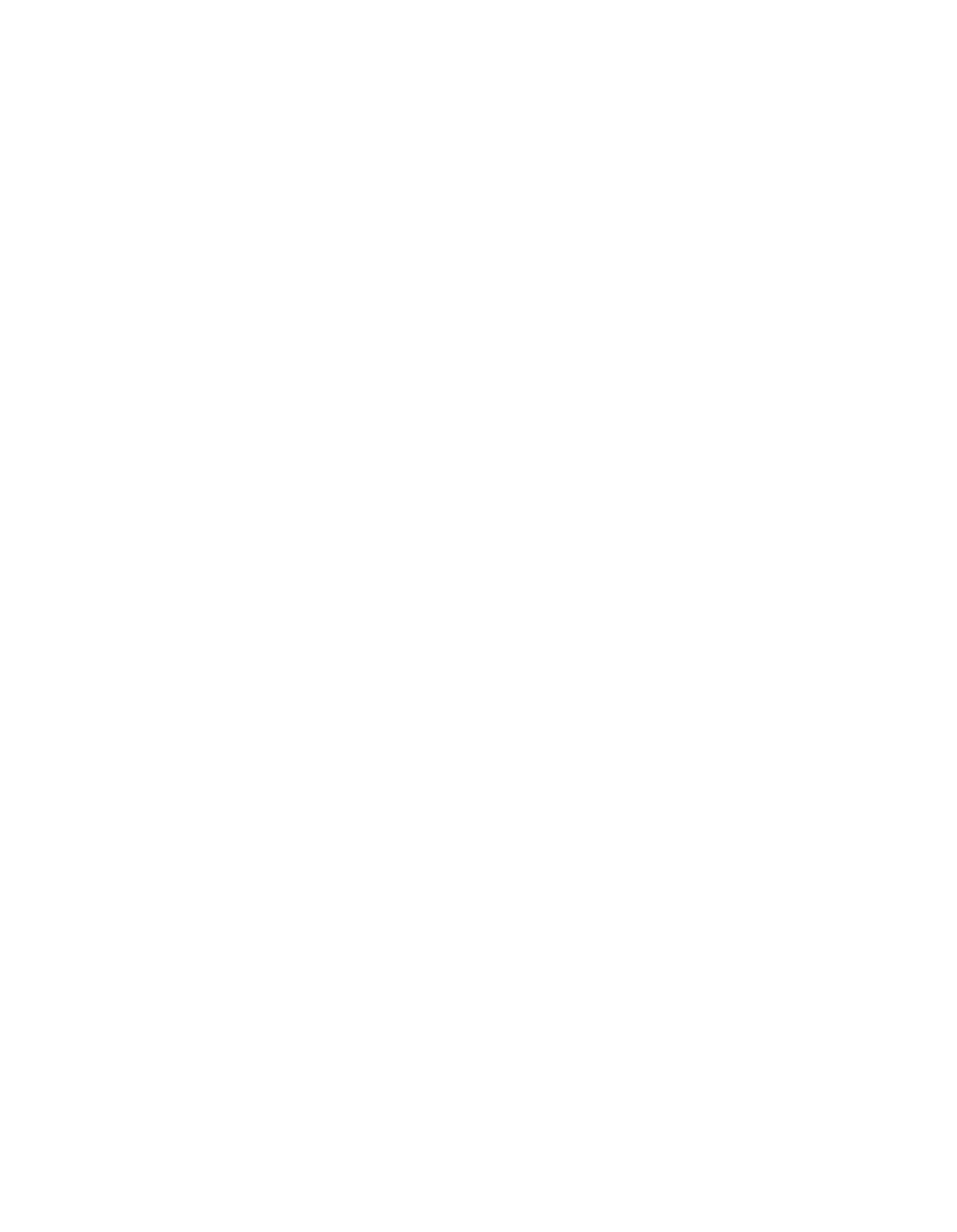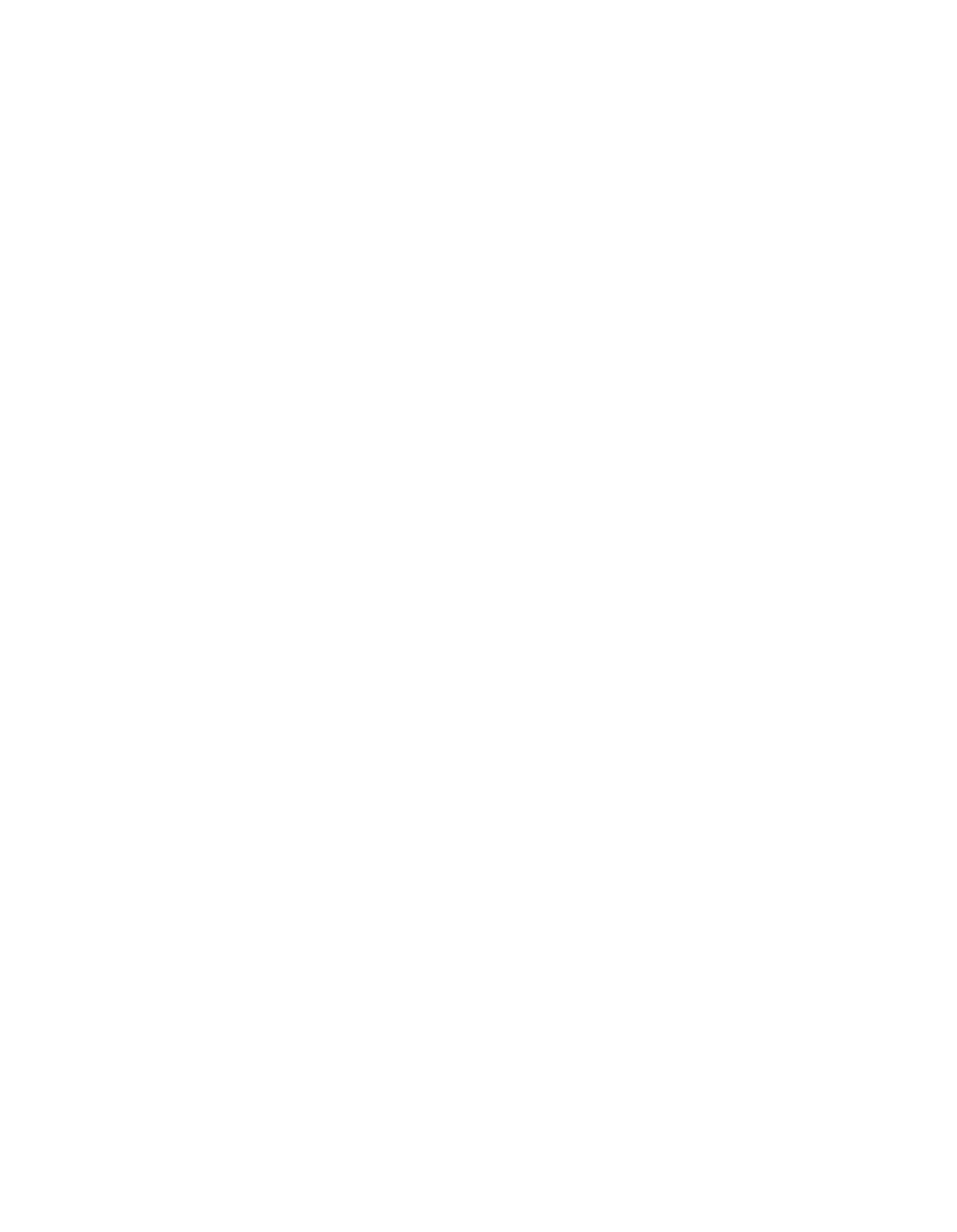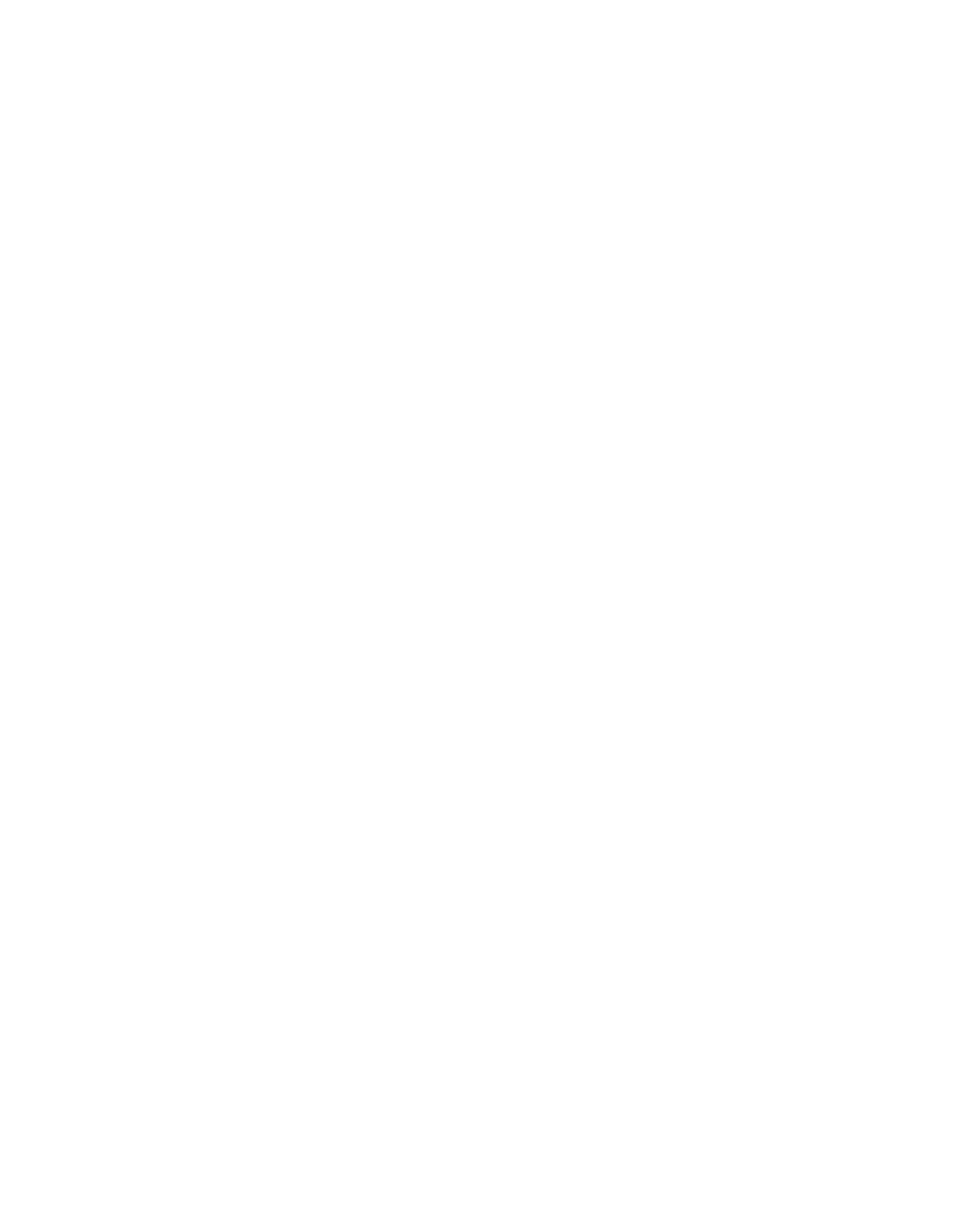ILLINOIS POLLUTION CONTROL BOARD
February 25,
1993
VILLAGE OF MATTESON,
Complainant,
v.
)
PCB 90—146
(Enforcement)
WORLD
MUSIC
THEATRE,
JAN
PRODUCTIONS,
LTD. and
DISCOVERY SOUTH GROUP,
LTD.,
Respondents.
MR. JOSEPH R. PEROZZI
AND
DAVID A. BRAUER, OF MCGRANE,
PEROZZI,
STELTER, GERARDI, BRAUER & ROSS, APPEARED ON
BEHALF
OF
COMPLAINANT.
SAMUEL J. VINSON, MICHAEL SCHNEIDERMAN, CHRISTOPHER W.
ZIBART
AND
STEVEN
A.
LEVY,
OF HOPKINS
&
SUTTER, APPEARED
ON
BEHALF
OF
RESPONDENTS.
FINAL OPINION AND ORDER OF THE BOARD
(by B. Forcade):
This matter is before the Board on a complaint filed on
August
2,
1990, by the Village of Matteson (Matteson)
located in
Cook County, alleging that noise pollution in violation of
Sections 23,
24, and 25 of the Environmental Protection Act
(Act)
(415 ILCS 5/1 et.
sea.)’ was caused by World Music Theatre,
JAN
Productions, Ltd. and Discovery South Group, Ltd.
(the collective
respondents will be referred to as “Theatre”,
the physical
structure or location will be referred to as “the theater”)
in
the operation of an outdoor theater located within Cook County,
in Tinley Park, Illinois.
On April
29,
1991,
the Board issued an
interim opinion and order finding Theatre in violation and
ordering Theatre to monitor sound levels and recommend potential
methods of reducing the sound impact.
Additional pleadings and
hearings continued through January 22,
1993.
This has been a
complex and lengthy proceeding including 10 days of hearing and
14 prior Board opinions or orders over a period of two and one-
half years.
In today’s opinion and order the Board reaches its
final disposition of this matter.
This opinion will initially discuss the background and
procedural history, then proceed to a determination on the
claimed noise violations for 1991 and 1992.
Last, the opinion
will discuss the remedy, the compliance plan, and the requested
penalties.
The Act was formerly codified at Ill. Rev. Stat 1991,
ch.
111 1/2, par. 1001 ~
sea.
0139-0387
2
I.
BACKGROUND AND PROCEDURAL HISTORY
A.
The facility
The facility is an outdoor amphitheater, located at 19100
Ridgeland Avenue, Tinley Park,
Illinois.
It is approximately
1
mile north of the northwest boundary of the Village of Matteson.
The theater faces east toward a large forest preserve.
Other
land uses in the area include farm land,
a golf course, and
a
drive-in theater.
Other than the homes in Tinley Park,
residential areas are approximately 1 mile away.
These include
Matteson, a community of about 11,000 residents, approximately
1
mile to the southeast,
and Country Club Hills, with about 15,000
residents, approximately 2 miles to the east.
Theatre’s “season” for performances is generally Memorial
Day to Labor Day.
(Pr.
3 at 492)
~2
For 1990, the first season
the theater was open,
attendance totalled about 457,000 persons,
who came to hear 32 performances.
(Tr.
3 at 486 and 470).
The
theater could possibly accommodate 40—50 performances per season.
(Tr.
3 at
492).
Theatre is a major source of part-time
employment, with 650-700 employees, many of whom are local
residents.
B.
Procedural history
The procedural history in this matter is complex, as this
matter has been before the Board for over two years.
A complete
procedural history can be obtained by referencing the prior 14
Board orders in this matter.
The Board received extensive testimony at three hearings
held in Matteson on December 10,
11, and 20,
1990.
Witnesses
included residents of Matteson and Country Club Hills, Matteson
Village Officials, and personnel of Theatre.
Based on the
2
The transcripts will be referenced as follows; the
December 10,
1990 transcript as Tr.
1, the December
11 transcript
as Tr.
2, the December 20 transcript as Tr.
3, the June 9,
1992,
transcript as Tr.
4, the July 9 transcript as Tr.
5, the July 27
transcript as Pr.
6, the December 16 transcript as Tr.
7, the
December 17 transcript as Pr.
8, the January 21,
1993 transcript
as Pr.
9, and the January 22 as Tr.
10.
All references to prior Board opinions or orders will
simply state order, the date,
and page number, e.g.,
(Order,
April 29, 1991,
at 6).
0139-0388
3
evidence submitted at hearing,
in an interim opinion and order
the Board found that Theatre had violated 35 Ill.
Adm.
Code
900.101,
900.102 and Section 24 of the Environmental Protection
Act on June 2,
3,
27; July 20,
21,
22,
23,
29,
30: October
4,
5,
6, and 7
in 1990.
The Board ordered Theatre to hire a sound
consultant to perform sound monitoring at two locations, one in
Matteson and one in neighboring Country Club Hills.
In addition
the
Sound consultant was instructed to prepare a final report on
noise levels based on the monitoring data and recommend potential
methods of reducing the sound impacts to preclude unreasonable
interference.
Theatre presented its “Final Report and Control
Options” to the Board on August 5,
1991.
In an August 22,
1991,
order, the Board noted some
deficiencies in the noise data submitted in the final report.
This order also ordered that all sound data be submitted to the
Board and Matteson.
In a September 12,
1991, order the Board
reconsidered its order of August 22,
1991.
In reconsidering its
previous order the Board further explained the deficiencies in
the sound measuring techniques used by the consultant.
The Board
noted that “after reviewing the final report the Board is still
unable to determine what,
if any, specific additional sound
abatement measures are necessary to remedy the noise violations
and alleviate the noise complaints.”
(Order, September 12,
1991,
at
7)
To determine what additional sound control was required,
the Board ordered that additional hearings be held,
if Matteson
so desired.
Matteson elected not to hold any additional
hearings.
However, Theatre filed Supplemental Comments on March
2,
1992.
The Board found Theatre’s comments to be unauthorized
and held that they would not be considered in the final decision.
However, as a result of Theatre’s filing, the Board realized that
it erred in giving Matteson sole discretion on whether additional
hearings were to be held.
In a March 26,
1992, order,
the Board
ordered the parties to conduct additional hearings on possible
sound control measurements.
On May 19,
1992, respondent, Discovery South Group
(Discovery)
filed a motion to postpone hearing.
The hearing
officer denied this motion and Discovery filed an appeal of the
hearing officer’s denial with the Board.
Discovery sought a 30
day postponement in order to present its case effectively because
the hearing would coincide with the seasonal re-opening of the
theater, making preparation for hearing difficult and burdensome.
On June 4,
1992, the Board affirmed the hearing officer’s
decision and denied respondents’ motion for postponement.3
~
The Board notes that respondents did not present any
witnesses at the hearings held in 1992.
The respondents had
adequate time in which to prepare for hearing considering the
continuing nature of this matter and that subsequent hearings
0139-0389
4
Hearings were held on June 9, July 9 and 27, 1992,
in
Matteson, Illinois.
On July 30,
1992, the Board granted the
parties joint petition to discontinue monitoring.
Matteson filed
its final brief on September 3,
1992.
Theatre filed its brief on
September 18,
1992.
Matteson’s reply brief was filed on
September 25,
1992.
After various motions by the parties, the
Board, by orders of October 29,
1992, November 19,
1992,
and
December 14,
1992, set additional hearings.
Hearings were held
December 16,
1992, December 17,
1992, January 21,
1993 and
January 22,
1993.
Closing arguments were provided on the record
rather than by brief.
II.
NOISE VIOLATIONS CLAIMED IN 1991-1992
Noise pollution is prohibited by Section 24 of the Act that
provides:
No person shall emit beyond the boundaries of
his
property
any
noise
that
unreasonably
interferes with the enjoyment of life or any
lawful business or activity,...
The Board regulations implementing the unreasonable
interference noise provisions of the Act are found in 35 Ill.
Adm. Code 900.101 and 900.102.
Section 900.101
Definitions
Noise pollution:
the emission of sound that
unreasonably interferes with the enjoyment of
life or with any lawful business or activity.
Section
900.102
Prohibition
of
Noise
Pollution
No person shall cause or allow the emission of
sound beyond the boundaries of his property,
as property is defined
in Section
25 of the
Illinois Environmental Protection Act,
so as
to cause noise pollution in Illinois, or so as
to violate any provision of this Chapter.
In effect, these Board regulations adopt a public nuisance
provision for noise control using the statutory phrase
“unreasonable interference with the enjoyment of life or with any
lawful business or activity” as the standard.
Theatre has
were scheduled 30 and 48 days after the completion of the June 9,
1992, hearing.
0
I 39-0390
5
already been found
in violation of these sections of the Act and
regulations for specific dates during the 1990 concert season.
The Board must determine whether the violations continued during
1991 and 1992.
A.
TestimonY regarding 1991 noise
Testimony in 1992-1993 focused on two aspects.
First,
whether sound from the theater caused an unreasonable
interference, and second on technical matters regarding sound
control and monitoring.
The more technical testimony is
discussed later.
At the June 9,
1992 hearing, Matteson presented testimony
from six residents of Matteson.
The residents testified that
they continued to hear noise from the theater throughout the 1991
concert season.
Residents testified that they could hear the
beat of the music inside their house with the doors and windows
closed and the television on.
(Pr.
4 at 531,
567).
The other
residents testified to being able to hear words
(Tr.
4 at 543,
554), distinguish instruments
(Tr.
4 at 543, 589), pick up bits
and pieces of songs with words
(Tr.
4 at 544) and at times feel
like they were at the concert.
(Tr.
4 at 542).
One resident
testified that in the second level of her house she could feel
the vibrations of the music.
(Pr.
4 at 557).
One resident
recalls the nights on which the noise could be heard as clear and
calm.
(Pr.
4 at
545).
Some residents felt that the noise in 1991 was generally
less noisy than it was in 1990.
(Tr. 4 at 537,
561,
567).
The
residents however noted that any reduction in the noise was not
sufficient because the noise continued at a level at which it was
clearly distinguishable.
(Tr.
4 at 550,
561).
In the 1992 hearings, some residents could not recall
specific dates when they heard noise from the theater during the
1991 season.
(Pr.
4 at 565,
586).
However, these residents
remember hearing noise from the theater on three or four
occasions.
(Pr.
4 at 566,
587).
Paul Landini, who lives 2.4
miles from the theatre remembers hearing noises on June 1,
29,
July 2 and August 23.
(Tr.
4 at 530).
Mark Boyd recalls hearing
the noise on June 14,
29 and August 11,
1991.
(Pr.
4 at 541).
Deborah Perry, testified that she could hear noise from the
theater on June 1,
14,
29 and August 3,
1991.
(Pr.
4 at 553).
0139-0391
6
Dan Dubriel, the Village Administrator, discussed a report
summarizing the complaints received by the Matteson Police
Department during the 1991 season.
(I—Comp. Ex. 6)~ Matteson
presented documentation that the Matteson police department
continues to receive complaints regarding noise from the theater.
Between June 1 and July 13,
1991,
the police logged 57 complaints
from residents concerning noise from the theater.
(I—Coup. Ex.
6).
Complaints were logged for the following dates June 1, June
15, June 29, June 30, July 2, July 12 and July 13.
(1-Comp.
Ex.
6).
This report also shows that no complaints were logged for 10
concert dates between June 1 and July 13.
(1-Comp. Ex.
6).
State Representative Larry Wennlund offered a public
statement at the hearing.
Mr. Wennlund noted an unsuccessful
attempt by the respondents to pass legislation exempting outdoor
theaters from the noise regulations.
(Pr.
5 at 836).
He also
stated that his office is besieged with complaints from the areas
surrounding the theater concerning the noise problem.
(Tr.
5 at
839).
Raymond Fessler, building commissioner of Tinley Park,
testified concerning structural changes made at the theater prior
to the 1992 season.
He testified that personnel of Theatre
stated that the changes made to the berm prior to the start of
the 1992 were to improve sight line.
(Pr.
5 at 845).
Theatre objected to the testimony of the residents as beyond
the scope of the hearing.
(Pr.
4 at 534,
548).
The Board in its
March 26,
1992 order to schedule additional hearings stated that
the hearings were to address “whether the noise violations still
exist and the appropriate sound control techniques to be employed
to eliminate any violations.”
The Board finds the testimony of
the residents is within the scope of the hearing as specified in
the Board’s order.
B.
Testimony reaarding 1992 noise
At the December 1992 hearings, Matteson presented testimony
from a variety of witnesses regarding noise complaints. Those
witnesses lived from less than a mile to just over four miles
from the theater.
They lived in Matteson, Country Club Hills,
and unincorporated Cook County.
Most of those witnesses
I’
Exhibits from the 1992-93 hearings were submitted in two
sets with similar numbering.
For clarity, the exhibits
introduced in the summer 1992 hearings (Pr.
4,
5 and
6) will be
prefaced with a Roman Numeral
I,
e.g.,
(1-Comp.
Ex.
1).
Exhibits
from the December 1992-January 1993 hearings will be prefaced
with a Roman numeral
II,
e.g.,
(Il—Comp.
Ex.
1).
In addition,
the EASI Final Report (Filed August
5,
1991) was reintroduced as
an Exhibit at the June 9,
1992 hearing
(Pr.
4 at 657;
I—Coinp. Ex.
10).
All references to that document will be as 1-Comp.
Ex.
10.
fl
139-0392
7
described the effects in terms of “we” or “us” to indicate the
effect on several family members from the same residence.
Mr. Ronald B.
Seltzer testified that he had heard previous
concerts but that they were not troublesome.
However, he
considered the U2 concert exceptionally loud and it prevented him
from sleeping even though he put ear plugs in his ears and hid
under the pillow.
(Pr.
7 at 10-17).
He was disturbed by the
Bound all three nights and registered complaints with the police
on two of those nights.
He did not register a complaint with
police the third night because,
“I got the same answer, nothing
can be done, so why call again.”
(Pr. 7 at 17).
Miss Peggy Erickson testified that the U2 concerts were
“unbelievable, very loud.”
She called the Matteson Police
because she,”..had the TV on and the air-conditioning running and
the windows closed and you could even feel vibrations.”
She was
unable to sleep it was so loud.
(Pr.
7 at 18—24).
Miss Renee Freudenheim is a Village Trustee for Matteson.
She testified that she received a phone call during the third U2
concert from another Village Trustee, Michael Perry.
During that
phone call she could hear the receiver blaring music.
(Tr.
7 at
27—35).
Mr. Daniel Dubruiel
is the Village Administrator for
Matteson.
He introduced a summary of complaints received by the
Natteson Police Department dispatchers regarding loud noises at
the theater for the period from July 27,
1992 to September 27,
1992.
He normally prepares such documents for the Village Board.
(Pr. 7 at 37—58; Il—Comp. Ex.
2)
That exhibit lists
approximately 104 noise complaints from approximately
9 dates in
July, August and September.
The number of listed complaints and
dates includes: one regarding July 31; 23 regarding August 2; two
regarding August 8;
three regarding August 14;
five regarding
August 28; one regarding September 2; seven regarding September
3;
61 regarding September 18;
and one regarding September 27.
Mr. Richard J. White testified that he could hear the
booming and the rumbling from the concert all night.
He called
the Country Club Hills City Hall and Police Department to
register the fact that he was hearing it, feeling the vibrations.
He was unable to sleep.
It also disturbed his wife’s Sleep.
(Tr.
7 at 59—67).
Mr. Michael Perry is a Village Trustee for Matteson.
Mr.
Perry testified that he received phone calls as a Trustee
throughout the time period regarding noise complaints,
just as
the Police Department does.
He testified that the third U2
concert, September 18, was every bit as loud as any other
concert,
if not louder, through the three—year process involved
in this proceeding.
Mr. Perry stated he had pictures rattling on
0139-0393
8
his walls.
He said that his telephone call to Trustee
Freudenheim was garbled by noise from the theater.
He received
10-15 calls at home from people complaining about the noise from
the theater.
The noise prevented him from going to sleep until
after 11:30.
(Pr.
7 at 68—83).
He also claims the Bruce
Springsteen concerts on September 2 and 3 prevented his parents
from sleeping when they visited.
Theatre personnel visited him
that evening after be called to complain, but they were unable to
reduce the noise.
Mr. Perry received noise complaint calls on
August 22, August
8 and September 18.
(Pr.
7 at 92).
Trustee
Perry believes this Board must adequately address the imposition
of civil penalties against Theatre.
Ms. Dolores Swan testified that she heard loud music,
booming sounds and the vibrations from the theater during the U2
concert.
The sounds prevented her from hearing her television
and she called the Matteson Police Department and complained
because she could not sleep.
(Pr.
7 at 100-113).
Mr. Dale Graham is a Trustee for Matteson.
He testified
that the 1J2 concert was so remarkable and so memorable for
loudness.
(Pr.
7 at 114—122).
Mr. Probie Brown testified that one concert, probably the
B52s on August 28, was so loud neither he nor his wife could rest
so they could get up early for work, so he filed a complaint with
the police.
(Pr. 7 at 180—187).
Ms. Mary Rea testified that the U2 concert was objectionably
loud.
The bass sounds bothered her substantially, so she called
the police to complain.
(Tr.
7 at 246—257).
Mrs. Louise Kelly testified that she heard extraordinarily
loud sound levels from the theater on September 15, so she called
to complain.
She was unable to converse in the house in a
moderate tone of voice with the windows open.
They were
reluctant to close them because it was a warm evening and they
have no air conditioning.
The second night was also “mind—
boggling.”
The Sound was so loud her two year old special needs
foster child was unable to sleep.
She was unable to hear a
moderate tone in her home.
Her husband needed to use ear phones
to hear the television, she turned the one in the front bedroom
off because she couldn’t hear it in a moderate tone.
(Pr.
7 at
258—268).
Mr. Joseph Rada testified that he called the Country Club
Hills Police Department six or seven times to complain of
unreasonable, extraordinarily loud sound from the theater from
July 27 through October
1,
1992.
These specifically included all
three U2 concerts.
(Pr.
7 at 269—275).
0139-039L~
9
Mr. Mark Boyd testified that Friday, August 14, August 28,
and September 18 had unreasonably loud sounds.
They prevented
his little twelve month old from getting to sleep,
and he
couldn’t carry on a conversation.
It also rattled his windows.
(Pr.
7 at 276—291).
Ms. Janet Muchnik is Village Manager for the City of Country
Club Hills.
She testified that,
as a result of a request by
respondent’s counsel, she had compiled records on the number and
location of noise complaints to the Country Club Hills Police
Department.
(Pr.
7 at 292-320; II-Comp. Group Ex.
5; lI-Comp. Ex
6).
Those compiled records list 154 police complaints about
concert events.
The dates of complaints and
number
include 10
regarding August 2; one regarding August 28;
one regarding August
29; eight regarding September 2; more than 63 regarding September
15
(the telecommunications operator stopped keeping track); more
than 58 regarding September 16
(the telecommunications operator
stopped keeping track);
and 13 regarding September 18.
One resident testified that during a concert in 1992, vulgar
language could be heard from the theater.
(Pr.
6 at 153).
Ms. Mary Ellen Stanek testified that the sound from the
theater on August 28 and Friday, September 18 could be heard
throughout the house and was annoying.
(Pr.
7 at 320-334).
Officer Melanie Froncek is a police and fire dispatcher in
the Village of Matteson.
She described the workings of the 911
emergency telephone system for recording citizen complaints used
to produce Complainant’s Ex.
2.
(Pr.
7 at 334-345).
Mr. Bernard “Dutch” Tindall is a Trustee for Matteson.
He
testified that the sound from the U2 concert was unreasonably
loud,
it was so loud that when he put his hand on the door it was
vibrating late in the evening.
Trustee Tindall and his wife had
to leave and go to his son’s house due to the noise.
He received
quite a few calls from local residents about the noise.
(Pr.
7 at
345—354).
At the December 17 hearing, Matteson provided testimony by
seven witnesses.
Ms. Frances Otto testified that the three U2
concerts were unreasonably loud.
She stated that she couldn’t
hear television or people talking across the room.
The noise
lasted from 7:00 until 11:00 all three nights.
Noise from the
M.C. Hammer concert on August 22 also disturbed her.
(Pr.
8 at 5-
19).
Mr. Ken Stanek testified about loud noise from the theater
on August
2 and September 18.
The low frequencies or bass sounds-
were the worst.
He testified that the most bothersome aspect of
the noise was that the windows rattled and that the noise kept
0139-0395
10
the children from getting to sleep at a reasonable hour.
(Pr.
8
at 21—34).
Mr. David Hearns complained about the concerts on August 2,
August 28, September 3, and September 18.
He said the noise made
it difficult to get the children to sleep and adversely impacted
conversation and watching television.
The noise lasted until
11:30.
(Pr.
8 at 34—48).
Mr. Paul Landini testified that on August
2 he found noise
from the theater annoying and called the Tinley Park police.
He
heard noises again on September 3, and September 18 and called
Tinley Park Police and Matteson Police.
(Pr.
8 at 49-60).
Mr. Roger J. Yule beard loud noise from the theatre on
September 3, September 15, and September 18.
He called Tinley
Park Police and Matteson Police to complain.
The sound kept him
and his wife from getting to sleep.
Once be called the County
Sheriff’s Department.
The sounds sometimes lasted until 11:00
at night.
The sounds were so loud he was unable to concentrate
to do work in his office at home.
(Tr.
8 at 61-70).
Mr. Lyman Anfield was a public witness, not presented by
Matteson.
Mr. Anfield felt that Theatre should conduct their
business so that it is not a nuisance to anybody in the area or
to do anybody harm.
(Tr.
8 at 73-75).
Miss Marcia 0. Sanders was the last citizen to testify at
the December 1992 hearings.
She was particularly troubled by the
U2 concert on September 18.
She could hear the impulsive rhythm
beats from the music so loudly that she could not hear the school
lecture tapes she was attempting to study.
Miss Sanders phoned
complaints to the Matteson Police.
(Pr.
8 at 103—112).
At the bearings in 1993, Theatre presented testimony and
evidence, much of which went to technical sound control or sound
monitoring aspects.
Those are discussed later.
Some testimony
did go to sound impacts in the community and related matters,
those are discussed here.
Mr. Joel Lewitz,
a professional engineer from San Francisco
testified for Theatre.
He stated that he did not believe
concert sounds from the theater could possibly shake structures
at that distance, one and one—half miles away.
He felt levels in
excess of 100 decibels would be needed to physically shake a
building and that the levels recorded in the community are much
closer to ambient, on the order of 50 and 55 decibels.
(Tr.
9 at
26-31).
Mr. Lewitz felt it was inconceivable that the building
would shake or that the windows would vibrate.
(Pr.
9 at 113-
114).
0139-0396
11
Mr. Lewitz stated that he did not believe it was likely to
have the concert sounds audible inside a house one to three miles
away with the windows closed and the air conditioning on.
Me
felt this was not likely to be audible regardless of the
performing group or the weather conditions.
Mr. Lewitz felt it
was possible for concert sounds to be audible inside such houses
if everything which contributed to sound (televisions, fish tank
pumps, and people walking inside the house) were totally silent.
(Pr.
9 at 115—118).
Miss Kim Pretto testified for Theatre.
She lives about
2
1/2 miles from the theater and has heard sounds from there
several times this summer, but did not find the sounds loud or
troublesome.
She felt the theater adds to the community by
providing jobs and having something on the south side to attend
rather than driving north.
(Pr.
9 at 171-179).
Mr. Bob Murphy is employed by Theatre as a part-time
employee in crowd management.
He worked one of the U2 concerts
and did not feel the sound level in the theater was louder than
any other concert he had worked.
He has heard sound from the
theater at his home, two and one half miles from the theater, but
was not disturbed by it.
(Tr.
9 at 180-187).
Mr. Buddy Sokolick is the production manager at Theatre.
He
is responsible for overseeing the entire concert.
He is
responsible, along with the sound technician Steve Mccarthy, for
requesting the artist to turn down the sound
if there is an
excessive level of noise.
Theatre currently limits the artists
to a sound level of 105 decibels at the mix location, which is
about 100 feet in front of the stage.
This restriction is
printed in the contract.
There are similar rules in effect at
other outdoor theaters throughout the country.
They feel this is
an acceptable level for the artists, the audience and the
surrounding communities.
If levels exceed 105, they ask the
artist to turn it down.
Theatre could get some resistance from
artists to playing at the theater if the levels were
significantly lower.
Mr. Sokolick is not aware of any venue with
stricter noise limits.
(Tr. 9 at 193—202).
Mr. Sokolick has had difficulty getting the artist’s
engineers to turn down the sound about 10-15
of the time.
He
then goes to the artist’s manager and has been pretty successful
with that.
Theatre keeps records of the sound levels at the mix.
The top of the berm would probably have sound levels of low to
mid 90 decibel levels.
Sound checks are done randomly, perhaps
every ten minutes.
The sound engineer also does community sound
monitoring for every single show.
Usually he would make a record
of what the predominant sound in the community would be,
in most
cases traffic, wind noise and crickets would be loudest.
(Tr.
9
at 203—211)
0139-0397
12
Mr. Jerry Mickelson is a partner in Jam and a partner in
World Music Theatre.
He negotiates contracts with the talent and
is responsible for nearly everything that goes on at the theater.
He feels Theatre has set valid restrictions on the artists and
these are minimum acceptable standards for most bands.
Most of
the shows currently on bold for future performances at the
theater are also on hold at Poplar Creek and Alpine Valley.
If
Theatre’s restrictions are too severe they will play elsewhere.
Poplar Creek and Alpine Valley are watching these proceedings and
trying to take advantage of any situations that will be to
Theatre’s disadvantage and their advantage.
According to Mr.
Micke.son,
if the Board’s draft order is adopted he knows they
will be out of business, because no musician would tolerate a
piece of electronic equipment that would override or turn down
the sound levels during a performance, thus removing sound
control from the artist.
(Pr.
9 at 215-229).
About 420,000 people attended the theater last season.
It
employs workers from a labor pool of about 1500 people.
An
average concert employs 600-700 people, many of whom are high
school or college age.
Theatre presents more than just rock
bands.
Performing artists include the Illinois Philharmonic and
Frank Sinatra.
The theater provides a convenient southern
location for area residents.
(Tr.
9 at 229-231).
Mr. Mickelson prepared a statistical tabulation of noise
complaints for the 1992 season based on documents received from
the police departments in Matteson and Country Club Hills.
(II-
Resp.
Ex.
2,3).
Mr. Mickelson asserts that of the 18 concerts
under review, based on data from Country Club Hills,
13 had no
complaints, one had eight complaints,
one had 10 complaints,
and
the three
132 concerts had 119 of the 137 complaints.
Based on
data from Matteson, Mr. Mickelson asserts nine concerts had no
complaints, two had one complaint,
one had three complaints, one
had five complaints,
and one had six complaints.
He stated that
the Lollapalooza concert had 21 complaints and the last U2
concert only had 46 complaints; there were no complaints for the
first two 132 concerts.
Mr. Mickelson asserts that out of the
11,000 people in Matteson,
a minimal number were complaining.
Most of the 85 complaints came from the Woodgate and Creekside
subdivisions, which contain about 1210 residents.
Mr. Mickeison
believes that 85 complaints out of 1210 people leaves an awful
lot of people from those subdivisions that did not complain and
did not testify at the hearings before the Board.
(Pr.
9 at 233-
247).
Mr. Mickelson was not aware that the Country Club Hills
telephone lines became saturated and could not receive additional
complaints during the U2 concerts, nor was he aware of any
complaints coming from Tinley Park until the hearing.
(Tr.
9 at
247—253).
0139-0398
13
Mr. Mickelson testified that there are several groups on
hold for the next season’s performances, and the primary
consideration is the impact of the Board’s final order in this
case.
If there was an automatic sound override, they would not
agree to perform.
Inserting a sound level into the contract is
acceptable to the groups.
At 100 to 105 decibels, the groups
haven’t rejected the contracts.
Theatre finds these levels to be
acceptable standard of sound levels that have to be abided by.
(Tr.
9 at 259—271).
Mr. Mickelson believes the number of noise complaints has
reduced over each of the last three years, and that the U2
concert complaints were the result of unusual atmospheric
conditions.
This inversion was only in effect for the September
15 and 16 concerts by 132, not for the September 18
132 concert.
He was not aware of any levels above 105 at the 132 concerts, but
if something did happen Theatre would be on top of it immediately
and most of the time, most of the groups are very cooperative.
He does not remember approximately when the 105 decibel
limitation went into effect.
(Pr.
9 at 288-289).
At the last hearing on January 22,
1993, Theatre presented
Mr. Stephen Mccarthy, head sound department technician.
He does
sound monitoring at the theater and in the surrounding
communities.
His measurements are all on the A—weighted decibel
scale using a sound pressure level meter accepted in the music
industry.
Mr. Mccarthy finds typical sound levels at the mix
are about 102 to 105 decibels on the A-weighted scale.
If
performances are louder he asks the artists’
sound technician to
turn it down and they are usually cooperative.
Usually sound
levels at the top of the berm are 88, 92, or 93 decibels.
He
testified that the audience would get pretty upset if during the
performance you turned the sound down from 105 to 95 decibels at
the mix.
He testified that Theatre has received complaints from
audience members that they could not hear the music,
especially
from the hill.
(Pr.
10 at 325—335).
Mr. Mccarthy conducts community sound monitoring for
Theatre.
He takes his sound meter and drives through four or
five locations throughout Matteson and Country Club Hills taking
readings.
It usually takes him about 20 minutes to a half hour
to complete the circuit.
If he hears problems, he will come back
and deal with it at the theater.
Usually the loudest sounds are
traffic,
crickets, or planes flying overhead.
At the beginning
of the concerts he gets weather information from the telephone
number which provides aviation flight planning for commercial
pilots.
During the first two U2 concerts there was a temperature
inversion.
The third night of the U2 concert, September 18,
there was no temperature inversion.
Mr. Mccarthy testified that
he took sound readings from within the theater on all three
nights of the
132 concerts and they were within the average norm
for sound pressure levels.
He testified that in the communities
0139-0399
14
he did hear sound,
it was unusually loud,
it was rare to hear
music that loud in the communities.
(Pr.
10 at 335-381).
Mr. Mccarthy does not believe there is value to permanent
outside monitoring in the two communities.
He believes that
monitoring from the mix position and the hill,
coupled with
weather service information, gives him a pretty good idea where
the sound will be heard.
He knows that by keeping the sound
level below 105 decibels at the mix he really isn’t causing much
of a sound problem in the communities.
(Pr. 10 at 382-400).
Mr. Mccarthy described his sound meter as set to average
about two seconds worth of data to produce a sound reading.
It
had several scales allowing measurement from 50 decibels to 130
decibels.
He sometimes measures at the berm that is about 200
feet from the mix location.
(Tr.
10 at 401-411).
Theatre’s next witness was Mr. Ronald Kaplan,
a Vice
President with American Famous Talent,
a musical group booking
company.
Mr. Kaplan has booked for many performers and is not
aware of any location where the facility can turn down the volume
during the performance.
He is not aware of any sound limitations
at Poplar Creek.
Mr. Kaplan stated that he has never seen a
contract condition allowing the facility to turn down the sound.
He has seen contracts where the facility has legal restrictions
on sound at Ravinia in Chicago and Wolf Trap in Washington,
D.
C.
They are more classical and contemporary music oriented
facilities.
Mr. Kaplan has never seen a contract with a sound
limitation at either Great Woods or World Music Theatre.
He did
not book any bands at World Music Theatre in 1992.
Mr. Kaplan
believes that putting a restriction on noise levels in a contract
would have a negative impact on musicians’ willingness to perform
at that location.
(Pr.
10 at 413—460).
Theatre presented Mr. Michael Ellul as a witness.
He lives
about a mile from the theater.
He has never had a problem
attending the concerts at the theater nor had a problem at his
home with noise.
(Pr.
10 at 463—471).
Mr. Daniel Strick testified that he lives closest to the
theater,
less than a mile.
He has not had any noise problems
from the theater, and once drove over to the House of Village
Trustee Perry during the Springsteen concert.
He heard nothing
at that time.
(Tr.
10 at 472—480).
Mr. Benjamin Scott testified that he lives about two miles
from the theater and did not hear disturbing noise from the
theater in 1992.
(Pr.
10 at 481—484).
0! 39-01400
15
Mr. Jerry Mickelson sponsored two exhibits.
Both were
letters from talent agents regarding problems their clients may
have with any sound limitations imposed on Theatre.
(Pr.
10 at
488—505; II—Resp.
Ex.
4,
5).
In rebuttal, Natteson offered the testimony of Michael Perry
to state that there has been no period of monitoring on his
property since EASI ceased monitoring there on July 30,
1992.
(Pr.
10 at 507).
Matteson offered an Arapahoe Colorado noise ordinance
affecting Fiddler’s Green concert facility into evidence.
(Pr.
10
at 511—522; Il—Comp. Ex. 7).
As a final matter, there was testimony,
in the form of
public comment,
from State Representative Larry Wennlund, of the
38th District, regarding a January 19,
1993 attempt by Theatre to
secure, through the General Assembly, an exemption from the noise
standards and regulations of the Pollution Control Board for its
facility.
(Pr.
10 at 309—315).
Theatre objected that such
statements were irrelevant and would contaminate the record, and
that any such efforts were protected under the First Amendment.
C.
Final briefs
Matteson filed its Brief on September 3,
1992.
Matteson’s
brief summarizes and characterizes the testimony presented since
the interim opinion and order as it pertains to noise complaints
and noise nuisance violations.
Matteson argues that the
testimony supports a Board finding of continued violation of the
unreasonable interference standard.
The brief reviewed the
technical testimony and urged possible alterations to the
existing physical plant,
increased good-faith on the part of
Theatre, reduced averaging times, use of neutral and better
trained monitoring personnel, increased low frequency monitoring,
and use of an instant feedback system.
Matteson specifically
requested imposition of civil penalties and establishment of
preset sanctions for future violations.
Theatre,
in its brief filed on September 18,
1992,
states
that Matteson has not demonstrated that additional sound control
is necessary.
Theatre contends that the testimony of the
residents is insufficient to show interference.
Theatre argues
that the testimony at the hearings in 1992 was not as extensive
as that received at the hearings in 1990.
Theatre argues that
additional sound control isnot necessary since the witnesses
noted a reduction in sound levels from 1991 to 1992 and fewer
complaints were received from the residents.
Theatre contends
that a reduction in the noise is evidenced by the fact that fewer-
residents testified in 1992 and fewer complaints were received
during the 1991 season.
Theatre asserts the testimony does not
0139-01401
16
meet the specificity and severity necessary to show a violation.
Additionally, Theatre strongly contests any implication from the
evidence of Dr. Fleisher that any numerical noise standards were
violated.
Theatre rejects arguments relating to good faith or
trained personnel.
Theatre urges the Board to determine that no
noise violations have occurred, discontinue monitoring and
dismiss the proceeding.
In its September 25, 1992 reply, Matteson argues that
Theatre’s position is clear
—
deny and delay.
Matteson continues
to support finding violations, long-term monitoring with a feed
back loop,
fine tuning the
L.a, standard measurement time, and
structural changes at the facility.
Matteson argues that certain
legal action in the Circuit Court of Cook County, City of CountrY
Club Hills v. W?rld Music Theatre.
et. p1.,
92 CH 9059, supported
their position.
D.
Closing arauments on the record
At the end of the January 22,
1993 hearing, the parties
provided closing arguments on the record.
Matteson asserted that
it had carried its burden of proof by providing 21 residential
witnesses claiming noise nuisance in the period since the interim
opinion and order.
Natteson noted that many of the witnesses
testified that they did not file complaints.
Therefore, the
statistical data regarding recorded complaints may not reflect
the full character of the problem.
Mattesori asserted that the
complaints met the requirements for specificity and severity to
qualify as unreasonable interference.
The closing argument
endorsed the two location feedback system, with modified
averaging times.
Matteson questioned the reliability of
testimony supporting Theatre and argued against any self-policing
policy.
Matteson endorsed the Colorado ordinance and requested
prompt action by this Board that would include monetary
sanctions.
In closing arguments, Theatre asserted it had no chance to
win this case because the Board would not look at the evidence
~nd the equity involved.
Theatre contends that the
1992 season
was almost complaint free, excepting one or two strange nights.
Theatre argues the evidence is inadequate in specificity,
credibility, and severity to justify a finding of unreasonable
interference.
Theatre argues that the Board is attempting, by an
impermissible process, to craft new regulations in this contested
case.
The draft order, Theatre believes,
is an attempt to
recklessly grasp for easy solutions that will strangle the
Theatre’s lifeblood of popular performers.
Theatre argued
~
The Board has not relied upon the documents relating to
that court action in today’s decision.
0 139-01402
17
against impulsive noise controls.
Finally, Theatre asserted the
Board should not consider claims of foul language by the
performers or efforts regarding legislative amendment as they are
protected by the First Amendment.6
E.
Discussion
As a preliminary matter, the Board notes certain significant
conflicts in the testimony.
Mr. Joel Lewitz,
a professional
engineer from San Francisco testified on behalf of Theatre.
He
did not believe that concert sounds from the theater could
possibly shake structures at that distance, one and one-half
miles away.
He felt levels in excess of 100 decibels would be
needed to physically shake a building and that the levels
recorded in the community are much closer to ambient, on the
order of 50 and 55 decibels.
(Pr.
9 at 26—31).
Mr. Lewitz felt
it was inconceivable that the building would shake or that the
windows would vibrate.
(Tr.
9 at 113-114).
He also stated that
he did not believe it was likely to have the concert sounds
audible inside a house one to three miles away with the windows
closed and the air conditioning on.
He felt this was not likely
to be audible regardless of the performing group or the weather
conditions.
For concert sounds to be audible inside such houses
he believed everything which contributed to sound
(televisions,
fish tank pumps,
and people walking inside the house) must be
totally silent.
(Tr.
9 at 115—118).
This testimony is in substantial conflict with virtually all
of the complainant’s testimony presented by citizens from
Matteson, and Country Club Hills.
The Board finds there was a
substantial amount of credible testimony of shaking and
vibrations in the affected homes.
One resident testified that in
the second level of her house she could feel the vibrations of
the music.
(Pr.
4 at 557).
She called the Matteson Police
because she ,“..had the TV on and the air—conditioning running
and the windows closed and you could even feel vibrations.”
(Tr.
7 at 18-24).
There was substantially more testimony of
vibrations.
See,
for example,
(Pr.
7 at 59—67),
(Pr.
7 at 68—
83),
(Pr.
7 at 276—291),
(Pr.
7 at 345—354), and
(Tr.
8 at 21—
34)
Not all of the testimony on vibrations was citizen
testimony.
Mr. Greg Zak from the Illinois Environmental
Protection Agency testified extensively about Sound causing
vibrations in homes.
(Tr.
6 at 46,
48,
51, 112—113; Pr.
7 at 132—
133)
~
The Board has not relied in any manner upon the content
of the music or any references to possible legislative activity
in reaching its decisions in this matter.
0139-01403
18
In a similar manner, the Board has difficulty with Mr.
Lewitz’s testimony that concert sounds would be inaudible inside
the home.
The testimony in this record is simply too numerous to
cite that concert sounds were clearly audible inside the home,
interfered with conversation and too loud to allow watching
television or sleeping.
In one instance it even prevented a
resident from sleeping even though he put ear plugs
in his ears
and hid under the pillow.
(Pr.
7 at 10-17).
The Board notes that Mr. Lewitz’s testimony was premised
upon concert source levels of 50-55 decibels as measured in the
residential community.
(Tr. 9 at 29).
Yet, actual measured
values are much higher.
On an audio tape contemporaneously
recorded,
Dr. Fleisher described his observation of the sound
level meter during the June 29,
1991 concert, as measured at the
subdivision in question at about 10:11 pm:
Again
the LED
on the
sound
level
meter
is
responding
and moving synchronistically with
the
bass
drum
hits.
I
think
there’s
no
question that there’s
a
correlation between
bass drum hits.
Again typically the music is
causing,
especially
the
bass
drum,
causing
sound
level
meter
to
dance.
Oh
it’s
definitely clearly going to about 71 or 72 dB
linear with bass drum kicks.
I say over all
between
60
and
70
dB
linear
and occasional
bass
drum
kicks,
when
they
seem
to
be
especially solid,
it’ll kick the level up to
71 or 72 dB linear.
(1—Comp. Ex.
9).
That particular concert did not generate nearly as many citizen
complaints as the September 15,
16, and
18 concerts, which may
have generated higher numerical sound values.
The Board finds
against the testimony of Mr. Lewitz on the issue of vibrations
and audibility of sounds inside the home.
F.
Conclusions
Today the Board readopts the “unreasonable interference”
interpretations articulated in our interim opinion and order,
specifically including the judicial interpretation in Ferridale
Heiahts Utilities ComDany v. Illinois Pollution Control Board and
Illinois Environmental Protection Agency,
(1st Dist.
1976)
41
Ill. App. 3d 962,
358 N.E.
2d 1224.
The First District Court
held the regulatory nuisance language to be constitutional since
sufficient standards could be comprehended from reading Section
24, the Board’s regulations, and the guidelines for enforcement
cases found in Section 33(c)
of the Act.
The Court affirmed the
Board’s finding of unreasonable interference with the enjoyment
of life,
in light of adequate testimony describing the noise;
0139-014014
19
explaining the type and severity of the interference caused by
the noise;
and indicating the frequency and duration of the
interference.
Despite conflicting testimony, the Court upheld
the Board’s finding that the interference was unreasonable.
The testimony of the residents since the Board’s interim
opinion and order shows that noise from the theater continues to
interfere with the residents’ enjoyment of life.
Based on the
testimony above,
the Board finds that sound transmissions from
the Theatre’s property caused an interference with the enjoyment
of life in that it interfered with sleep, watching television,
working at home,
studying, making telephone calls, home
conversation, and other normal lifetime activities.
The Board also finds that, on several dates,
sound from the
theater has abused the communities to such an extent that calls
to the police have overloaded emergency response telephone lines
for hours at a time.
The calls have also forced those
communities to redeploy police officers from areas where they
might otherwise be needed.
(See particularly Il—Comp. Ex.
2, II—
Comp.
Gr. Ex.
5 and Il-Comp. Ex 6).
Complainant’s records show
over 250 noise complaints to police in Matteson and Country Club
Hills regarding concert events.
(II-Comp.
Ex.
2,
lI-Comp.
Ex.
6).
Respondents’ records show 237.
(II—Resp.
Ex.
2, II-Resp.
Ex.
3).
These tabulations do not include any complaints which could not
get through on September 15 and September 16 because the Country
Club Hills emergency lines were knocked out for several hours
(Il-Comp. Gr. Ex.
5), nor do they include calls which did get
through on those two dates but were not recorded for tabulation
because the operators were too busy to enter information into the
computer records.
(Pr.
7 at 309-311,
Il—Comp. Ex.
6).
The Board finds sufficient evidence to conclude that noise
from the theater caused substantial interference on the following
dates during the 1991 concert season:
June 1,
14,
29, July 2,
12, August
3,
11 and 23.
During the 1992 season the Board finds
the evidence supports substantial interference on the following
dates: August 2, September 2,
15,
16, and September 18.
This
occurred primarily in Matteson and Country Club Hills.
These dates do not include all dates for which there was
citizen testimony of noise disruption,
nor all the dates upon
which there were multiple calls to police telephone lines.
These
only include the dates where the Board believes that
complainant’s clearly have made a showing of more than “trifling
interference, petty annoyance or minor discomfort.”
Wells
Manufacturina Co.
v. PCB,(1978)
73 Ill. 2d 226, 383 N.E. 2d 148,
150.
No interference was found for dates in 1992 earlier than
July 27 because no testimony was presented for those earlier
periods.
20
On one additional matter, the Board must note its serious
concern with the cavalier approach Theatre has espoused regarding
this noise problem.
Certainly, Theatre was aware of the
frequency and magnitude of complaints to municipal officials and
the police regarding noise.
(II-Comp.
Gr. Ex.
5; II-Resp. Ex.
2,
II—Resp.
Ex.
3).
From the earlier hearings and this Board’s
Interim Opinion and Order, Theatre should have been aware that
the local residents and the Board took those complaints very
seriously.
Theatre had technicians monitoring sound at the same
location and same time as complainant’s witness,
Dr. Fleisher;
both had identical instrumentation, they were set up the same and
they recorded the same analytical results within margins of
recording error.
(Pr. 4 at 611-613).
Therefore Theatre should
have had the same analytical data regarding sound levels in the
community as did complainants.
Despite ongoing knowledge of the objective and subjective
nature of the sound problem, Theatre’s testimony reflects an
attitude that the problem has been resolved and that the
complaints are insignificant:
I think based on the information we get from
the weather service and the metering we get
from the mix position at the top of the hill,
it gives us
--
from that we have a pretty good
idea where we’re going to be hearing sound...
But we’d know by keeping the sounds, you know,
keeping the sound pressure level down to 105
or so at the mix position.
If we
kept
it
within restraints,
we knew we really weren’t
causing
much
of
a
sound
problem
in
the
communities.
(Tr.
10 at 399—400)
Theatre had discontinued community monitoring for the first U2
concert because,
“we don’t have any sound problems”.
(Pr.
10 at
385-386).
After reviewing the 1992 complaints, Mr. Mickelson
asserts that out of the 11,000 people in Matteson, a minimal
number were complaining.
Most of the 85 complaints came from the
Woodgate and Creekside subdivisions, which contain about 1210
residents.
Mr. Mickelson believes that 85 complaints out of 1210
people leaves an awful lot of people from those subdivisions that
did not complain and did not testify at the hearings before the
Board.
(Tr.
8 at 233-247).
Theatre’s declaration that they “don’t have any sound
problems”, came just 49 days after the Board’s July 1992 hearings
concluded.
Those hearings produced many citizen complaints and a
0139-01406
21
Matteson police tally of 57 complaints from the 1991 season. (I-
Comp.
Lx.
6).
That declaration came just two days after the last
of the Matteson Village Administrator’s three letters of August
7, September 4, and September 14, listing a total of 26
complaints.
(Il-Comp. Gr
•
Ex.
5).
The Board absolutely rejects the idea that this sound
problem is under control or that the impacts are minimal.
Over
250 complaints to police is not minimal.
When 7
of the
population
(85 out of 1210) of one subdivision 1 1/2 miles from
the theater is sufficiently motivated to call the police about
noise, and sufficiently lucky to get through the clogged
emergency telephone lines, the problem is neither under control
nor minimal.
The Board specifically readopts the evaluation of the
Section 33(c)
factors in the interim opinion and order dated
April 25,
1991.
That evaluation is modified by the discussion of
technical practicability and economic reasonableness contained in
the remedy section of this opinion (See Section 33(c) (4)) and the
evaluation of the previously described testimony to the effect
that Theatre has not yet achieved the reduced sound levels
necessary to avoid substantial annoyance throughout the community
(See Section 33(c)(5)).
In regard to technical practicability and economic
reasonableness,
specifically including the discussion in the
remedy section of this opinion, the Board finds that there is an
obvious and imminently practical method of sound control that
will lead to elimination of the unreasonable interference
complaints
—
-
sound control at the source.
The Board believes
that use of the octave band sound monitoring at the source and
two residential locations will allow that sound control to be
tailored to provide the least intrusion on sound levels at the
theater, and still control for unusual atmospheric conditions.
The Board finds the cost of purchasing and utilizing the sound
monitoring equipment is reasonable under the circumstances here
today.
Contrary to Theatre’s assertions, the purpose of the sound
monitoring and volume control is not to turn down the sound after
it has already become too loud.
The purpose is to become aware
of sound levels in the community from the moment the concert
begins, usually with the warm up group.
As sound levels are
monitored in the community and begin to approach numerical
limits, sound control can be employed to prevent sound levels
from rising to offensive levels in the first place.
The purpose
is preventing problems in the first place,
not allowing offensive
levels to continue and then making dramatic sound reductions that
would offend the concert audience.
Most of Theatre’s arguments
relating to audience distress involve dramatic sound reductions
in mid-concert.
A monitoring and sound control program oriented
0139-01407
22
to prevention, rather than dramatic remediation, would mitigate
many of those concerns.
Theatre has strongly argued that a requirement for a
feedback system that would remove volume control from the artist
would absolutely put Theatre out of business.
The Board today is
not adopting such a mandatory feedback system, nor requiring
physical changes to the structure.
This decision is based
largely on testimony from Theatre’s witnesses.
Theatre is free
to pursue those options, or any other options, should it so
desire
Theatre also argues that to lower the sound levels beyond
the present level of 105 decibels at the mix may result in a
substantial loss of performers.
The Board makes several
observations about this argument.
First, there is no clear
evidence when that requirement became effective,
or how it has
affected community noise levels.
Measurements are not taken
continuously, but only at random times.
No record of those
values has been submitted to the Board to show compliance existed
at the times of citizen complaints, especially the September 132
concerts.
Second,
it is readily admitted that the levels are
frequently exceeded and that Theatre personnel must request the
artists’ sound engineer to lower the volume.
In 10-15
of the
cases this is not successful and the matter must be pursued with
higher level management.
In short, there is no technical trail
of records that would allow the Board to determine the numerical
sound values on a minute by minute basis.
As a result, the Board
is unable to evaluate how much of the time the level is exceeded
during each performance, and what contribution that has to the
community complaints.
For that reason, the Board will order
specific sound monitoring at the mix location.
The Board notes that Theatre has consistently sought to hold
numerical noise measurements used against it to the highest
standards of scientific measurement, data recording,
and
reliability
-
on a moment to moment basis.
(Resp.
Brief pp.
6-8).
Yet, Theatre’s measurements to show efforts at compliance consist
of unrecorded occasional numerical measurements that are not
submitted as evidence, with candid admission that those levels
are frequently exceeded.
Second, it is entirely possible that strict compliance with
the limit of 105 decibels would eliminate many citizen
complaints, and that lowering the limit to strict compliance with
100 decibels would eliminate even more.
Theatre has indicated
that the level of 100-105 decibels is not a level readily
rejected by its existing performers.
(Pr.
B at 259-271).
Certainly,
the record shows that many groups perform there
without causing noise complaints.
If Theatre finds that it is
necessary to lower the mix levels to below 100 decibels to
achieve compliance, then Theatre will have to bear the
0139
01408
23
consequences of that action.
Theatre chose the present location
and stage design for the facility long after the residents had
established the community.
There is testimony that the location
and design may not be appropriate for the proximity of adjacent
communities.
(Pr.
4 at 651—659, 680—681).
The Board specifically
rejects the idea that Theatre has the right to unreasonably
interfere with the safety and reasonable exercise of daily
activities in adjacent communities under the guise of artistic
freedom.
Based upon this evaluation, the Board concludes that
Theatre’s sound emissions caused unreasonable interference with
the enjoyment of life at the locations and dates described above,
in violation of 35 Ill. Adm. Code 900.101 and 900.102 and Section
24 of the Environmental Protection Act.
The testimony from the residents demonstrates that Theatre
continues to be in violation of the nuisance standard of the
Board’s noise regulations up to and including the end of the 1992
concert season.
Theatre has not presented any evidence
concerning any measures that it has taken after the close of the
1992 season to correct the noise violations or the effect these
measures have had in reducing the amount of noise from the
theater.
Absent evidence to show that the noise problem at the
theater has been subsequently corrected, the Board finds that
additional sound control measures are required.
III. REMEDY
A.
Leaal framework
The Board has found nothing in federal Constitutional law
that would impair today’s order.
The
U.S. Supreme Court has
ruled that the constitution does not prohibit government from
regulating noise from concerts.
The Court upheld New York City’s
requirement that only the city’s sound system, operated by a city
engineer, could be used for amplification in a Central Park
bandshell.
See Benjamin R. Ward V. Rock Against Racism,
(1989)
491 U.S. 781, 109 S.
Ct. 2746,
105 L.
Ed. 2d 661:
The
city’s
regulation
is
also
“narrowly
tailored
to
serve
a
significant
government
interest.”
Community
for
Creative
Non-
Violence, 468 U.S. at 293, 104 S. Ct. at 3069.
Despite
respondent’s
protestations
to
the
contrary,
it can no longer
be doubted that
government
“ha(s).
a
substantial
interest
in
protecting its citizens from unwelcome noise.”
City Council of Los Angeles
v.
Taxpayers for
Vincent,
466 U.S.
789,
806,
104
S.
Ct.
2118,
2129,
80
L.
Ed. 2d 772
(1984)
(citing Kovacs
V.
Cooper,
supra);
see
Grayned,
supra,
408
0139.01409
24
U.S.,
at
116,
92
S.
Ct.
at
2303.
This
interest
is
perhaps
at
its
greatest
when
government seeks to protect “‘the well—being,
tranquility, and privacy of the home”, Frisby
v.
Schultz,
487 U.S.
at
______,
108 S.Ct.
at
2502
(quoting CareY
v.
Brown,
447
U.S.
455,
471,
100 S.
Ct.
2286,
2295,
65 L.
Ed. 2d 263
(1980))
To achieve control of excessive noise, the courts have
allowed narrowly tailored regulation of amplified music.
The
courts have approved prohibiting amplification altogether, Carew-
Reid v. Metropolitan Transportation Authority,
(2nd Cir. 1990)
903 F. 2d 914; mandating that only city employees may determine
the volume of the amplifier, Beniamin R. Ward v. Rock Against
Racism,
(1989)
491 U.S.
781, 109 S.
Ct.
2746,
105 L. Ed. 2d 661,
and specifically endorsing numerical limitations on the sound
levels, Carew-Reid v. Metropolitan Transportation Authority,
(S.D. N.Y. Jan.
5,
1990) No.
89 Civ. 7738 at 16—17, rev’d on
other grounds 903 F. 2d 914
(2nd Cir 1990).
~
10 Pace
Law Review 633 (1990);
11 Pace Law Review 643
(1991);
1 Seton
Hall Constitutional Law Journal 451 (1991).
The Board finds that
the remedy articulated today is narrowly tailored to serve that
legitimate government interest.
The Board is specifically not mandating any effort to
control the sound mix at the source.
So long as the overall
volume of the performance is reduced to an acceptable level at
the receiving location (including attainment of the numerical
limits), Theatre is free to select any sound mix it chooses.
See
Ward,
Supra, at 109 S. Ct.
2759—2760.
Also,
changes in the mix
can change the character of the music
(Tr.
9 at 50).
Theatre has argued that reduced volume may impair its
ability to attract performing groups or satisfy audience demands.
The Supreme Court has specifically rejected this argument,
“That
the city’s limitations on volume may reduce to some degree the
potential audience for respondent’s speech is of no consequence,
for there has been no showing that the remaining avenues of
communication are inadequate.
(Citations Omitted”
Ward,
Supra at
2760.
See also,
Carew-Reid, Supra at 919, “The First Amendment,
however, does not guarantee appellees access to every or even the
best channels or locations for their expression.
(Citations
Omitted).”
In a similar vein, the Board has found nothing in Illinois
general case law or interpretations of the Illinois Environmental
Protection Act that would conflict with today’s order.
Theatre’s
primary argument against sound control involves factually
unsupported assertions that it is not technically feasible and
economically reasonable to satisfy audience demands and avoid
local resident’s noise complaints under all atmospheric
0139-01410
25
conditions.
However, lack of a technologically feasible or
economically reasonable method of reducing the pollution is not
an absolute defense to a finding of violation by this Board.
Wells Manufacturing ComDany v. Pollution Control Board,
(1978)
73
Ill. 2d 226, 383 N.E. 2d 148.
As stated by the Court in ChicaQo
Ma~nesiumCastina Co.
v. Pollution Control Board,
(First
District,
1974)
22 Ill. App.
3d. 489,
317 N.E. 2d 689 at 692:
The petitioner interprets Section 33 to mean
that,
if it is not technically practicable or
economically reasonable to reduce or eliminate
the
pollution,
there
can
be
no
violation.
Such
an
interpretation
would
mean
that
a
government
would
be
powerless
to
restrict
pollution regardless of its severity, even if
it
endangered
lives
so
long
as
it
was
technically impracticable for an individual to
continue to operate without polluting.
This
is
a
dangerous
principle
and
manifestly
unacceptable.
We
agree,
rather
with
the
Agency position that economic reasonableness
and
technical
practicability
are
but
two
factors
to
be
considered
by
the
Board
in
determining whether or not the Act has been
violated.
Today’s opinion and order has found credible evidence that police
and emergency telephone lines are disrupted for extended periods
by complaints regarding the theater’s noise.
For the second night in a row, there were so
many
complaints
that
the
city’s
emergency
lines were knocked out for several hours.
If
a
citizen
experiencing
a
heart
attack
or
situation that placed him
in danger were to
attempt to place
a call to the Country Club
Hills Police Department, he might have had to
wait more than ten minutes to get through the
lines.
An officer had to be pulled off street
patrol in order to handle the volume of calls.
This situation is intolerable!
Letter
from Janet
R.
Muchnik.
City Manager,
Country
Club
Hills,
to
Mr.
Christopher
W.
Zibart,
Attorney
for
Respondent,
Dated
September 17,
1992 (lI-Comp. Group
Ex..
5)
This is virtually identical to the testimony received regarding
the 1990 season from Ms. Muchnik and Mayor Welch (See Order,
April 29,
1991 at 14—16, 22-24).
This comes alarmingly close to
the “endangered lives” contemplated by the First District in
Chicago Magnesium Casting Co., Supra.
0 139-0141
I
26
Theatre’s assertion that atmospheric conditions may
adversely affect sound propagation does not present an adequate
basis for declining to control the sound at the source.
Many
federal and state environmental control programs require
individual sites to establish pollutant controls based upon rare
adverse conditions.
For example, facilities discharging to
navigable waters must control pollutants so as not to cause a
water quality standard violation under drought conditions.
The
design value is the lowest average 7-day stream flow in the last
ten years.
35 Ill. Adm. Code 302.102—302.103.
In a similar
manner,
federal and state governments have programs for control
of ozone and particulate matter.
Ambient concentrations of these
pollutants are significantly affected by meteorological
conditions such as high winds or hot sunny days.
(See R82-14 pp
1-2, October 14,
1987).
Design values for the control programs
are based upon rare days with such adverse conditions.
Theatre’s
argument only demonstrates that its noise propagation may be
affected by atmospheric conditions.
The Board cannot reasonably
contemplate that no one will need access to emergency telephone
lines In the surrounding communities on days of poor
atmospherics.
Theatre further argues that the Board lacks the authority to
impose limitations upon Theatre that are different from the
existing regulatory language.
Theatre argues that a site—
specific rule making process is required to establish such
limitations.
The Board disagrees.
The Board notes that this
is
an “unreasonable interference” nuisance case.
No regulation is
all encompassing.
Such regulations would be difficult if not
impossible to craft.
Yet, government and citizen initiated
enforcement actions to stop “unreasonable interference” represent
a substantial portion of the Board’s enforcement docket each
year.
Under Theatre’s argument the Board’s order in such cases
could provide no relief, save monetary penalties and simple
language to cease and desist.
The Board’s authority to impose specific controls on a case
by case basis is well established in Illinois law.
In a similar
“unreasonable interference” case the First District stated:
Although the Act does
not
require
the
Board to promulgate regulations
or determine
standards in advance of a hearing, plaintiffs
contend
that
the
adoption
of
a
Board
regulation governing odors emitted by inedible
rendering processes and the failure to adopt
comparable regulations for printing processes
is
a denial of equal protection of the laws.
It
is true that manufacturers who engage
in
inedible rendering processes are now able to
measure their odor emissions against
a Board
regulation,
and plaintiffs
cannot.
But we
013901412
27
believe plaintiffs have failed to show that
this distinction
is so unreasonable as to be
constitutionally impermissible.
The legislature has granted to the Board
the authority to make regulations, and it has
made
the
exercise
of
that
authority
discretionary.
(Ill. Rev. Stat.
1971, ch. 111
1/2, par. 1010).
Consistent with the terms of
the Act, the Board may, in our opinion, choose
either to promulgate regulations or to develop
standards
in
the
course
of
case—by—case
enforcement
proceedings,
as
we
have
stated
above,
and in Nystik.
The Board is presumed
to
have
the
expertise
to
determine
which
aspects
of
the
pollution
problem
are
most
susceptible
to
fixed
regulations
and
most
worthy of the expenditure of time and money
necessitated by the procedure for promulgation
of substantive regulations.
(Ill. Rev.
Stat.
1971, ch.
11 1/2, par. 1026 et. seq.).
As the
legislature’s delegate,
the Board may,
like
the
legislature,
“take
one step
at
a
time,
addressing itself to the phase of the problem
which seems most acute
*
*
*.‘
Williamson
v.
Lee
Optical
of
Oklahoma.
Inc..
348
U.S.
483,
489, 75
S.
Ct. 461,
465,
99 L.
Ed.
563.
Furthermore,
to
require
the
Board
to
adopt regulations for all types of pollution,
or even for all sources of odors, would result
in a subversion of the legislative
policy of
leaving the promulgation of regulations to the
discretion
of
the
Board.
It
would
also
discourage
the
Board
from
adopting
any
regulations at all unless the entire field of
pollution
could
be
regulated
at
the
same
moment,
a
colossal
and
time—consuming
undertaking which could meanwhile deprive the
State of some anti-pollution proceedings, and
deprive
some
alleged
polluters
of
whatever
benefit
might
accrue
to
them
through
the
issuance of pre—hearing regulations.
W.
F. Hall Printing Company v.
Environmental
Prptection Agency,
(First District,
1973)
16
Ill. App.
3d 864,306 N.E. 2d 595.
The court reached a similar conclusion in Mystik Tape v.
Pollution Control Board,
(First District,
1973)
16 Ill. App.
3d
778, 306 N.E. 2d 574.
The Board finds no legal impediment to
developing site-specific numerical limitations, within this
0139-01413
28
contested case proceeding, which would apply to Theatre premised
upon the finding of substantial and long-term violations of the
nuisance provisions.
Additionally, the standards adopted today are certainly not
unique.
The numerical limitations are those from long-standing
Board regulations.
They apply to all SLUCM Class B facilities,
not just Theatre.
The time—averaging period of five minutes is
at least consistent with the averaging times that applied
throughout Illinois before adoption of the one-hour averaging
time in R83—7,
In the matter of : General Motors Corp. proposed
Amendments to 35 Ill. Adm. Code 900.103 and 101.104 January 22,
1987.
In addition, the Board has noted in prior orders that the
RB3-7 proceeding and underlying support documents make it clear
that one—hour averaging may not be best suited for all types of
noise sources.
As Theatre itself admitted in the 1991 Final
Report,
“The L~,or equivalent sound pressure level
(SPL) based
on time averaged energy or intensity,
can be a very useful
environmental metric.
However, the one—hour measurement period
stipulated in Section 900.103 proved to be unrealistically long
for the conditions encountered at these measurement sites.” (I-
Comp.
Ex.
10, at 5).
Additionally,
Complainants submitted an
Arapahoe County, Colorado Ordinance applicable to another concert
theater that calls for a 15-minute ~
averaging period.
(II-
Complainant’s Lx.
7).
Under the circumstances, the Board
believes that the order adopted today is supported conceptually,
factually, and legally.
B.
Technical matters
Extensive testimony has been provided during the course of
this proceeding by both Theatre and Matteson regarding the
technical issues concerning sound monitoring and control options.
Dennis Fleisher,
a sound consultant who performed sound
monitoring for Matteson, provided extensive testimony on his
sound measurements at hearings held on June
6 and July 9,
1992.
Greg Zak, noise technical advisor with the Illinois Environmental
Protection Agency provided testimony concerning sound monitoring
standards at the hearing held on July 27,
1992.
Dr. Fleisher and
Mr. Zak both provided comments on the control options presented
in the report submitted by Theatre to the Board on August
5,
1991.
Mr. Zak also provided comments on the feasibility of the
Board’s proposed compliance plan at hearings held on December 16
and 17,
1992.
Joel Lewitz, a sound consultant representing
Theatre, provided testimony concerning the Board’s proposed
compliance plan at the hearing held on January 21,
1993.
Mr.
Stephan Mccarthy, World Music Theatre’s sound department head
technician provided testimony at the hearing on January 22,
1993.
0139014114
29
The Board will evaluate the technical matters in five
segments:
(1)
the sound monitoring and control options presented
in Theatre’s 1991 Final Report;
(2) the sound monitoring
conducted by Matteson;
(3) the Board’s October 29,
1992 draft
compliance plan;
(4) Discussion,
and
(5) Conclusions
1.
The sound monitoring and control options in
Theatre’s 1991 Final Retort
Theatre’s 1991 Final Report (I—Comp.
Lx.
10) presents the
results of the sound monitoring and recommendations to control
sound levels emanating from the theater.
The report includes
sound data monitored during 22 performances from June 1,
1991 to
July 21,
1991.
The sound monitoring data presented in Theatre’s report were
evaluated by the Board in its previous orders (August 22, 1991
and September 12,
1991)
and also discussed at hearings.
The
Board found that the sound monitoring data do not fulfill the
objectives stated in its interim order of April
25,
1991, due to
difficulties with raw data collection and preservation.
Upon
reviewing Theatre’s report, Mr. Greg Zak pointed out several
deficiencies regarding the measurement of ambient sound and
method of sound measurements.
(Tr.
6 at 26-30.)
He stated that
in his opinion, the sound monitoring data would not meet the
standards of the Illinois Environmental Protection Agency as far
as the type of evidence that would be presented at a hearing.
(Pr.
6 at 30.)
As noted above, Theatre’s 1991 Final Report also includes an
evaluation of a number of options for controlling sound emissions
from the theater.
The feasibility of implementing one or more of
these options is summarized as follows:
Berm or Barriers for Sound Attenuation
This option involves increasing the height of the present
berm or adding a wall on top of the berm.
(1-Comp.
Ex.
10 at 10).
The report notes that in order to be effective, the barrier would
need to block the line of sight from the venue to the measurement
point.
(1—Comp.
Ex.
10 at 10).
Based on the layout of the site,
an additional 48 feet would have to be added to the present berm
structure to break the sight line.
(I-Comp.
Ex. at 11).
The
report notes that increasing the berm by this height is
impractical due to space limitations and structural and safety
problems.
(I-Comp.
Ex.
10 at 11).
The cost of building a
structure 48 feet high is approximated at 2.7 million and would
have an adverse effect on the sound within the theater.
(1—Comp.
Ex.
10 at 11).
Moreover,
a berm or a barrier might produce sound-
reduction under favorable conditions and have little effect under
unfavorable weather conditions such as northwest wind or an
0139-014 15
30
evening temperature inversion.
(I-Comp.
Ex.
10 at 12).
In view
of this, the report does not recommend a berm or a barrier as a
viable sound control option.
(1—Comp.
Ex. at 13).
All three experts who provided testimony in this proceeding
on the report, Dr. Fleisher, Mr. Zak and Mr. Lewitz, agree with
the findings of Theatre’s report.
Dr. Fleisher believes that any
modification to the berm would be unreasonable and expensive.
(Pr.
4 at 680).
Mr. Zak and Mr. Lewitz both noted that any type
of barrier would have a negligible effect due to atmospheric
problems of refraction and focusing.
(Pr.
6 at 109 and Tr.
9 at
130—131).
Enclosure
of
the
theater
This option involves the construction of a structure that
would completely enclose the theater.
(I-Comp. Lx.
10 at 12).
Enclosing the theater would reduce the seating capacity.
(1-Comp.
Lx.
10 at 12).
The mechanics of enclosing the theater create a
multitude of design and engineering problems.
(1-Comp. Ex.
10 at
12).
The report concludes that enclosure is not structurally or
financially feasible.
(1—Comp.
Lx.
10 at 13).
Dr. Fleisher notes that leakage is the most significant
cause of bad sound isolation.
(Pr.
4 at 691).
He also states
that the theater has a big leakage problem that can only be
corrected by a significant enclosure.
(Tr.
4 at 691).
Dr.
Fleisher believes that a full enclosure option is the best
solution but notes that the financial aspects of such a project
may make it impractical.
(Pr.
4 at 709).
Mr. Zak also sees
enclosure as a possible solution to contain the noise but notes
that the cost of enclosing the theater may rule out the option.
(Pr.
6 at 15).
Added Absorption
One option is the application of sound absorption materials
around the performance stage and covered seating areas of the
theater to reduce sound emanating from the stage.
(1—Comp. Ex.
10
at 15).
Theatre’s 1991 Final Report notes that significant Sound
energy escaping from the rear of the venue is reverbent in
nature, and such energy can be reduced by the application of
sound absorption materials.
(1—Comp.
Ex.
10 at 14-15)
The cost
of adding absorption materials is estimated to be between $70,000
and $150,000 plus labor and installation.
(1—Comp.
Ex.
10 at 15).
The report concludes that installation of adequate sound
absorptive material possibly coupled with membrane damping would
significantly reduce the reverbent component of the total Sound
energy.
(I-Comp. Ex.
10 at 15).
0139-Wd6
31
Dr. Fleisher clarified the report’s findings that
application of absorption material would result in a noticeable
reduction of reverbent sound energy only if it is exactly equal
to the direct sound energy coming from the loudspeakers.
(Pr.
4
at 686—687).
Dr. Fleisher noted that some absorptive material
was present around the stage area in the theater but that there
was so little that it was basically ineffective.
(Pr.
4
at 685).
Mr. Zak finds sound absorption not to be a viable option since
the costs would be high for a small reduction in sound level.
(Pr.
6 at 16).
Mr. Lewitz also stated that even if sound
absorption material is added to 100 percent of the stage house,
it would have an insignificant effect on the concert sound levels
measured in the community.
(Pr.
9 at 127).
Turn Down Lawn System
The sound level of the theater’s reinforcement system
covering the lawn area could be reduced to decrease the sound
leaving the theater.
(1-Comp. Ex.
10 at 17).
However, the report
notes that an investigation has shown that this would have little
effect because the lawn system is not a major component of the
sound energy leaving the theater.
(1-Comp.
Lx. 10 at 17).
Dr. Fleisher expressed his concern of crowd reaction to a
reduction in the sound level to the lawn area.
(Pr.
4 at 701).
Mr. Zak believes that it is necessary to turn down the entire
system and not just the lawn system.
(Tr.
6 at 16).
Sound Control at the Source
This option involves the reduction of the sound pressure
levels at the source and would require a combined sound and
meteorological monitoring station be set up at one or more
locations.
(I-Comp.
Lx.
10 at 16).
A trained technician would be
required to man the station.
(1-Conip. Ex.
10 at 16).
Data
collected at the monitoring station would be sent back to the
mixing engineer at the theater, who would adjust the Sound to the
allowable level.
(I-Comp. Ex.
10 at 16).
The technician would
monitor the sound levels using his ears and report any excess
levels via a cellular phone.
(1-Comp.
Ex.
10 at 16).
A
monitoring station would cost in excess of $30,000 plus the cost
of a trained technician.
(1—Comp. Lx.
10 at 16).
Theatre’s 1991 Final Report recommends a sound control
strategy based on the concept of sound control at the source.
(I—
Comp.
Ex.
10 at 20-22).
This recommendation involves the
installation of microphones at the perimeter of Theatre’s
property connected to frequency analyzer to measure the sound
leaving the venue.
The sound pressure levels measured at the
microphone would be transmitted back to the theater.
Theatre
personnel would have complete control over the system.
The
0139-01417
32
report further recommends the use of a trained roving technician
to provide additional information on the noise conditions to the
theater.
Using the data from the microphones and the roving
technician, the mix engineer would adjust the sound level
accordingly.
Dr. Fleisher believes that there would be an enforcement
problem with many groups.
(Pr.
4 at 699).
He noted that many
groups want to run their own sound.
(Pr.
4 at 699).
He also
noted the problem in determining the monitoring site.
(Tr. 4 at
699).
Dr. Fleisher also agreed that a system to control sound at
the source can exist if there was instantaneous feedback to
someone controlling the sound at the theater and if that person
cooperates in reducing the sound levels.
(Pr.
4 at 702-703).
Mr.
Zak believes that sound control at the source is a possible
solution.
(Pr.
6 at 16).
However, he noted the possibility of
complaints from patrons of the theater.
(Tr.
6 at 51).
He also
noted that an acceptable level would need to be agreed upon.
(Tr.
6 at 64).
Mr. Zak provided literature on a automatic feed back system.
(I—Pub.
Ex.
2).
The system involves placing microphones in
sensitive areas to measure sound level, the information from the
monitoring station is fed back to the mixing engineer.
Using the
data the sound engineer can make the necessary adjustments to
reduce the sound.
He believes that this type of system would
“avoid the ambiguity and possible prejudice and human error on
the part of having a roving technician” calling in to Theatre.
(Tr.
6 at 65).
2.
Sound monitoring conducted by Matteson
Dr. Fleisher conducted sound monitoring at the request of
Matteson to verify the monitoring being conducted by Theatre.
(Pr.
4 at 612).
According to Dr. Fleisher, the instrumentation
and measurement procedures were in accordance with the
appropriate standards.
(Pr.
4 at 611).
The monitoring site was
located in the back yard of Mike Perry’s home at 24 Wedgewood,
in
the Woodgate subdivision,
in Matteson.
(Tr.
4 at 617).
The
record indicates that Dr. Fleisher monitored sound levels in
Matteson during three concerts on June 1,
14, and 29,
1991.
(Tr.
4 at 616 and Tr.
5 at 736—737).
Dr. Pleisher stated that the sound data from the June 1,
1991 concert (Jonathan Brandmier)
was not significantly different
from the ambient level.
(Pr.
5 at 737).
Dr. Fleisher also noted
in his sound measurement report that the subjective evaluation by
ear and the sound measurement meter were in good agreement.
(Comp.
Lx.
13).
He reported that during most of the monitoring
period he did not hear excessive loud sounds from the theater and
the sound measurements verified his subjective observations.
On
the June 14 concert night
(Rush),
Dr. Fleisher noted that he did
0139-01418
33
not report any sound measurements since he found that sound from
the theater was not measurable.
(Pr.
5 at 738).
He also stated
that he did not hear any sounds from the theater during the
entire four and a half hours he was at the monitoring site.
(Tr.
5 at 741).
Dr. Fleisher stated that sound from the theater was clearly
audible during the entire monitoring period on the June 29,
1991,
concert night (AC/DC).
(Pr.
4 at 617).
He stated that he could
hear when a song began and ended, when instruments like drums,
base and lead guitars were being played, and when singing began
and ended.
(Pr.
4 at 617).
Dr. Fleisher noted that he prepared a
report of the objective data from the monitoring instrumentation
and his subjective observations.
(Pr.
4 at 619-620).
He stated
that he analyzed the sound data in terms of 1-hour L~and the
highest average peak level.
(Pr.
4 at 624).
Dr. Fleisher
explained that he prepared graphs comparing the monitored sound
levels with the maximum allowable night-time Sound levels (Board
standard) and the ambient noise levels.
(Pr. 4 at 626—627).
The
graphs show both the octave band center frequencies and A-
weighted decibel sound level
(dB(A)).
(Pr.
4 at 625—626 and I-
Comp.
Lx.
7 and 8).
Dr. Fleisher stated that the graph of the 1—
hour L~data shows that the monitored sound levels exceeded
Illinois EPA levels (Board standards)
in five out of nine octave
band center frequencies.
(Tr.
4 at 629).
However, he noted that
the sound levels from the theater were not corrected for the
ambient noise levels.
(Tr. 5 at 759).
3.
Comments on the Board’s October
29..
1992 draft
compliance plan
The Board proposed a draft compliance plan based on the
information in the record and solicited comments on the
feasibility of implementing such a plan to reduce sound impacts
to reasonable levels.
(Order, October 29,1992 at 4).
The
proposed plan contemplated the use of a feedback sound monitoring
system, numerical standards based on 5—minute L~,and procedures
for collecting ambient sound data.
Both Matteson and Theatre
provided extensive testimony and comments on the Board’s proposed
compliance plan at hearings held in December,
1992 and January,
1993.
Mr. Greg Zak testified on behalf of Matteson and Mr. Joel
Lewitz testified on behalf of Theatre.
These comments are
reviewed in this section as they relate to the main items of the
Board’s plan.
0t390~9
34
Sound Monitoring
The Board’s proposed compliance plan required Theatre to
establish sound monitoring at a minimum of two locations using
instrumentation that would provide instant feedback to Theatre
for purposes of octave band sound control during concerts.
Mr. Greg Zak’s Comments
Mr. Greg Zak who testified on behalf of Matteson indicated
that he had a discussion with the representative of Grozier
Technical Systems,
a manufacture of sound level management
system, regarding the requirements of the proposed compliance
plan.
(Tr.
7 at 156).
Based on this discussion and other
investigations, Mr.
Zak believes that equipment is available to
properly monitor sound from the theater in accordance with the
Board’s compliance plan.
(Pr. 7 at 157).
Mr. Zak provided a description of the feedback sound
monitoring system along with the cost estimate of implementing
such a system.
(Pr.
7 at 157—166).
Essentially, the sound
monitoring system consists of microphones placed at the receiving
sites and near the theater, and a main computer system located in
the theater that monitors and integrates all the data.
Mr.
Zak
stated that by placing microphones at both the receiving Class A
residential land and near the theater, the sound levels in both
locations can be monitored simultaneously.
(Tr.
7 at 161-162).
Mr. Zak noted that the microphones near the theater provide some
protection to the Village in that if the volumes were not turned
down, those microphones would indicate no drop in level.
(Pr.
7
at 162).
The sound measurement data from the microphones would be
transferred to the main computer via two phone lines at each
monitoring site.
(Tr.
7 at 158).
One phone line would be used to
transmit the data from the microphone to the main processing
system and the second phone line would transmit data in the form
of an audio signal.
(Pr.
7 at 159).
The operator of the system
can listen to the audio signal to find out what is occurring at
the neighborhood and also record the audio data using a digital
audio tape
(DAT) recorder.
(Tr.
7 at 159).
Mr.
Zak stated that
the tape recording of the audio signal will provide an accurate
record of exactly what the microphone picked up and that could be
tied into the 5-minute L~measurements.
(Pr.
7 at 159).
He notes
that having an audio record is an advantage to Theatre since it
prevents noises in the neighborhood from being classed as a
potential violation.
(Pr.
7 at 160).
Regarding the monitoring of the feedback sound data to
control sound levels at the theater, Mr.
Zak stated that under
0139-01420
35
normal weather conditions out of the two sites in the community
only one site may have a potential problem depending on the wind
direction and atmospheric conditions.
(Tr.
7 at 233).
So, be
stated that very shortly into the concert,
a person monitoring
the feedback data will realize that one of the two sites is not
really of significance and concentrate on the site that may have
a potential problem.
(Tr.7 at 234).
Mr. Zak noted that sound
levels would be displayed on the computer screen along with the
line of exceedance.
Once that line of exceedance is approached
or exceeded, then one would reduce the volume to prevent any
further exceedence during that particular song.
(Pr.
7 at 234).
Mr. Zak stated an operator must also hear what is taking place at
the microphone in order to make any volume adjustments to account
for extraneous noise.
(Pr. 7 at 235-236).
He recommended that
the person monitoring the feedback system have ear phones to
listen to the audio from the problem site.
At the same time,
he
must also monitor the computer screen which displays the sound
levels on a real time basis.
(Pr. 7 at 237).
Mr. Zak stated that the system is designed to be tamper
proof and someone at Theatre can operate the system and still
have a fairly high certainty of valid data being taken.
(Pr.
7 at
167).
He estimated the cost of instrumentation,
installation and
training for Theatre personnel to be approximately $80,000.
(Tr.
7 at 166).
Mr.
Zak noted that the $80,000 estimate represents a
one time cost and does not include ongoing costs for employing
two people to monitor the feedback system.
(Pr.
7 at 207-208).
Mr Zak also recommended that the Board should seriously
consider the impact of impulsive noises and include a requirement
for monitoring potential impulsive noise.
(Pr. 7 at 166).
He
noted that a strip chart recorder would show the dB(A) variations
on a second to second basis on a paper strip and indicate whether
or not the level allowable for impulsive noise was being
exceeded.
(Tr.
7 at 166-167).
Mr.
Zak stated that strip chart
can be used to check or verify the validity of DAT recording.
(Pr. 7 at 169).
Regarding the actual sound monitoring required by the
proposed compliance plan, Mr. Zak stated that some of the
requirements of
35 Ill. Adm. Code 951.100 et.
seq. are not
applicable.
(Pr.
7 at 199).
He suggested that the Board specify
the applicable requirements rather than a general reference to
Part 951.
(Pr.
7 at 200).
Mr. Joel Lewitz’s comments
Mr. Joel Lewitz stated that the proposed sound monitoring
system is impractical and will not yield valid or useful data.
(Tr.
9 at 30).
Mr. Lewitz stated that for acquiring valid
community noise measurement data, the sound levels being recorded
must be at least
10 to 15 decibels higher than the ambient.
(Tr.
0139-0142
1
36
9 at 36).
Mr. Lewitz stated that this basic assumption applies
to the operation of the Grozier equipment (feedback system).
(Tr.
9 at 37).
He noted that previous measurements around the theater
have indicated that the sound levels are very close to ambient.
Therefore, Mr Lewitz believes that the data will be useless since
it will not be possible to distinguish the sound levels from the
noise source and ambient noise.
Mr. Lewitz stated a feedback monitoring system also affects
the ability to exclude extraneous and transient sounds.
He
stated that it would be difficult and awkward for someone
monitoring sounds with headphones to identify transients and
exclude them from measured data.
(Pr.
9 at 41).
Mr. Lewitz also
expressed concerns regarding tampering of data and equipment in a
remote feedback system.
(Pr.
9 at 45).
He believed that it would
be very easy for someone to make noise near the microphone and
render the data useless.
(Tr. 9 at 46).
Mr. Lewitz noted that a
listener will have to be monitoring very carefully to know when a
system is being tampered with.
(Pr. 9 at 46).
Mr. Lewitz also provided comments on noise control options
available to Theatre.
He stated that viable options include
sound control at the source and physical changes at the venue
such as barriers and berms
(Tr.
9 at 56—57).
Mr. Lewitz stated
that be believes that Theatre has reduced the noise levels to the
lowest level of audibility as possible.
(Pr.
9 at 58).
Mr.
Lewitz stated that in addition to the measures that have been
already implemented, the best thing that Theatre can do is
monitoring.
(Pr.
9 at 137).
He stated that from his perspective
monitoring sound levels at various points within the venue in
combination with the other elements already implemented by
Theatre is the best solution to address the noise problem.
(Tr.
9
at 138).
Mr. Lewitz provided testimony concerning the atmospheric
effects on sound propagation.
He stated that temperature
inversion has a significant effect on noise propagation.
(Pr.
9
at 58).
He explained that when cooler air is above warmer air,
sound energy will tend to rise out of the theater, but when it
reaches the inversion layer,
i.e. when temperature layers
reverse, sound energy will “defract” and come back down to a
receiver at a distance.
(Pr. 9 at 59).
In effect, sound skips
over some intermediate location between where its generated and
where it is heard.
(Pr.
9 at 59).
Mr. Lewitz also provided comments on the nature of the
concert sounds.
He stated that the concert sound
is not
impulsive, but rather steady state and continuous.
(Tr.
9 at 60).
0139-01422
37
Mr. Mike Mccarthy’s comments
Mr. McCarthy does not believe there is value to permanent
outside monitoring in the two communities.
He believes that
monitoring from the mix position and the hill,
coupled with
weather service information, gives him a pretty good idea where
the sound will be heard.
He knows that by keeping the sound
level below 105 decibels at the mix he really isn’t causing much
of a sound problem in the communities.
(Tr.
10 at 382-400).
Measurement of Ambient Sound
The proposed compliance plan required ambient sound data to
be collected on days or evenings when no concert is being
conducted during hours when concerts would typically occur.
The
plan allowed the averaging of sound data collected on three
monitoring dates.
Mr. Greg Zak’s comments
Mr. Greg Zak stated that the using sound data from three
different dates is a prudent way to establish ambient.
(Pr.
7 at
137).
However, he offered a number of clarifications and
suggestions to the procedure proposed in the compliance plan.
First, the sound data from three different dates must be averaged
on an energy basis since an arithmetic average will result in an
inaccurate ambient level.
(Pr.
7 at 137).
Second, an attempt
should be made to take ambient data when the wind is blowing from
the theater towards the receiving microphones.
(Tr.
7 at 138).
This ensures that ambient is taken as close as possible to those
conditions that would exist when music is actually played and its
fair to Theatre.
(Pr.
7 at 142).
Third, both daytime (before 10
pm) and nighttime (10 pm and after) data must be taken.
Fourth,
ambient data must be taken on an annual basis since it may be
affected by new structures and developments.
(Tr. 7 at 139).
Fifth,
it may be a good idea for the village to have a
representative present when the actual data is taken to verify
the ambient level.
(Pr.
7 at 140).
Finally, the ambient levels
must be measured on the basis of L~averaging with a reference
time of 5 minutes in 10 second blocks and extraneous noise
sources must be discarded.
(Pr.
7 at 148).
Mr. Zak also testified that taking ambient measurements on
the evenings of the concert is complicated and it will require a
well qualified consultant to perform such measurements.
(Tr.
7 at
145).
He stated that the level of expertise to measure ambient
data on a non—concert night would be less and World Music Theatre
personnel may be trained to perform the monitoring.
(Tr.
7 at
146).
0139-01423
38
Mr. Joel Lewitz’s Comments
Mr. Lewitz stated that the proposed ambient measurement
procedure is less attractive compared to measuring ambient just
prior to or just after the concert.
(Pr.
9 at 83).
He also
stated that collecting ambient data shortly before or shortly
after the concert is not the best way.
(Pr.
9 at 83).
Mr. Lewitz
stated that it is possible to measure the ambient sound level
during the concert as long as it is done during a break or
intermission when music is not audible.
(Pr. at 163).
He also
stated that the ambient may be measured over a very short period
of time.
(Tr. 9 at 166).
5 Minute L~and Numerical standards
The proposed compliance plan requires all sound measurements
to be based on L.~averaging using a reference time of
5 minutes
and specifies the Board’s allowable octave band sound pressure
levels at 35 Ill. Adm. Code 901.102(a)
and 901.102(b)
as the
numerical standard.
Mr. Greg Zak’s comments
Mr. Greg Zak stated that he supports the numerical octave
band limits proposed by the Board.
(Pr.
7 at 134).
He noted that
since prior testimony has indicated that residents have
experienced problems relating to low frequency sounds, attention
must be given to the low frequency part of the spectrum.
(Tr.
7
at 132).
Regarding the 5 minute L~averaging,
Mr.
Zak stated he
supports the Board’s conclusion and that it is the best method of
quantifying the noise impact on the residential area due to the
nature of the sound emissions.
(Tr.
7 at 135).
He noted that
since performances last significantly less than one hour,
a more
accurate record could be produced by taking five minute
measurements in ten second blocks,
rather than the one hour
measurements.
(Pr.
7 at 136).
Mr. Joel Lewitz’s Comments
Mr. Lewitz did not endorse the octave band limits proposed
by the Board.
(Pr.
9 at 169).
He stated that he preferred broad
band measurements
(dB(A)).
(Tr. 9 at 169).
However, Mr. Lewitz
agreed that if any kind of monitoring is required,
a standard has
to be set in a law or regulation or the whole thing is a waste of
time.
(Pr.
9 at 169).
Mr. Lewitz stated that the 5 minute
averaging is stricter, but the hourly
L~,,is more appropriate.
(Pr.
9 at 149).
He noted that L~averaging is done on a energy
basis and therefore, the quite periods between songs or during
breaks will not have a great influence on the hourly average.
0139-014214
39
(Pr.
9 at 148).
Mr. Lewitz stated that very loud sound levels
would dominate and determine the L~. (Pr. 9 at 148).
Mr. Mike Mccarthy’s comments
Mr. McCarthy described his sound meter as set to average
about two seconds worth of data to produce a sound reading on the
A—weighted decibel scale (dB(A)).
It had several scales allowing
measurement from 50 decibels to 130 decibels.
He sometimes
measures at the berm that is about 200 feet from the mix
location.
(Pr. 10 at 401—411).
Other comments
The Board notes that the issue of L~averaging is also
discussed in Theatre’s report and Dr. Fleisher’s testimony.
Theatre has stated in the 1991 Final Report that:
The L~, or equivalent
sound
pressure
level
(SPL)
based
on
time
averaged
energy
or
intensity,
can be a very useful environmental
metric.
However,
the
one—hour
measurement
period stipulated in Section 900.103 proved to
be
unrealistically
long
for
the
conditions
encountered
at
these
measurement
sites.
Averaged over an hour,
sound
energy emitted
from Theatre tended to become “submerged”
in
the time—averaged ambient sound energy.
(Comp. Lx. at 5).
...we observed the sound emitted from Theatre
to change
from totally
inaudible to clearly
audible,
to
totally
inaudible
again
in
a
matter of 10 or 15 minutes.
(1—comp. Lx.
10 at
9).
Dr. Fleisher stated that a typical concert performance will have
a tune lasting
3 to 5 minutes and a break of 30 seconds to three
minutes between tunes.
(Pr.
4 at 644).
In addition, he noted
that usually there will be 40 minutes of performance followed by
a 20 minute break.
(Pr.
4 at 645).
Dr. Fleisher noted that his
tape recordings documented the periods when the band had stopped
playing.
(Tr.
4 at 645).
He stated that an averaging time in the
range of
1 to 5 minutes would yield a fairly good representation
of the sound levels.
(Pr.
4 at 647).
5.
Discussion
Upon the review of the technical testimony, the Board finds
that there is a consensus among the sound experts representing
both Matteson and Theatre regarding broad issues concerning the
0139-01425
40
theater’s noise problem such as method of noise control, sound
monitoring, and numerical standards.
The sound experts agree
that:
(I)
sound must be controlled at the source;
(ii) monitoring
must be an integral part of the sound control system; and
(iii)
the compliance plan must include a numerical enforcement
standard.
However, the Board finds that there are differences of
opinion as to the specific aspects of implementing a sound
control plan.
Sound control options
The feasibility of implementing one or more of the sound
control options considered in Theatre’s report
(1-comp. Ex.
10)
were discussed at hearings.
Upon review of the testimony, the
Board finds that sound control at the source is the most viable
option for reducing noise from the theater.
The Board notes that
the experts for both Theatre and Natteson agreed that sound
control at the source is a workable option.
(1—Comp.
Lx.
10 at
20—22,
Pr.
4 at 702—703, Tr.
6 at 16, Pr.
9 at 56, and Tr.
10 at
399-400).
The other options that require physical changes such
as enclosing the theater, building a berm or a barrier, or adding
absorption material were ruled out by the sound experts as either
too costly or ineffective.
The Board believes that Theatre can control the sound level
in the theater by operating the entire sound system at the
appropriate level,
so as to provide adequate sound to all its
patrons and limit the amount of sound leaving the theater and
reaching the surrounding residential areas.
Regarding the Grozier type feedback system contemplated in
the Board order of October 29,
1992, the Board notes that Mr.
Zak
made a strong case for implementing such a system to reduce noise
from the theater.
However, the Board is not fully convinced that
a feedback system is the most appropriate sound control option
and has concern regarding the workability of the system.
The
Board’s concerns are related to: the problems associated with the
correction of sound levels for extraneous and transient sounds
from a remote location; and the implications of reducing sound
levels at specific frequencies during a concert.
An operator of
a feedback system will have to make corrections for transient and
extraneous sounds by monitoring the sounds from the microphone
through ear phones.
Even though it is conceivable that such
corrections may be made from a remote location, the Board
recognizes that it may pose problems for an operator to collect
valid data and make sound adjustments on a real time basis.
The
Board also notes that the record indicates reducing sound levels
only at particular frequencies during a performance
(real time)
would result in a change in the concert sound.
(Tr.
9 at 109-
110).
0 139-01426
41
Therefore, the Board will not mandate the use of a feed back
system at this time.
Instead, the Board will allow Theatre to
craft its own sound control protocols to comply with the
standards prescribed in today’s order.
However, if Theatre wants
to utilize a feed back system, the Board notes that it does not
have any objections,
as long as the standards of this order are
met.
The Board notes that the system contemplated in today’s
order offers all of the advantages of the feed back system.
Technicians in the field operating the sound monitoring equipment
will be aware of the sound levels on an every five minute basis.
Theatre already has a CB system set up to communicate with field
monitoring locations.
(EASI August 19,
1991, Response to Board
Order, page 2).
Alternatively, cellular telephones allow instant
communications with Theatre.
Thus, Theatre can be informed on a
very rapid basis on any changes in sound levels and informed when
those levels approach the limitations established in today’s
order.
Sound Monitoring
The value of monitoring and its ability to detect and
quantify problems is well established.
As the noise expert from
the Illinois Environmental Protection Agency, Mr. Greg Zak,
testified:
It appears in the testimony there’s a problem,
and it’s been my experience in twenty years of
doing
this
that
I’ve
never
run
across
a
situation where
I
couldn’t measure
it,
so
I
suspect
if
this
problem
exists,
it
can
be
measured.
(Tr.
6 at 50)
There is little dispute that sound pressure levels can be
recorded with validity under the procedures and conditions
present here.
As stated in Theatre’s 1991 Final Report, ANSI
Sl.13—197l provides that valid source sound levels can be
measured directly (without regard to ambient sound levels) when
the source sound level at the recording location exceeds ambient
by 15 decibels or more.
When the source sound level is
4
—
14
decibels louder than ambient, mathematical procedures may be
employed to derive valid source sound levels,
If the source
sound levels do not exceed ambient levels by at least
4 decibels,
meaningful measurements are deemed infeasible.
(1-Comp. Ex.
10,
at 5,7).
0139-01427
42
There is ample evidence that for concerts with complaints,
sound levels exceed those minimums, and are in fact, measurable
in the community.
As Dr. Fleisher stated in his audio tape
narrative:
It is now 1 minute into measurement #8.
The
more
or
less
ambient
level,
the
band
is
stopped now,
is around 55 dB linear.
I just
had a car drive by.
That brings it up to 58
to
60
dB
linear.
The
band
is
still
not
playing.
Occasional car drive-bys bring the
level up to about 60 dB.
The Band has just
begun playing again.
The level on the meter
is now kicking up clearly above 60 db.
Drum
kicks are bringing it up to,
again in a fast
setting,
above 65 unquestionably,
and pieces
up to about 70, and clearly above 69 dB with
the bass drum.
*
*
*
Again
the LED
on the
sound
level
meter
is
responding and moving synchronistically with
the
bass
drum
hits.
I
think
there’s
no
question that there’s
a
correlation between
bass drum hits.
Again typically the music is
causing,
especially
the
bass
drum,
causing
sound
level
meter
to
dance.
Oh
it’s
definitely clearly going to about 71 or 72 dB
linear with bass drum kicks.
I say over all
between
60 and
70
dB
linear
and
occasional
bass
drum
kicks
when
they
seem
to
be
especially solid,
it’ll kick the level up to
71
or
72
dB
linear.
So
if
that
is
any
indication, we may have increased just a tad.
(1-Comp.
Ex.
9)
The testimony and information presented by both Matteson and
Theatre indicate that sound monitoring must be an integral part
of any sound control program that would be imposed on Theatre.
(Pr. 7 at 161—162, Tr.
9 at 137—138 and 1—Comp.
Ex.
10 at 19).
Except for Mr. Lewitz and Mr. Mccarthy, the other sound experts
and Theatre’s 1991 Final Report recommended that sound levels
should be monitored both within the vicinity of the theater and
in the surrounding communities.
Mr. Lewitz and Mr. McCarthy
recommended that sound monitoring must be conducted only at
various points within the theater.
However, the Board notes that
they did not provide any rationale for not requiring monitoring
in the surrounding communities.
The purpose of crafting a remedy in the present context is
to reduce the impact of sound levels from the theater on the
surrounding communities.
Therefore, community noise measurement
n
‘~Q-fltt2R
43
data will be vital for the success of a compliance program.
In
this regard, testimony of Dr. Fleisher clearly established the
linkage between the theater activities and the elevated sound
levels in the surrounding communities.
(1—Comp. Lx. 9).
Dr.
Fleisher’s subjective recording of what he was hearing at the
monitoring site corresponded to the objective measurements taken
by the sound measurement meter.
In addition, the record suggests that the propagation of
sound can be affected significantly by changing atmospheric
conditions such as wind direction and temperature inversions.
(Pr. 6 at 109 and Pr.
9 at 59).
Therefore,
the Board believes
that objective data collected at the perimeter of the theater
will not be adequate to predict sound propagating from the site
to the surrounding communities.
Based on the above discussion,
the Board finds that sound
monitoring is an essential component of the compliance plan.
Further, the Board finds that sound levels must be monitored at
the theater and in the affected communities.
The Board believes
that such data will be extremely useful to Theatre in: devising
and implementing a control strategy to meet the applicable
standards; and demonstrating to the affected communities that it
is not violating the applicable standards.
One equally important function of sound monitoring pertains
to monitoring at the mix.
Throughout this proceeding there has
been speculation as to what portion of the noise impact results
from the actual sound levels within the theater structure
(i.e.,
are some concerts, or portions thereof, just exceptionally loud)
and what portion of the impact derives from atmospheric
conditions.
Sound levels within the theater structure are
controlled from the mix.
By mandating monitoring at the mix,
information will be produced, for the first time,
to conclusively
answer this question on a five-minute by five-minute segment
basis as well as on a concert by concert basis.
By collecting
octave band information at the mix all parties will be able to
focus on whether low frequency sounds are more troublesome.
Since the sound levels at the mix are expected to greatly exceed
ambient, the presence of a technician to exclude corrupted data
is likely to be unnecessary.
The Board believes that sound monitoring should be required
for the next three years.
Theatre has been in operation for
three years and has caused noise violations for various dates
during that entire period.
If Theatre can operate violation free
for the next three years, then the monitoring portion of today’s
order should terminate.
If not, the Board can address whether
subsequent monitoring should occur in any future order.
0139-01429
44
Digital audio tape
(DAT)
recording of the sound monitoring
will be required at each of the three locations.
By employing a
dual channel unit the appropriate narrative of field conditions
can be recorded (such as the audio tape narrative in 1-Comp.
Lx.
9), and time—coding can be employed to ensure correlation with
other units.
(See,
Pr.
7 at 211).
Use of DAP recording will
allow time correlation with citizen complaints
(Pr.
7 at 238-
239), and may allow re—analysis of concert noise at a later time
if the original data is lost or questions arise about credibility
of the monitoring as performed by Theatre.
The real time analyzers that are appropriate for such
measurements are discussed in the record.
A Larson—Davis unit
can be set up for around $10,000.
There are other units that are
somewhat less expensive.
Mr.
Zak recommended about $15-20,000
per instrument.
(Pr.
6 at 115—116).
Therefore, equipment
purchases to establish monitoring at the mix and two community
locations would cost from less than $30,000 to about $60,000.
No
costs have been provided in the record relating to equipment
rental fees or relating to sound consultant charges for
monitoring.
Overall, the Board believes the equipment costs of such a
three location monitoring system would be less than the $80,000
associated with the Grozier type system discussed in the draft
order.
Both systems would have costs for personnel.
Theatre did
not raise any specific objections to the Grozier type system
based upon the equipment or personnel costs.
One other issue concerning sound monitoring that the Board
would like to address is the reporting of sound monitoring data.
The Board notes that the manner in which the sound monitoring
data was presented in the Theatre’s Final Report
(I-comp. Ex.
10)
made it extremely difficult to make any meaningful interpretation
of the data.
In order to avoid any future problems,
the Board
will specify reporting requirements in today’s compliance plan.
The Board will require Theatre to prepare a sound monitoring
report for each concert event.
Such a report will present sound
monitoring data from all the three monitoring stations.
The data
summaries for each monitoring station must include: the weather
conditions, the raw (uncorrected) octave band measurements, the
ambient sound level, corrected LM measurements, and the
subjective observations made by the technician during the
monitoring period.
Theatre will be required to maintain all the
original data files, DAT recordings and reports at the site for a
period of five years from the date of this order.
The Board will
also require Theatre to provide a copy of the sound monitoring
report to the complainants.
0139-01430
45
Measurement of ambient sound
The record shows that meaningful evaluation of noise data
depends, to a large extent, on the quality of background or
ambient data.
(Pr.
6 at 28).
It further supports the idea that
ambient data should not be collected immediately before and after
the concert since the traffic noise associated with the concert
may corrupt the ambient noise data.
(See, for example,
1—Coap.
Ex.
11, at 2,
notes 19—21).
Therefore, the options for
collecting ambient data is to measure ambient levels on non-
concert nights or during the concerts when music is not audible.
The Board had proposed that ambient be measured on non—concert
nights during hours when concerts would typically occur.
(Order,
October 29, 1992).
Mr. Greg Zak who testified on behalf of Matteson supported
the concept of measuring ambient on non-concert nights.
(Tr.
7 at
137).
However, Mr. Lewitz who represented Theatre noted that the
best way to measure ambient would be during the concert event.
(Pr.
9 at 163).
The Board recognizes that measuring ambient
during the concert when music is not playing would be the ideal
method.
However, given the nature of the concert performances,
the Board agrees with Matteson that measuring ambient during
concerts is complicated and may require the services of
a
qualified sound consultant.
Since ambient sound level is crucial
for measuring the actual sound levels from the theater, the Board
will require ambient to be measured on non-concert nights to
avoid any corruption of ambient data by either traffic noise or
concert sounds.
The Board also notes that it will be incorporating the
clarifications and suggestions made by Mr. Zak concerning the
ambient measurement procedure.
Specifically, the Board will
require ambient data: collected on different dates to be averaged
on an energy basis; to be measured when wind is blowing from the
theater towards the monitoring site; to be measured during both
daytime (before 10 pm) and nighttime (after 10 pm); to be
measured on an annual basis; to be measured on the basis of
averaging with a reference time of
5 minutes.
In addition,
Theatre must notify the complainants of the dates on which it
will be collecting ambient data prior to such monitoring.
The Board believes that this procedure would result in an
advance determination of representative ambient sound levels for
each octave band at a particular time-frame.
5-minute L~and numerical standards
The Board’s regulations require that all sound measurements
presented to the Board be taken on the basis of equivalent Sound
levels
(L.~)with a reference time of one hour.
The one hour
0139-01431
46
averaging time is specified for monitoring continuous, reasonably
steady sounds.
However, the record clearly indicates that the
concert sound cannot be classified as continuous and reasonably
steady in nature.
(Pr. 4 at 644—645).
It is a common practice
for groups to perform for forty minutes, take a twenty minute
break and return for another forty minutes.
Each song will last
for a few minutes and there is dead time between songs.
Due to
the duration of the concert sound from the theater it appears
that the use of the one hour reference time for averaging sound
levels is inappropriate.
The Board notes that it is not viewing
concert sound as impulsive (See,
Pr.
9 at 60—61), but rather as a
variable intensity continuous sound.
As recited in Section 3.1.5
of the ISO document quoted in the Board Opinion adopting the one-
hour
If
the
noise
varies
with
time
in
a
more
complicated manner than is appropriate for the
use of Table 1, the equivalent sound level L~
should
be
obtained,
for
example
from
a
statistical
analysis of the time history
of
the A-weighted sound level.
R83—7, In the matter of : General Motors Corp.
Proposed
Amendments
to
35
Ill.
Adm.
Code
900.103
and
101.104
(January
22,
1987),
Opinion at p.
12.
Theatre’s report and the sound consultants representing
Matteson recommended that an averaging time shorter than one hour
must be used to measure the concert sounds.
(Comp. Ex. at 5,
Tr.
4 at 647, and Pr.
7 at 135).
Dr. Fleisher recommended the use of
an averaging time in the range of one to five minutes.
Mr.
Lewitz, who testified on behalf of Theatre, stated that an
averaging time of one hour is more appropriate.
He stated that
the energy averaging that is done to determine L~will not be
significantly affected by periods when music is not playing.
The
Board notes that even though energy averaging dampens the effect
of lower sound levels, the frequent no—sound periods between
songs and breaks between sets will be reflected in the L~values.
The Board believes that due to the pattern of noise emission from
the theater, the use of a shorter averaging period is
appropriate.
Based on the information in the record relating to
duration of songs and intermissions during concerts, the Board
believes that an averaging period of 5 minutes is reasonable to
obtain meaningful sound data.
Regarding the numerical standards, the Board has not been
presented with data that measures the level of the sound which
disturbs local residents.
In its order of October 29,
1992, the
Board suggested allowable sound levels for each octave band as
articulated in 35 Ill. Adm. Code 901.102
(for the appropriate
SLUCM class).
Matteson and Theatre agree that a standard should
0139-01432
47
be set.
Mr. Greg Zak supported the adoption of the numerical
standards proposed by the Board.
Mr. Lewitz who testified on
behalf of Theatre stated that he preferred A-weighted broad band
measurements.
Theatre’s representatives also noted that
recently they have been enforcing a 105 decibel limit at the mix
point to control sound impact on the surrounding community.
The Board notes that Theatre did not present any sound data
to show the impact in the community of limiting sound at the mix
to 105 decibels.
Therefore,
the Board will not consider setting
a standard at the mix point.
Also,
since residents in
surrounding communities have experienced problems relating to low
frequency sounds, the Board believes that sound limits on
specific octave bands would be more appropriate than a broad band
A-weighted sound limit.
Complainants’ residences are primarily houses intended for
occupancy as separate living quarters as defined by the SLUCM.
(35 Ill. Adm. Code 901.101(a) Appendix B-I).
Therefore,
according to SLUCM, the affected properties fall under Class A.
The record indicates that the theater property is Class B.
(Pr.
7, at 127—131).
Therefore,
the Board believes that allowable
octave band sound levels prescribed at 35 Ill. Adm. Code 901.102
for receiving Class A land,
from a Class B source, would be
reasonable standards.
The Board notes one typographical error
in
the octave band levels contained in its order of October 29,
1992.
The daytime level for 250 hertz was incorrectly listed as
64 decibels, the correct level from Section 901.102 should be 57
decibels.
The correct level of 57 is reflected in today’s order.
6.
Conclusions
Based on the evaluation of the technical information and
testimony in the record, the Board concludes that the sound
emissions from Theater during certain concerts result in elevated
sound levels in the surrounding communities.
Even though
atmospheric conditions influence sound propagation, the Board
finds that the operation of the theater’s sound system at very
high volumes to be the primary cause of the community noise
problem.
The Board concludes that the sound levels in the
surrounding communities can be reduced to acceptable levels by
requiring Theatre to implement sound control at the mix
(source)
in combination with sound monitoring, and specifying the maximum
allowable source sound levels in the receiving community.
The
specifications relating to these components are articulated in
the compliance plan section.
013901433
48
IV.
COMPLIANCE
PLAN
Sound
control
Theatre
shall
control
the
sound
levels
at
the
mix
(source)
so as to not exceed the allowable octave band sound pressure
levels specified in this plan.
Theatre may use any appropriate
strategy to control the sound levels as long as it complies with
the requirements of this plan.
For example, Theatre may use a
feedback system to implement sound control, make physical changes
to the structure, or make necessary contractual provisions with
the acts that perform at the theater to assure that the allowable
sound levels are not exceeded at adjacent communities during
concerts.
Sound Monitoring
Theatre shall monitor the sound levels in the surrounding
community and at the mix location during concert events for a
period of
3 years beginning with the concert season of 1993.
Theatre shall conduct monitoring in accordance with this
compliance plan.
Monitoring Locations.
Theatre must monitor sound levels both in
the surrounding communities and within the theater at the mix
location.
Theatre shall establish at least two monitoring
stations, one in Matteson and the other in Country Club Hills.
The exact locations of these sites shall be selected by the
complainants.
Only the sound levels measured at monitoring
locations in the communities shall be used to show compliance
with the standards prescribed in this order.
Instrumentation.
Theatre shall use instrumentation that conforms
with the regulations at 35 Ill.
Admn. Code 900.103 and 951.102 to
measure sound levels at each location.
The instrumentation must
be capable of measuring the full spectrum of sound frequencies
specified in the Board regulations simultaneously and present the
data in terms of ~
averaging as defined at 35 Ill. Adm. Code
900.101.
The instrumentation used by EASI (Theater’s consultant)
and Dr. Fleisher appear to be good examples of sound level meters
that conform with the applicable regulations.
Theatre shall also
record the audio signals at the monitoring locations in the
communities simultaneously with the sound pressure levels.
Theatre shall use dual channel digital audio tape
(DAT)
recorders
to record the audio signals.
One channel shall record the audio
signals.
One channel shall be used to record time coding as to
when the data blocks begin and end.
In addition, this channel
shall be used to record the narrative description of ambient
conditions during the Sound recording such as whether concerts
are audible or inaudible, and a description of the duration and
0139-014314
49
character of any transient sound which corrupts any of the 10
second data blocks.
A
good example of such narrative recording
is 1-Comp.
Lx.
9.
If Theatre believes ambient conditions at the
mix are not significant, it may choose to not record the
narrative track for this location,
but the audio signals must be
recorded as well as some method of time coding in five minute
blocks that could be used to correlate data from the mix with the
residential data.
Measurement procedures.
Theatre shall make all measurements by
using procedures specified in 35 Ill. Adm. Code 900.103 (b),
except that sound measurements shall be based on L~averaging
using a reference time of not more than 5 contiguous minutes
comprised of sound data measured in 10 second blocks.
Sound
levels must be recorded for a period of time not to exceed five
minutes, whether or not music is playing.
Should ambient
conditions corrupt one or more 10 second data blocks, those data
blocks may be discarded, and the remainder of the valid data in
that measurement period shall be utilized for ~
averaging.
The
5 minute LM will be determined by averaging not more than 30 10-
second measurements on an energy basis.
For example, Theatre may
choose to begin data collection on the hour and record for
4
minutes and 30 seconds and then utilize the last 30 seconds for
data capture and storage purposes, as did Dr. Fleisher.
This
would result in 12 measurement periods per hour.
Alternatively,
Theatre may choose to collect data for the full five minutes and
then employ a brief period for data capture and storage.
This
would produce slightly fewer measurements per hour.
The same
method and time blocks shall be used at all three locations.
Regardless of which method is employed, and despite any discarded
10 second data blocks, the remaining raw data shall be used to
determine the 5 minute
Li,, for purposes of correcting for ambient
and comparison with the numerical standards to determine
violations.
If Theatre believes an entire
5 minute data period
is so corrupted by ambient noise as to be rendered useless,
it
shall so mark the data.
Theatre may choose to set the mix
location recorder for continuous unattended recording of
5 minute
periods if it so desires.
During each monitoring event, Theatre
shall measure the wind speed and direction,
ambient temperature,
and barometric pressure.
Measurement of Ambient.
Theatre shall establish the ambient
sound levels at each octave band for the two monitoring stations
located in the surrounding communities.
The ambient sound levels
shall be established prior to the beginning of each concert
season and shall be used for correcting sound levels recorded
during the concert.
Theatre may choose whether to collect
ambient data for the mix position.
Theatre shall establish the
ambient sound levels according to the following procedure:
(1)
ambient data shall be collected when wind is blowing from theater~
towards the monitoring station on non—concert nights;
(ii)
a
13901435
50
ambient level shall be based on L~averaging using a reference
time of 5 minutes comprised of sound data measured in 10 second
blocks;
(iii)
ambient data collected on 3 monitoring dates may be
energy averaged to establish the ambient level; and
(iv) ambient
data shall be collected to establish both daytime (before 10 pm
and nighttime (after 10 pm) ambient.
Prior to measuring the
ambient levels, Theatre shall notify the complainants of the
dates on which it will be collecting ambient data.
Reporting requirements
Theatre shall prepare a sound monitoring report for each
concert event.
Such report shall present the sound data
collected at each monitoring point.
Such report shall include
all the relevant information needed to evaluate the sound level
data.
At a minimum, the sound monitoring report must include the
following information relating to each residential monitoring
location:
(i) the weather conditions;
(ii) a data summary or
sheet which contains the printout of the raw (uncorrected) octave
band measurements for each 5 minute measurement period (1-Comp.
Lx.
11 is an example of a good reporting form,
if the times of
each data block were provided);
(iii)
a data summary or sheet
which specifies the ambient sound level which will be used to
correct each 5 minute data block (the same form as used for the
raw data; however, •this sheet may not change from concert to
concert, unless Theatre remeasures the ambient);
(iv) a data
summary or sheet which provides the corrected sound levels for
each five minute measurement period in each octave band using the
same reporting form as for raw data (the form should specify the
applicable numerical limits and specifically highlight any
numerical value which exceeds those limits); and
(v) any
subjective observations made by the technician during the
monitoring period.
It would be particularly helpful if Theatre could provide
the information for each violation of the numerical limits in
graphical form,
such as in 1—coap.
Ex.
8.
For the mix location,
Theatre may simply provide the raw data in
5 minute blocks for
each octave band or it may provide information using the same
process of raw data,
ambient, and corrected data as described
above.
If the instrumentation can easily provide
it, Theatre
should also include 5 minute L.~data in single value dB(A)
and 5
minute linear peak values as was done in I-Comp.
Ex.
11,
in
addition to the mandatory octave band information.
Theatre shall provide the complainants with a copy of the
sound monitoring report for each concert event within
3 days of
such an event.
Theatre shall also provide the complainants with
a copy of the DAT recording upon request.
Theatre shall maintain
all the original data files, DAT recordings, and reports at the
site for five years from the date of this order.
0139-01436
51
Failure to conduct proper monitoring,
prepare reports,
or
maintain data will constitute a violation of this Board order and
subject Theatre to possible sanctions under 35 Ill. Adm. Code
101.280.
Allowable octave band sound pressure levels
Theatre shall not cause or allow the emission of sound to
any receiving Class A land which exceeds any allowable octave
band sound pressure level specified in Section 901.102 for a
Class B source, when measured using five minute intervals at any
point within such receiving Class A land.
V.
PENALTY
Section 42 of the Act authorizes the Board to impose a civil
penalty for violations of the Act or Board regulations.
Effective September 7,
1990, Section 42(h)
allows the Board to
consider various factors if a penalty is to be imposed.
These
considerations include: the duration and gravity of the
violation, the presence or absence of due diligence to comply or
secure relief, any economic benefits accrued through a delay in
compliance, the amount that will deter future violations and aid
in voluntary compliance, and other previously—adjudicated
violations.
(415 ILCS 5/42(h)(l992).)
Since hearing in this
matter was after the effective date of Section 42(h), those
factors may be considered in assessing any penalty.
(See Peo~1e
v. Sure—Tan
(April 11,
1991), PCB 90—62).
The Board has
previously reviewed penalty matters in great detail,
(See,
Illinois Environmental Protection Agency v
Allen Barry,
(May
1,
1990), PCB 88—71.)
Matteson requested that the Board impose a penalty if
Theatre does not comply in a timely fashion.
(Comp.
Br.
at 18;
Closing Arguments,
Tr.
10 at 530, 544,
558).
The Board in its
interim opinion made no finding concerning the imposition of a
penalty but noted that a penalty would be discussed at a later
date.
In its brief Matteson suggests that pre—set sanctions of a
progressive nature be assessed against Theatre for delayed
responses in reducing the sound at the source.
(Comp. Br. at 18).
However, Matteson provides no reasoning on why an incremental
penalty would be appropriate.
Further, Matteson does not suggest
a starting level or incremental amount for the penalty.
The
Board is not constrained by )4atteson’s recommendations concerning
a penalty.
Based on the nature of this violation and the history of
this proceeding,
the Board finds
it appropriate to assess a
penalty at this time.
While the Board finds merit in imposing an
incremental penalty to deter future violations,
due to the
particulars of the present situation an automatic incremental
penalty may be inappropriate.
Section 42(a)
of the Act allows
0139-01437
52
violation and an additional penalty, not to exceed $10,000 for
each day the violation continues.
In determining the appropriate
amount of any penalty the Board reviews the factors in Section
42(h)
of the Act.
The Maximum Penalty
Based on the present record, the Board has
found thirteen dates of
violation
in
1990,
eight
dates
of
violation in 1991, and five dates of
violation
in
1992.
This
is
a total of twenty-six
(26) dates of violation.
The total maximum
penalty is
(26 x $50,000.00)
$1,300,000.00.
A.
The duration and gravity of the violation
Theatre has been found in violation of the noise nuisance
regulation on 13 dates during the 1990 season, eight dates during
the 1991 season, and five dates during the 1992 season.
Theatre
has only operated during the three seasons.
The Board has chosen
not to include the 1990 violations in determining the penalty.
All noise violations found after the date of the Board’s interim
opinion and order have been included in the penalty
determination.
The noise violations have been substantial.
Particularly, the U2 concerts in September 1992 disrupted
emergency communications telephone lines for several days.
B.
The ~resence or absence of due diligence to comply or
secure relief
Testimony on the operation of the theater was presented
during the hearings in 1990 and 1993.
However, Theatre provided
no testimony to support exactly how the recommendations in its
1991 Final Report would lead to compliance with the Act and Board
regulations.
The violations found in 1991 and 1992 demonstrate
that those recommendations do not lead to compliance.
Theatre
contends that it modified the berm and theater structure in late
1991,
but has failed to show the effect of these modifications.
Violations continued in 1992.
No modifications have been
identified after the last violations in 1992.
As late as January
22, 1993, Theatre contends it can control the noise and is not
causing community problems.
The three U2 concerts show that
statement is not accurate.
In short, Theatre has not
demonstrated how or when it will comply.
In addition, Theatre failed to conduct and report sound
monitoring data as specifically required by Board order.
As
stated in the Board’s September 12,
1991 Order at
6, “Respondent
seems to have chosen a data collection and analysis protocol that
ensures no demonstration of compliance or non-compliance with
Section 901.102 could be made, regardless of the sound levels.”
In evaluating the sound data from Theatre, Mr. Greg Zak found
great fault with data that shows ambient sound levels as higher
than the combined ambient and source.
He stated that a lot of
the quality he would have expected to see is not there; there
is
0139-01438
53
no indication in any of the data gathering that great care was
taken to collect only uncontaminated data; that he would not turn
out data of that quality; that he would not accept such data from
someone who worked for him; and that the data would not meet the
standards for evidence.
(Pr.
6 at 27,
28,
31,
98,
99, and 111).
Further, Theatre was instructed to submit the data from all sound
monitoring from April 25, 1991 to July 30,
1992 to the Board and
the complainant:
The
Board
today
Orders
Theatre
to
immediately ensure that all sound measurements
acquire,
maintain,
and
preserve
a
complete
time history of the sound levels during each
monitoring period, for each octave band (i.e.,
a
time—varying
sound
level
or L~ Spectra).
This
data
shall
be
preserved
and
conies
conveyed to the Board
and to Matteson on
a
weekly basis.
Also,
the monitoring process
shall record sufficient narrative information
to allow the Board to determine whether sound
from Theatre
is
inaudible,
audible,
clearly
audible, etc.
(Emphasis Added).
(Order, August 22,
1991, at 2—3)
The Board has not received any data for the period from July 21,
1991 through July 30,
1992.
This represents over a year’s worth
of concerts for which monitoring should have been performed, and
the monitoring data submitted to the Board.
Theatre has
presented no evidence to convince the Board that it is seriously
attempting to monitor or to control this noise pollution problem
in a diligent manner.
C.
Any economic benefits accrued through a delay in
com~1iance
Theatre has been able to delay any expenses associated with
controlling the sound level, such as equipment and personnel.
Theatre has operated for two additional seasons after being found
in violation.
However, Theatre has also incurred the expense of
hiring a consultant to monitor each concert and study the
problem.
The record presently contains no information on
Theatre’s economic status, or the economic benefit derived from
those groups that have performed while Theatre was causing noise
pollution.
D.
The amount that will deter future violations and aid in
voluntary compliance
Financial information on the operation of Theatre is not
included in the record.
The Board cannot presently determine how~
much economic advantage accrued to Theatre through the
0139-01439
54
performances which caused unreasonable interference.
The Board
believes a $1000.00 penalty per day of violation will aid in
voluntary compliance.
E.
Other previously-adudicated
violations
The Board has chosen not to include the 1990 violations in
establishing this penalty.
However, once those violations were
determined by the Board, the violations in 1991 and 1992 become
significant, as knowledge of the prior 1990 violations existed.
Considering all of the above factors, the Board assesses a
penalty of $1000.00 per day of violation in 1991 and 1992 for a
total of $13,000.00.
This is one per cent (1)
of the maximum
calculated penalty.
The Board declines, at this time, to
establish a schedule for future fines as requested by Matteson.
The Board could conceive of situations where the future
monitoring
(at the mix and in residential areas)
shows
substantially louder performances are the primary basis of the
violation.
Similarly,
the data could disclose little source
noise reduction after violations are detected.
Those
circumstances could lead to substantially different penalties
than situations demonstrating quieter performances and
significant efforts at source noise reduction.
Today’s penalty determination is also premised on future
compliance by Theatre.
Should the 1993 season equal the 1992
violations in frequency and severity, the Board would be disposed
to assess a substantially greater civil penalty than the $1000.00
per day of violation imposed today.
Should future violations be
brought to this Board for adjudication, the board would be
inclined to look specifically at the financial benefits which
accrued to Theatre for such performances.
The Board would be
inclined to remove any economic benefit which resulted from a
concert causing the character and severity of violation recounted
in this opinion.
VI.
CONCLUSION
The Board believes the ordered compliance program will
provide the best opportunity for a long term solution to the
noise problems which prompted this proceeding.
First, the order
clearly articulates Theatre’s duty to comply with both the
narrative regulatory nuisance standard and clear, objective,
measurable, numerical limits that Theatre must meet at the
receiving locations.
Second, the order provides for quality
long—term Sound monitoring at both the source and two receiving
locations.
This will provide the only realistic information to
show how much of the noise impact is caused by the volume of the
source, and how much is caused by other factors such as weather.
It will also provide the only meaningful data on sound levels
during each concert and from concert to concert.
If any future
0139-014140
55
during each concert and from concert to concert.
If any future
concerts cause substantial noise complaints, both Theatre and
complainants should be able to determine easily and quickly
whether unusual weather or unusual sound volume was the primary
cause.
In any future legal action to enforce sound limitations
before this Board or another tribunal, such information could be
evaluated in aggravation or mitigation of the purported
violation.
Third, this opinion and order establishes that civil
penalties can and may be used to assure future compliance by
Theatre.
This opinion constitutes the Board’s finding of facts and
conclusions of law in this matter.
A.
Motions for reconsideration
In its December 17,
1992 Motion to Continue Evidentiary
Hearings, Theatre requested the hearings be continued to not
later than January 31,
1993, and stated that timing of the
Board’s order would not adversely affect compliance so long as
the final order is entered prior to March 31,
1993.
(Motion, at
2).
The Board construes that decision deadline to include any
motions for reconsideration.
To meet that schedule, the Board
must shorten the time for filing and responding to any motion for
reconsideration beyond the times contained in 35 Ill.
Admu.
Code
101.246.
The Board grants Theatre until 4:30 pm March 12,
1993
to file any such motion, and grants Matteson until 4:30 pm on
March 19,
1993 to respond.
All such filings must be received at
the Board’s offices by the specified time.
The filings shall be
served on the opposing party by facsimile,
or other expedited
delivery,
in addition to regular service.
The Board notes that
Theatre has chosen the dates for the final hearings and chosen
the dates for final Board action.
ORDER
1.
World Music Theatre, JAN Productions,
Ltd. and Discovery
South Group, Ltd.
(Theatre)
are found to have violated 35
Ill. Adm. Code 900.101 and 900.102 and Section 24 of the
Environmental Protection Act on the following dates
in 1990:
June 2,
3,
27; July 20,
21,
22,
23,
29,
30;
October
4,
5,
6, and 7.
and the following dates in 1991:
June
1,
14, 29, July 2,
12, August
3,
12. and
23.
and the following dates in 1992:
August
2, September 2,
15,
16, and 18.
0 139-014141
56
2.
Theatre shall cease and desist from future violations of
35
Ill. Adm. Code 900.101 and 900.102 and Section 24 of the
Act.
3.
Theatre is directed to conduct sound monitoring during
concert events in accordance with the above opinion for a
period of three years from the date of this order.
4.
Theatre shall establish at a minimum, three monitoring
stations, one at the theater
(mix level) and the other two
in Matteson and Country Club Hills.
The complainants shall
select the exact locations of the monitoring stations in the
communities.
5.
Theatre shall measure the sound levels at each monitoring
station using instrumentation that conforms with the
regulations at 35 Ill. Adm. Code 900.103 and 951.102.
Theatre shall also record the audio signals at all three
monitoring locations using dual channel digital audio tape
(DAT) recorders.
Theatre shall record the audio signals on
one channel, and time coding and any narrative description
on the second channel.
6.
Theatre shall make all measurements by using procedures
specified in 35 Ill.
Admu.
Code 900.103(b),
except that sound
measurements shall be based on L~averaging using a
reference time of not more than 5 contiguous minutes
comprised of sound data measured in 10 second blocks.
7.
Theatre shall establish ambient sound levels prior to the
beginning of each concert season for correcting sound levels
measured during concerts.
Theatre shall notify the
complainants of the dates on which it will be collecting
ambient data prior to measuring the ambient levels.
Theatre
shall establish ambient for the two monitoring stations
located in the surrounding communities
in accordance with
the following:
a)
ambient shall be established for each octave band;
b)
ambient data shall be collected when the wind is
blowing from theater towards the monitoring station on
non—concert nights;
C)
ambient level shall be based on L~ averaging using a
reference time of not more than
5 minutes comprised of
sound data measured in 10 second blocks;
d)
ambient data collected on 3 monitoring dates may be
energy averaged to establish the ambient level; and
0 139-014142
57
e)
ambient data shall be collected to establish both
daytime (before 10 pm)
and nighttime (after 10 pm)
ambient.
8.
Theatre shall prepare a sound monitoring report for each
concert event.
Such a report shall include all the relevant
information needed to evaluate the sound level data
collected at each monitoring point.
At a minimum, the sound
monitoring report must include the following information
relating to each monitoring location:
a)
weather conditions;
b)
a data summary or sheet which contains the printout of
the raw (uncorrected) octave band measurements for each
5 minute measurement period
(1—Comp.
Lx.
11 is an
example of a good reporting form, if the times of each
data block were provided);
c)
a data summary or sheet which specifies the ambient
sound level which will be used to correct each 5 minute
measurement
(the same form as used for the raw data;
however, this sheet may not change from concert to
concert, unless Theatre remeasures the ambient);
d)
a data summary or sheet which provides the corrected
sound levels for each five minute measurement period in
each octave band using the same reporting form as for
raw data
(the form should specify the applicable
numerical limits and specifically highlight any
numerical value which exceeds those limits);
e)
any subjective observations made by the technician
during the monitoring period; and
f)
For the mix location, a data summary or sheet which
provides the raw data in
5 minute blocks or it may
provide information using the same process of raw data,
ambient, and corrected data.
9.
Theatre shall provide the complainants with a copy of the
sound monitoring report for each concert event within
3 days
of such an event.
Theatre shall also provide the
complainants with a copy of the DAT recording upon request.
Theatre shall maintain all the original data files, DAT
recordings, and reports at the site for five years from the
date of this order.
10.
Theatre shall not cause or allow the emission of sound to
any receiving Class A land which exceeds any allowable
octave band sound pressure level specified in the following
0139-014143
58
table, when measured on the basis of L~averaging with
reference time of 5 minutes at any point within such
receiving Class A land.
Octave
Allowable Octave Band Sound Pressure
Band
Levels
(dB) of Sound Emitted to any
Center
Receiving Class A Land
Frequency
(Hertz)
Daytime
Nighttime
31.5
72
63
63
71
61
125
65
55
250
57
47
500
51
40
1000
45
35
2000
39
30
4000
34
25
8000
32
25
Daytime shall consist of the hours between 7:00 am and 10:00
pm, local time.
Nighttime hours shall be the hours between
10:00 pm and 7:00 am,
local time.
11.
Nothing in this order shall prohibit Mattesori from
conducting its own sound monitoring in accordance with the
provisions of this order.
12.
Theatre shall make any necessary contractual provisions with
the acts that perform at the theater to assure that the
allowable sound levels are not exceeded.
13.
Theatre shall pay the sum of One Thousand Dollars ($1000.00)
per day of violation in 1991 and 1992,
for a total penalty
of Thirteen Thousand Dollars
($13,000.00), within 30 days of
the date of this Order.
Such payment must be made by
certified check or money order payable to the Preasurer of
the State of Illinois, designated to the Environmental
Protection Trust Fund,
and must be sent by First Class mail
to:
Illinois Environmental Protection Agency
Fiscal Services Division
2200 Churchill Road P.O. Box 19276
Springfield, IL 62794—9276
Theatre shall also write its Federal Employer Identification
Number or Social Security Number on the certified check or
money order.
0139-0141414
59
Any such penalty not paid within the time prescribed shall
incur interest at the rate set forth in subsection
(a)
of
Section 1003 of the Illinois Income Tax Act,
(35 ILCS
5/1003)~,as now or hereafter amended, from the date payment
is due until the date payment is received.
Interest shall
not accrue during the pendency of an appeal during which
payment of the penalty has been stayed.
IT IS SO ORDERED.
J. Theodore Meyer concurred.
Section 41 of the Environmental Protection Act (415 ILCS
5/41
(1992).) provides for appeal of final orders of the Board
within 35 days.
The Rules of the Supreme Court of Illinois
establish filing requirements.
(But see also 35 Ill.
Admn. Code
101.246, Motions for Reconsideration, and Castenada v. Illinois
Human Rights Commission (1989),
132 Ill. 2d 304,
547 N.E.
2d
437.)
Today’s Opinion and Order specifically limits the time for
motions for reconsideration.
I, Dorothy M. Gunn,
Clerk of the Illinois Pollution Control
Board, hereby certi~y~~t
the above opi~on and order was
adopted on the ____________day of______________________
1993,
by a vote of
________
/~
/
-
~
Dorothy N. ,4~inn, Clerk
Illinois Pollution Control Board
‘
The Illinois Income Tax Act was formely codified at 1991,
Ill.Rev.Stat.
ch.
120 par. 10—1003.
0139-014145














